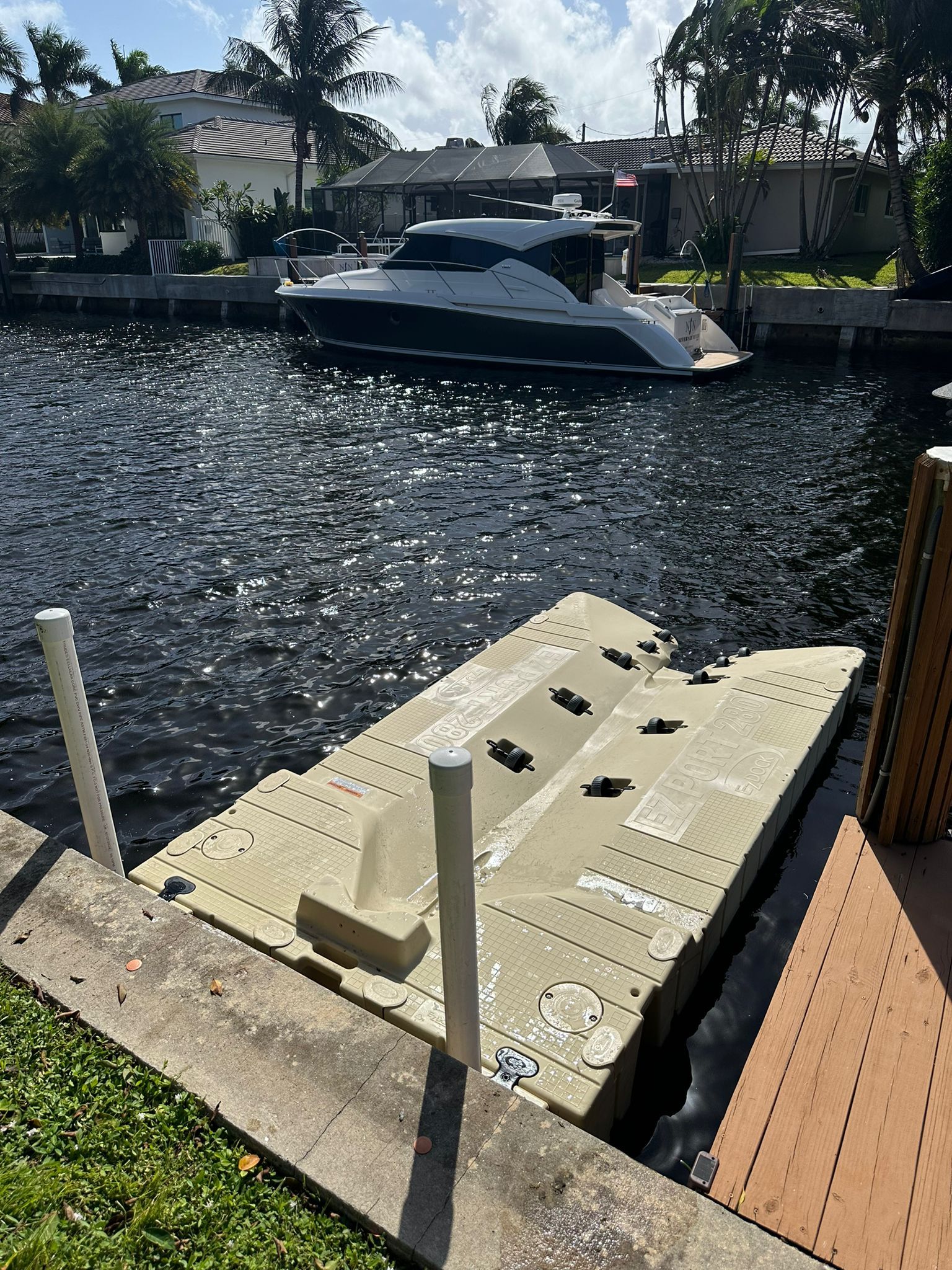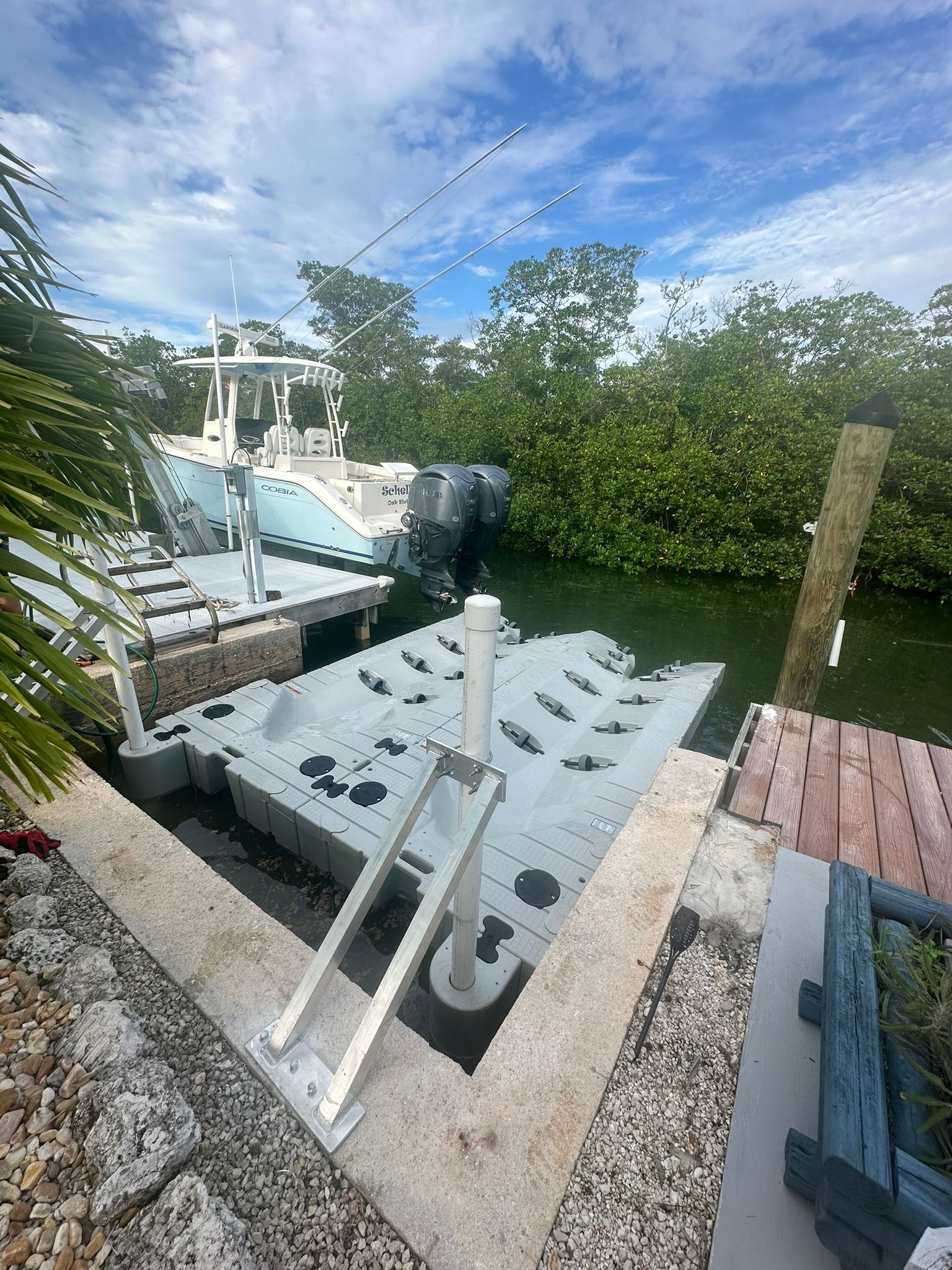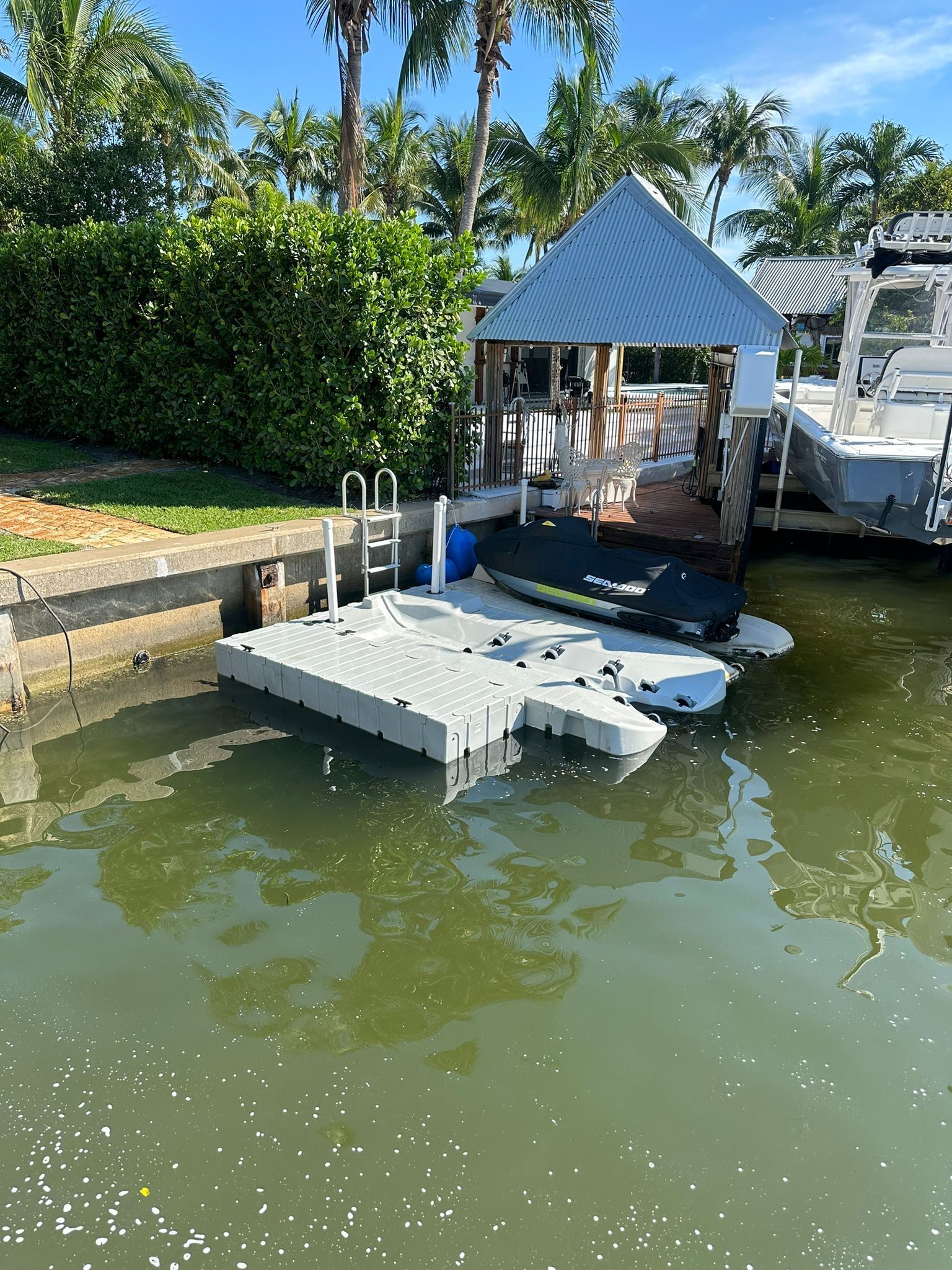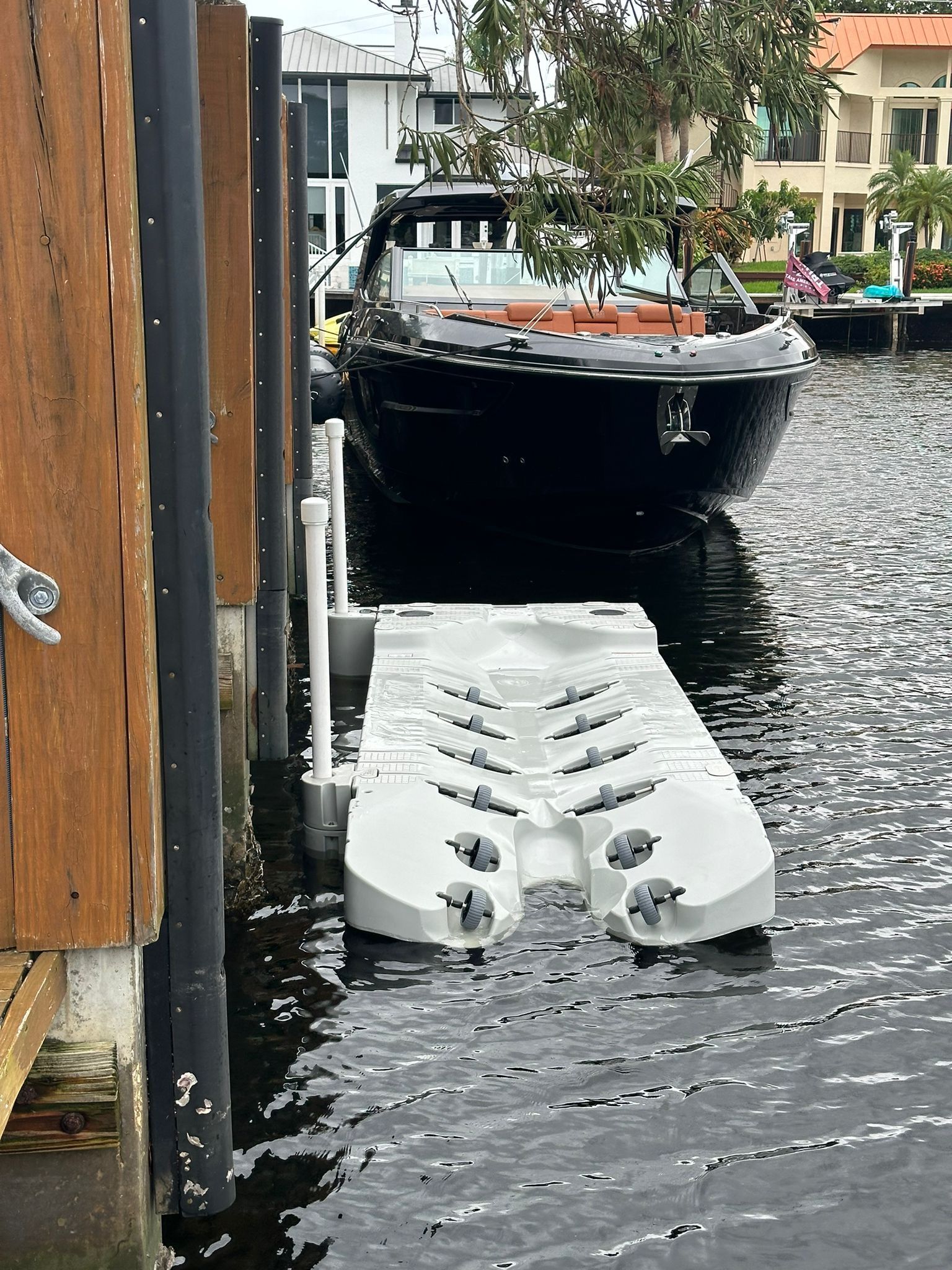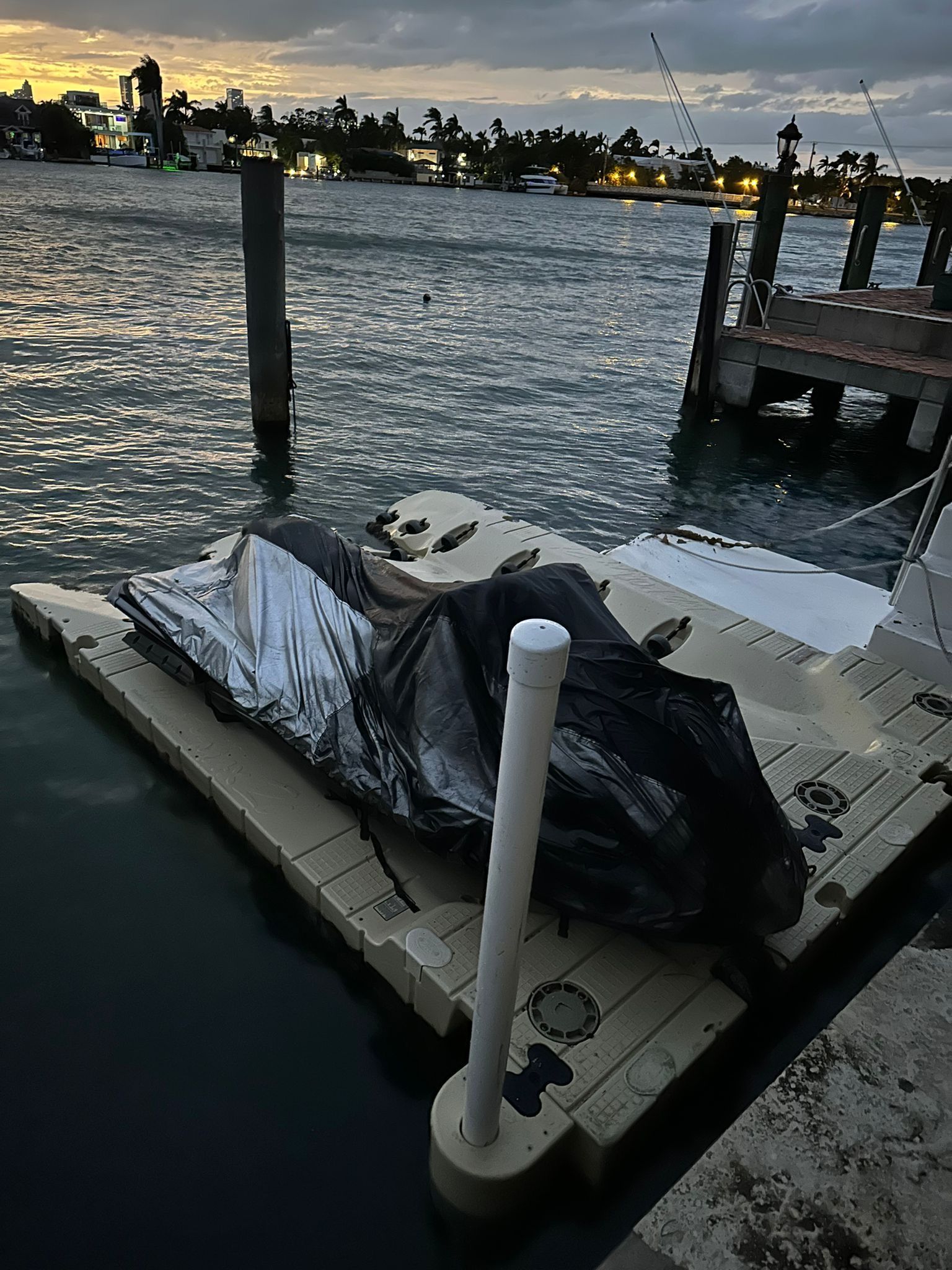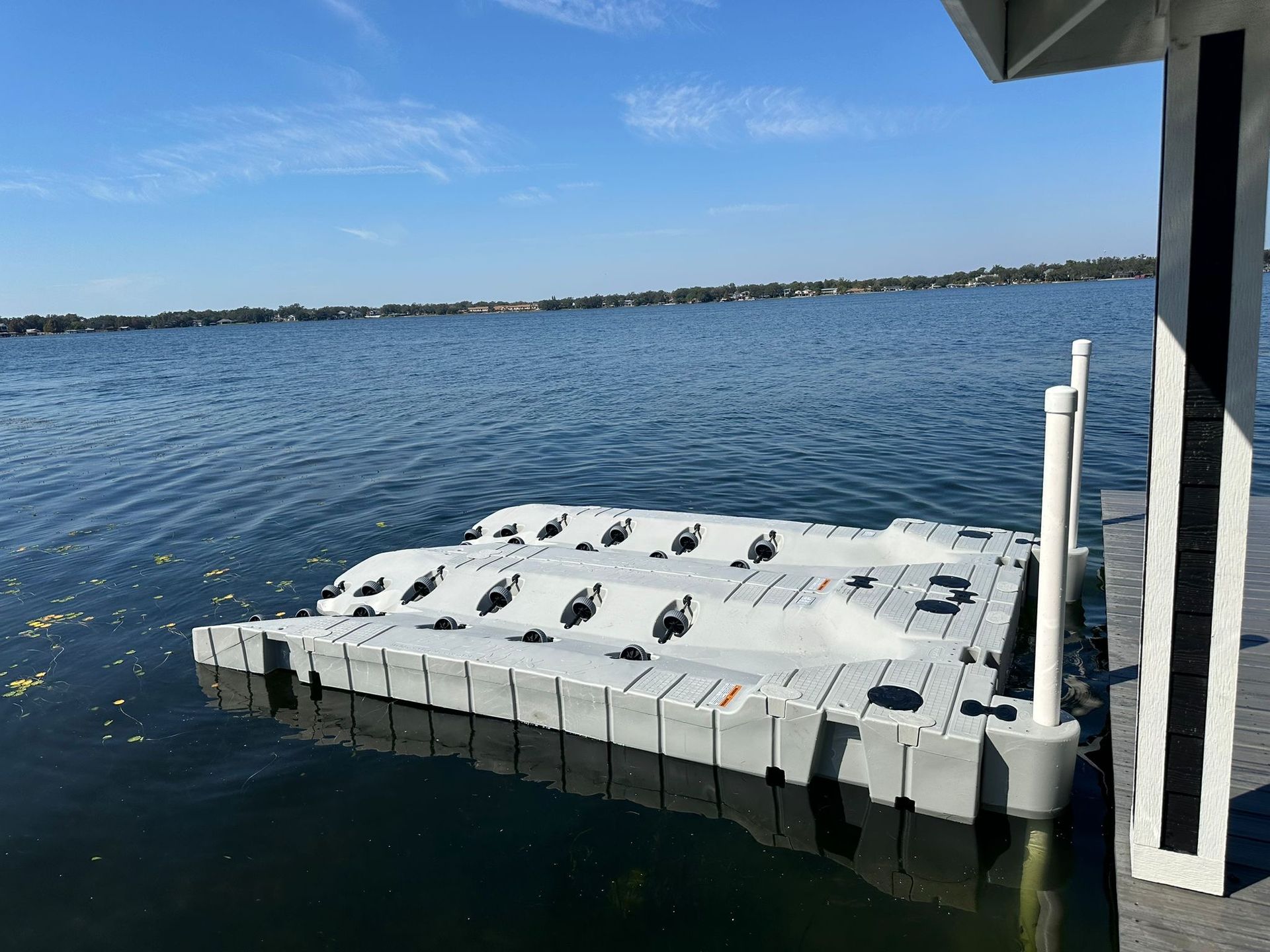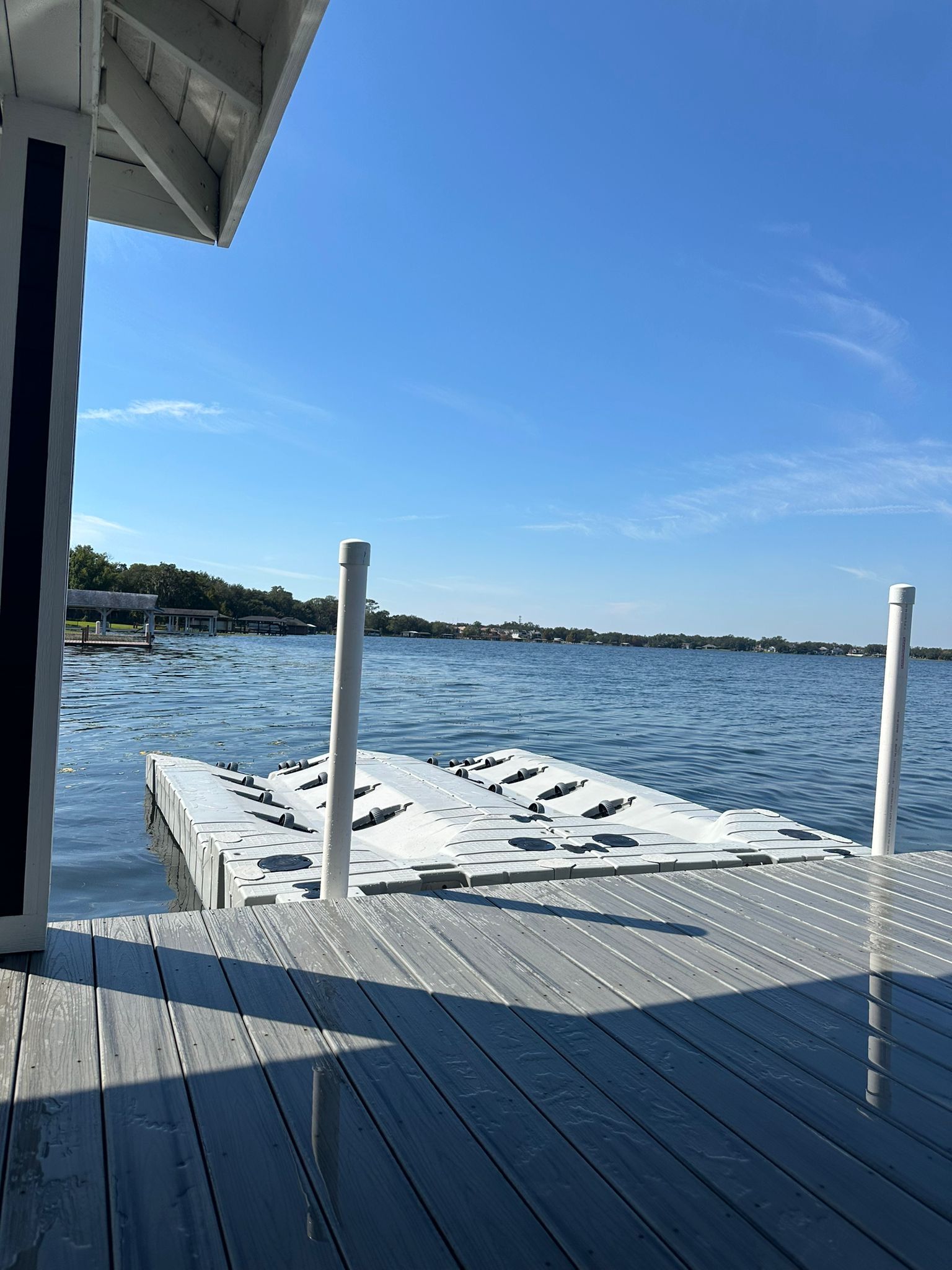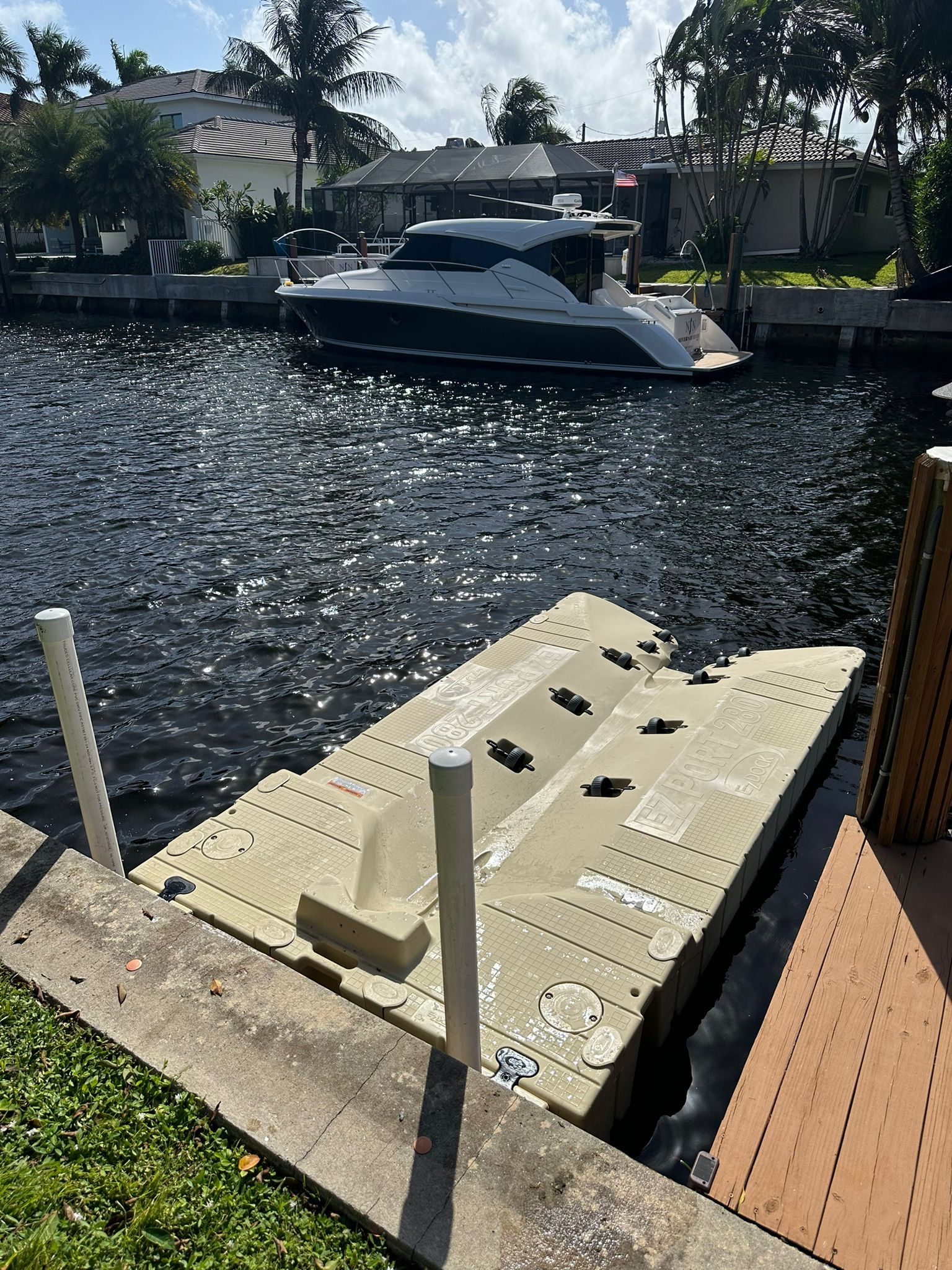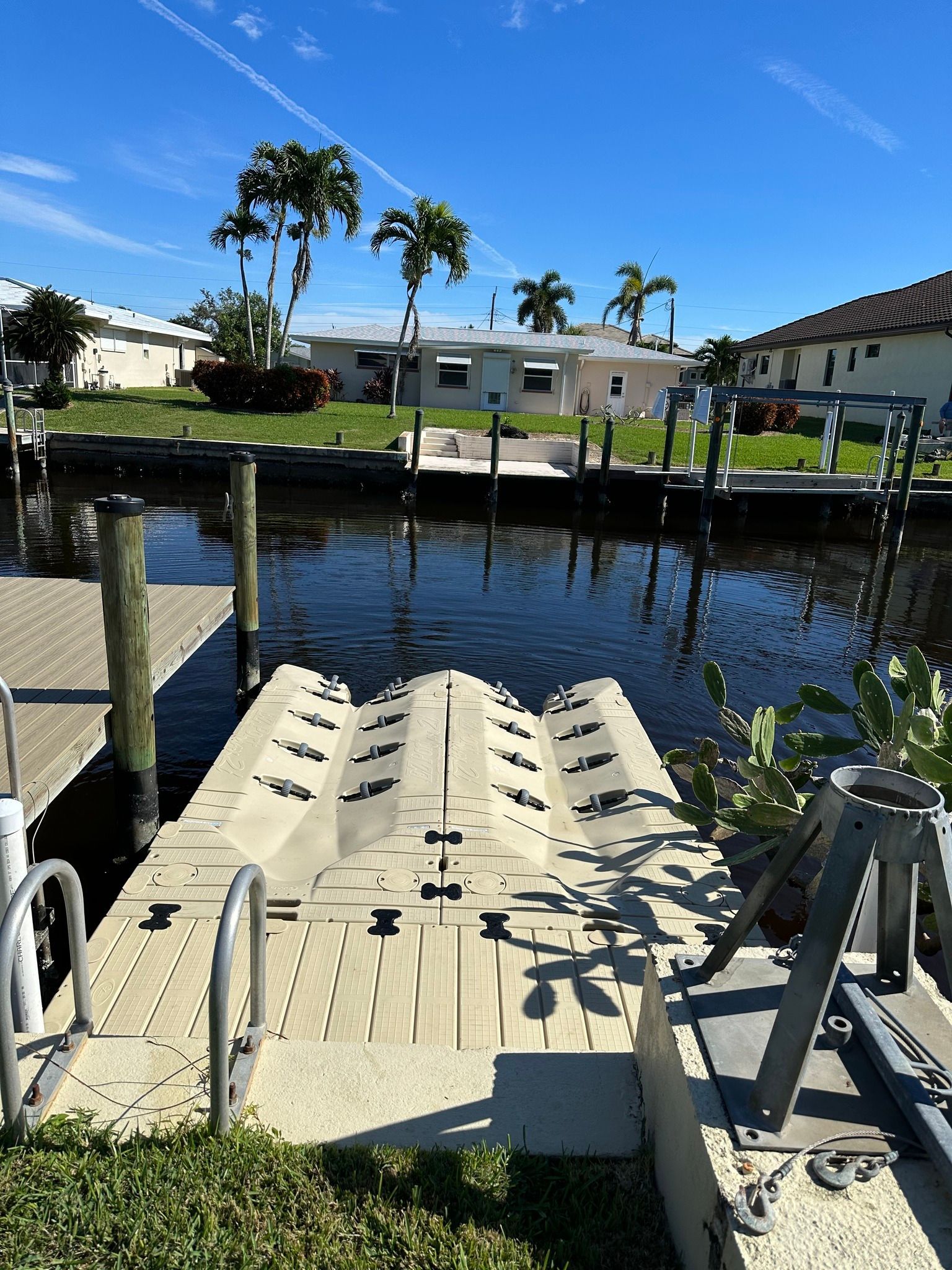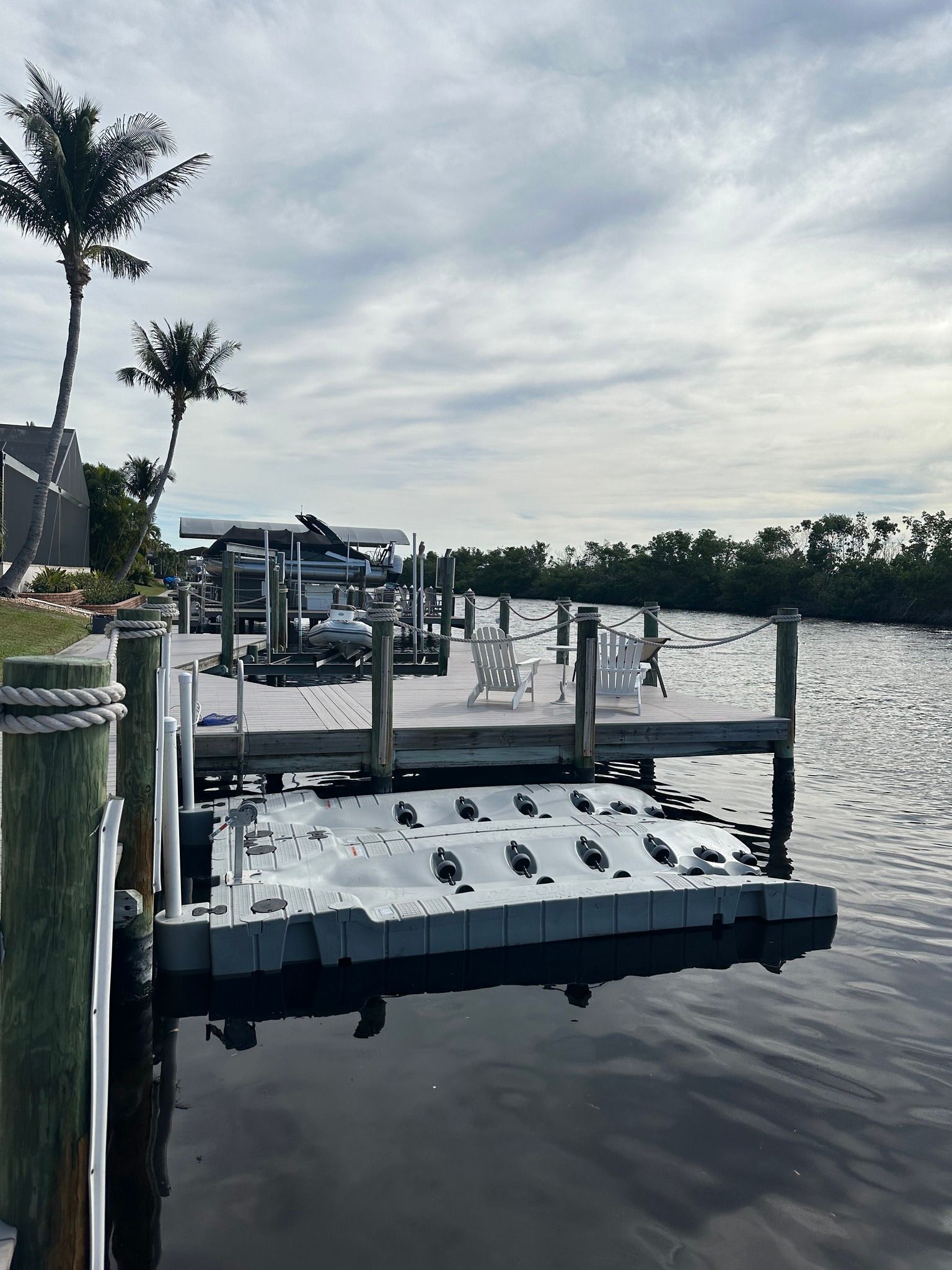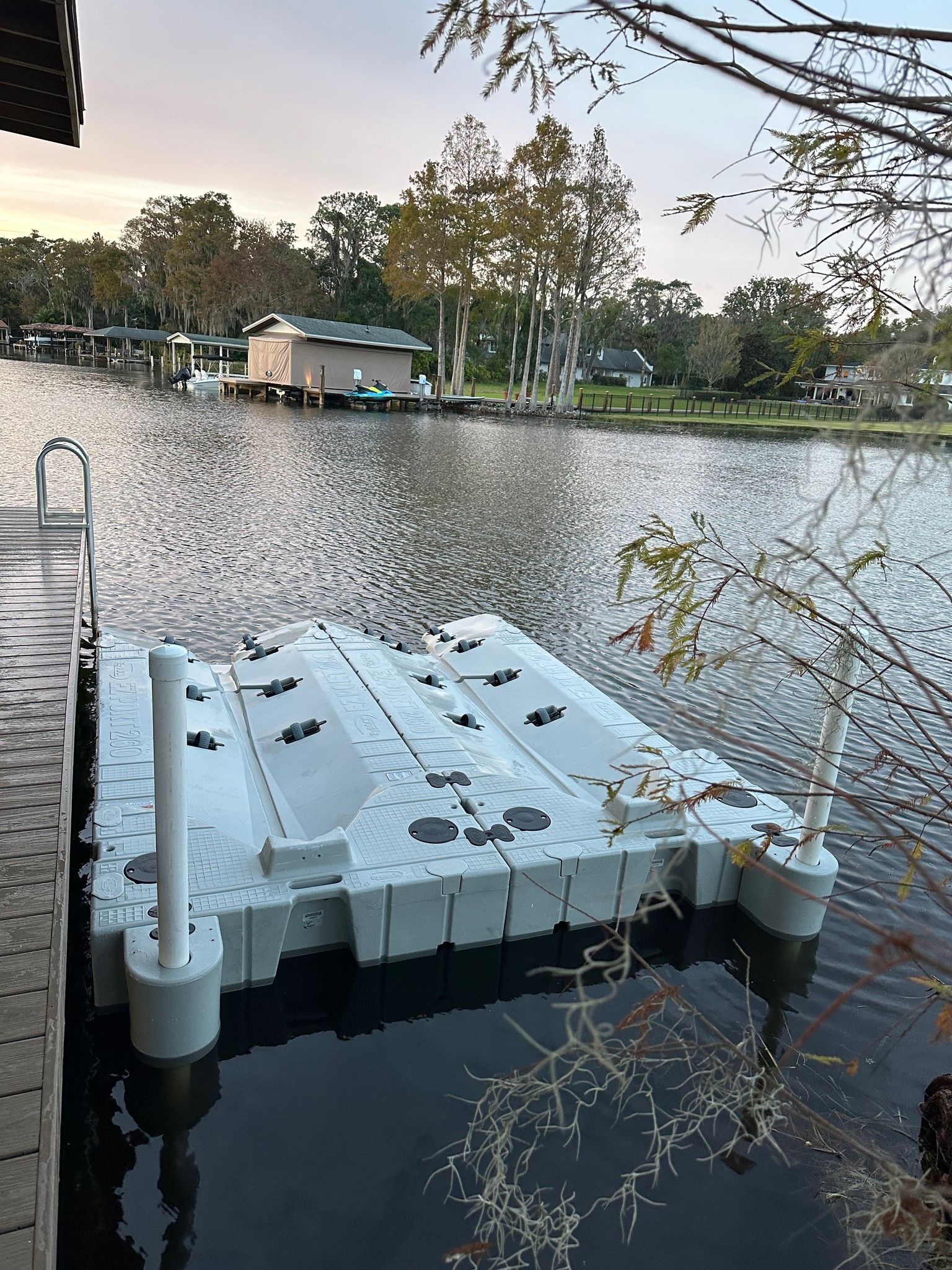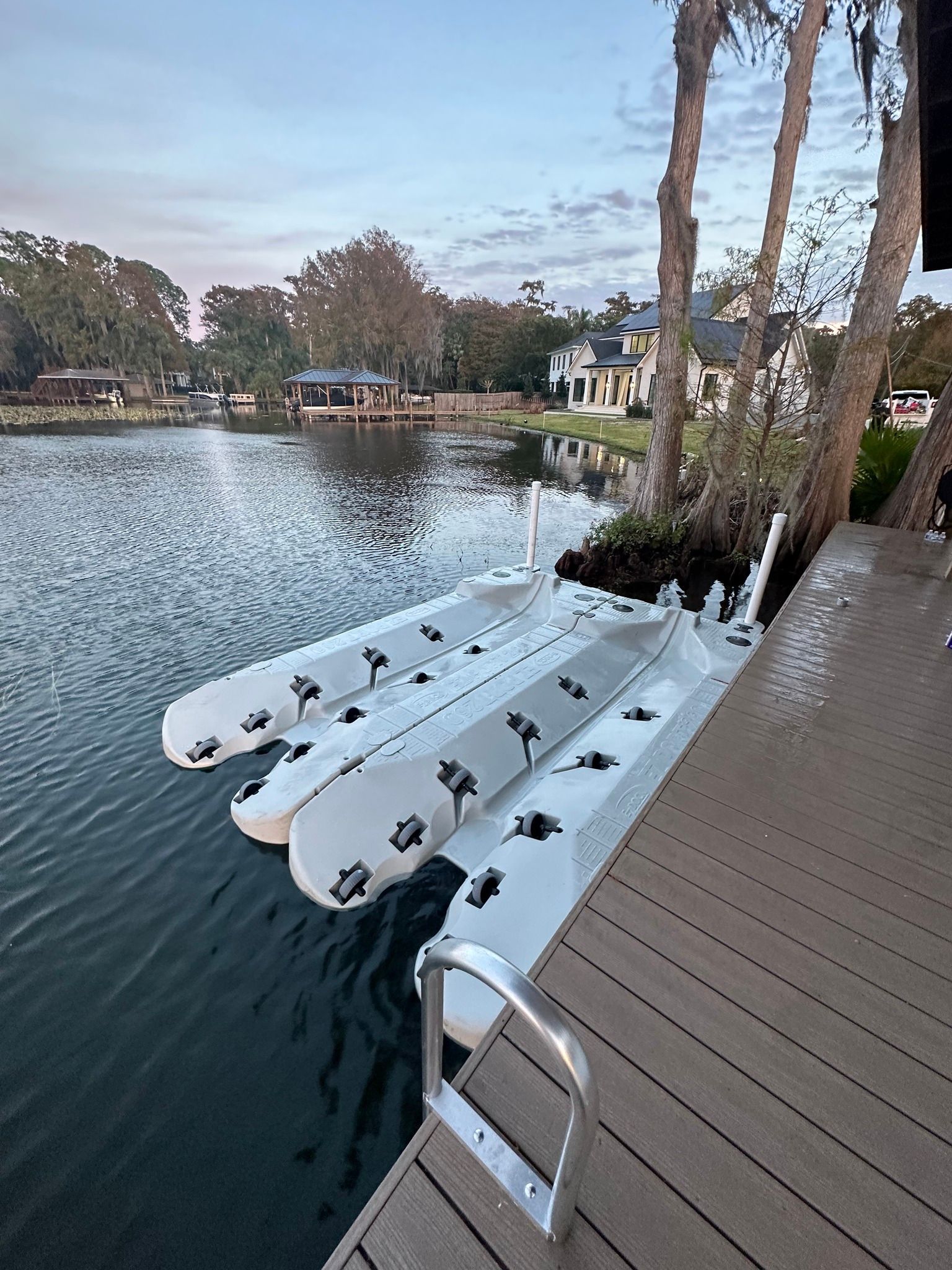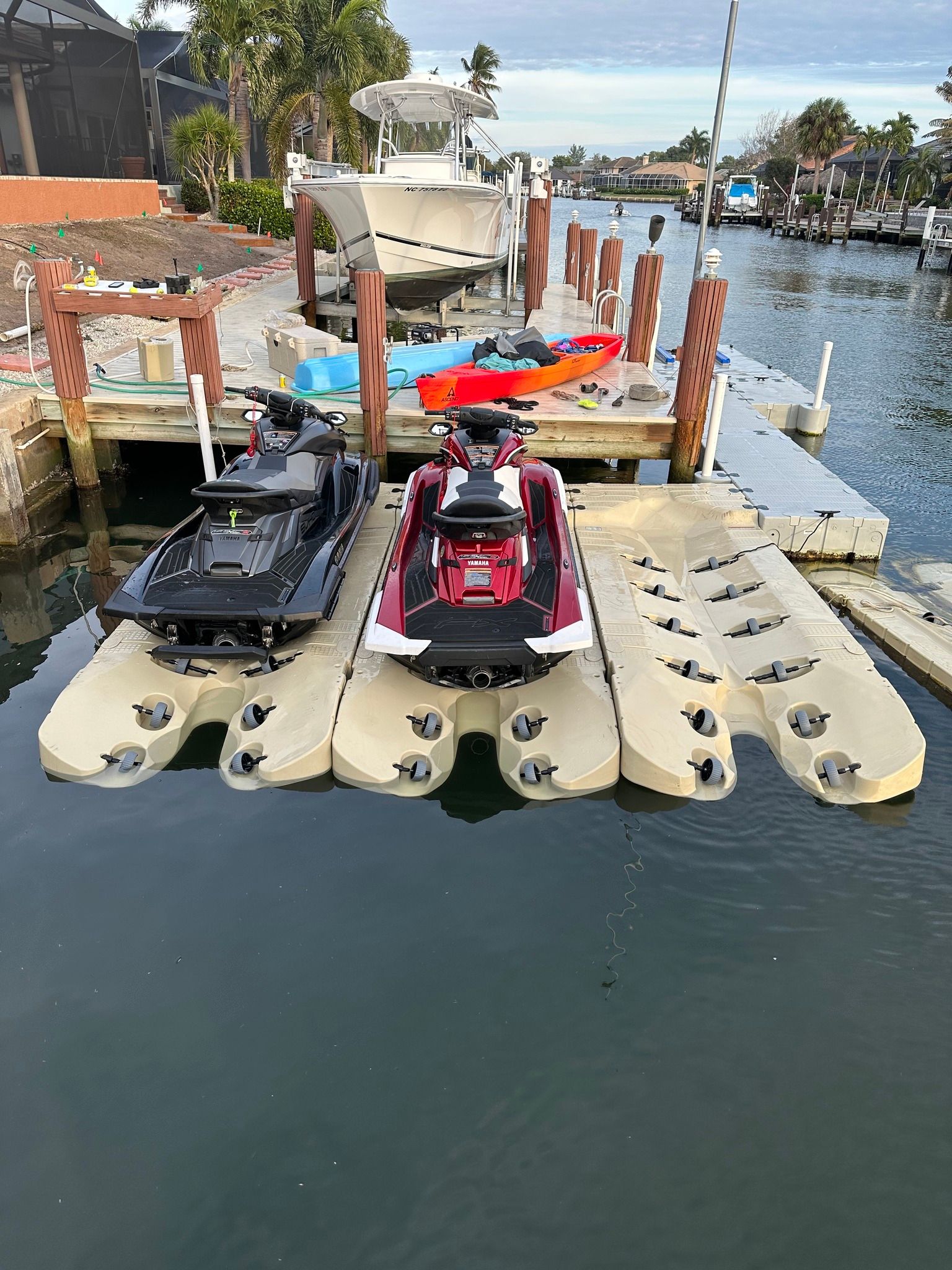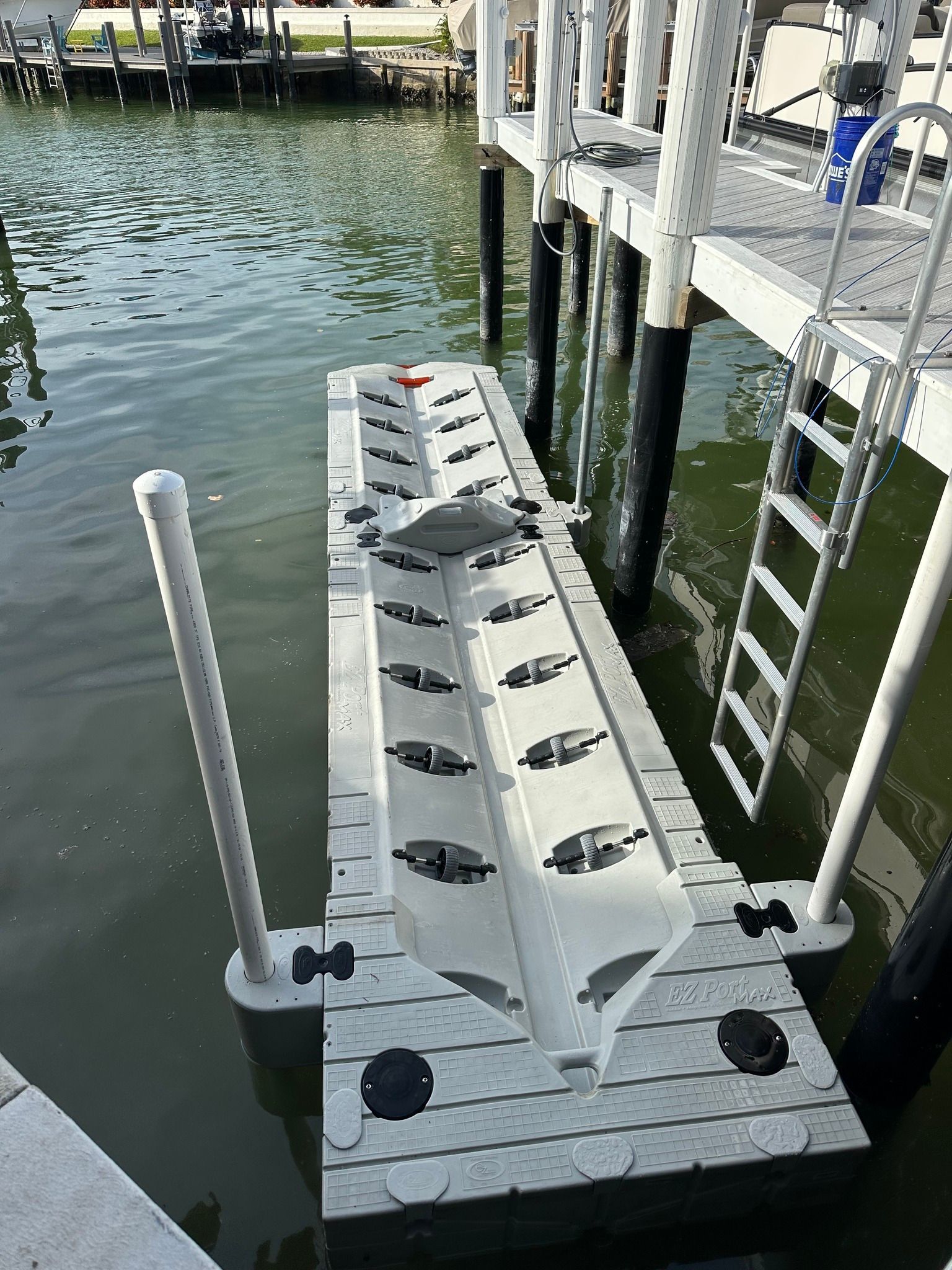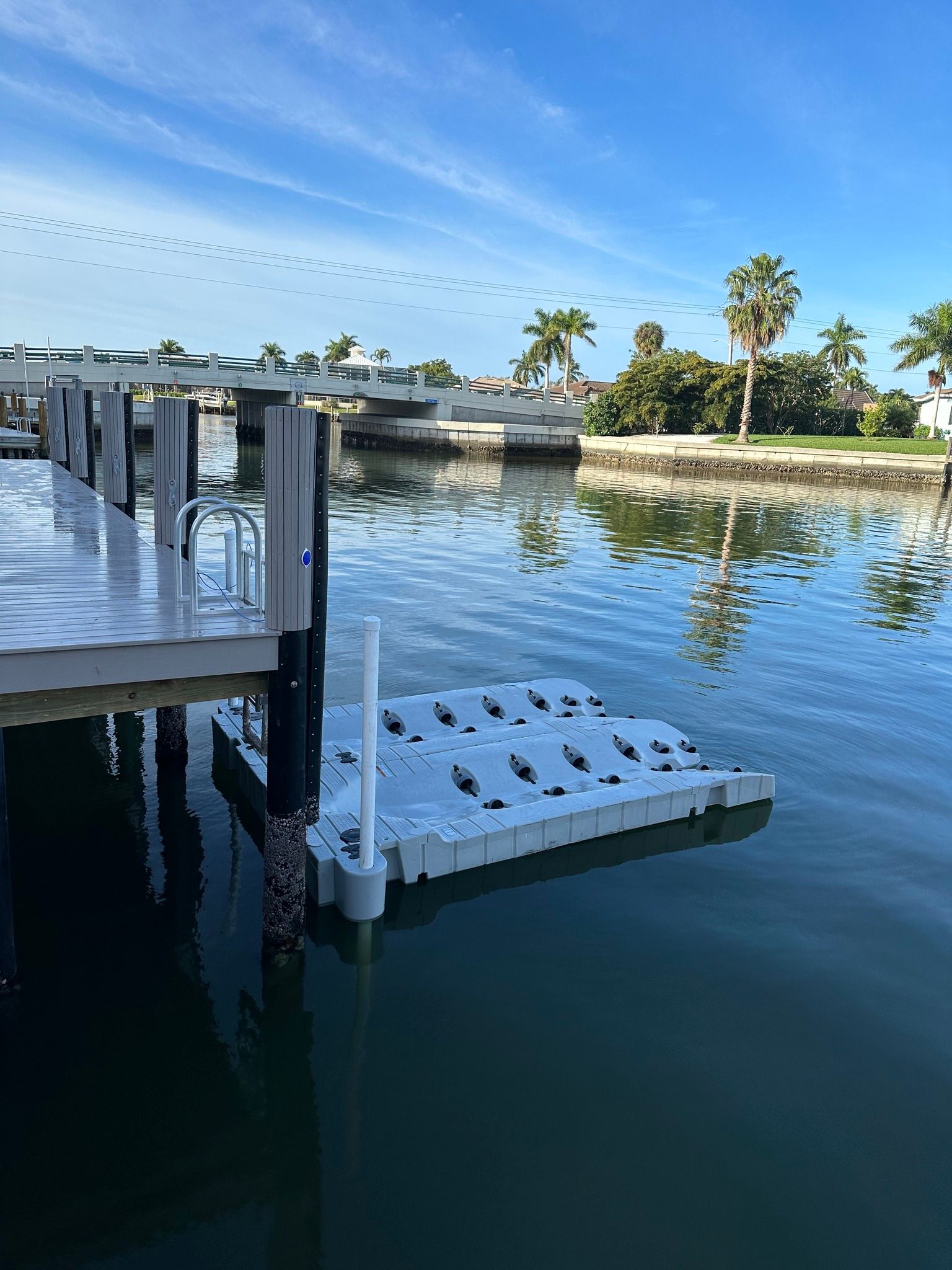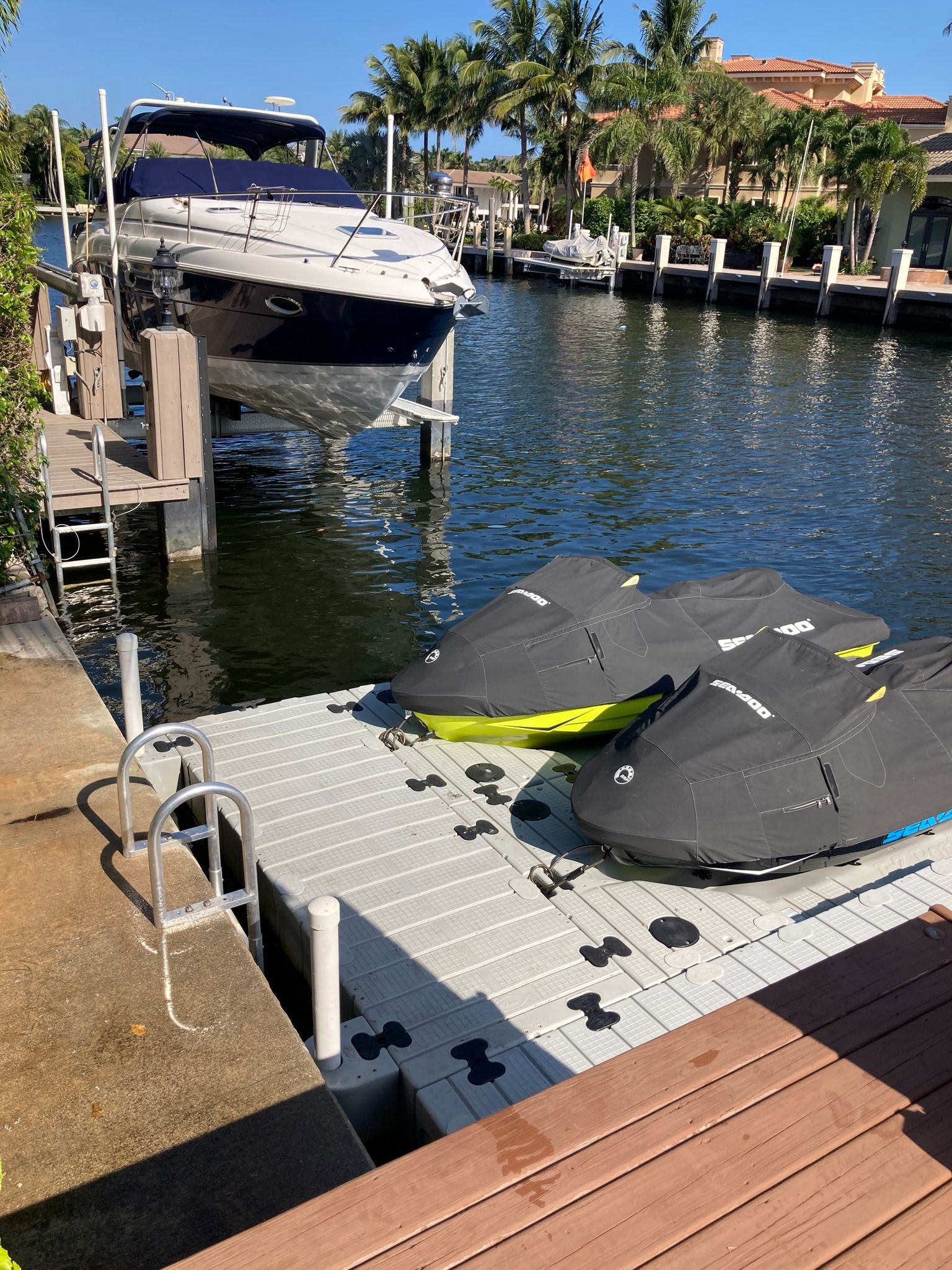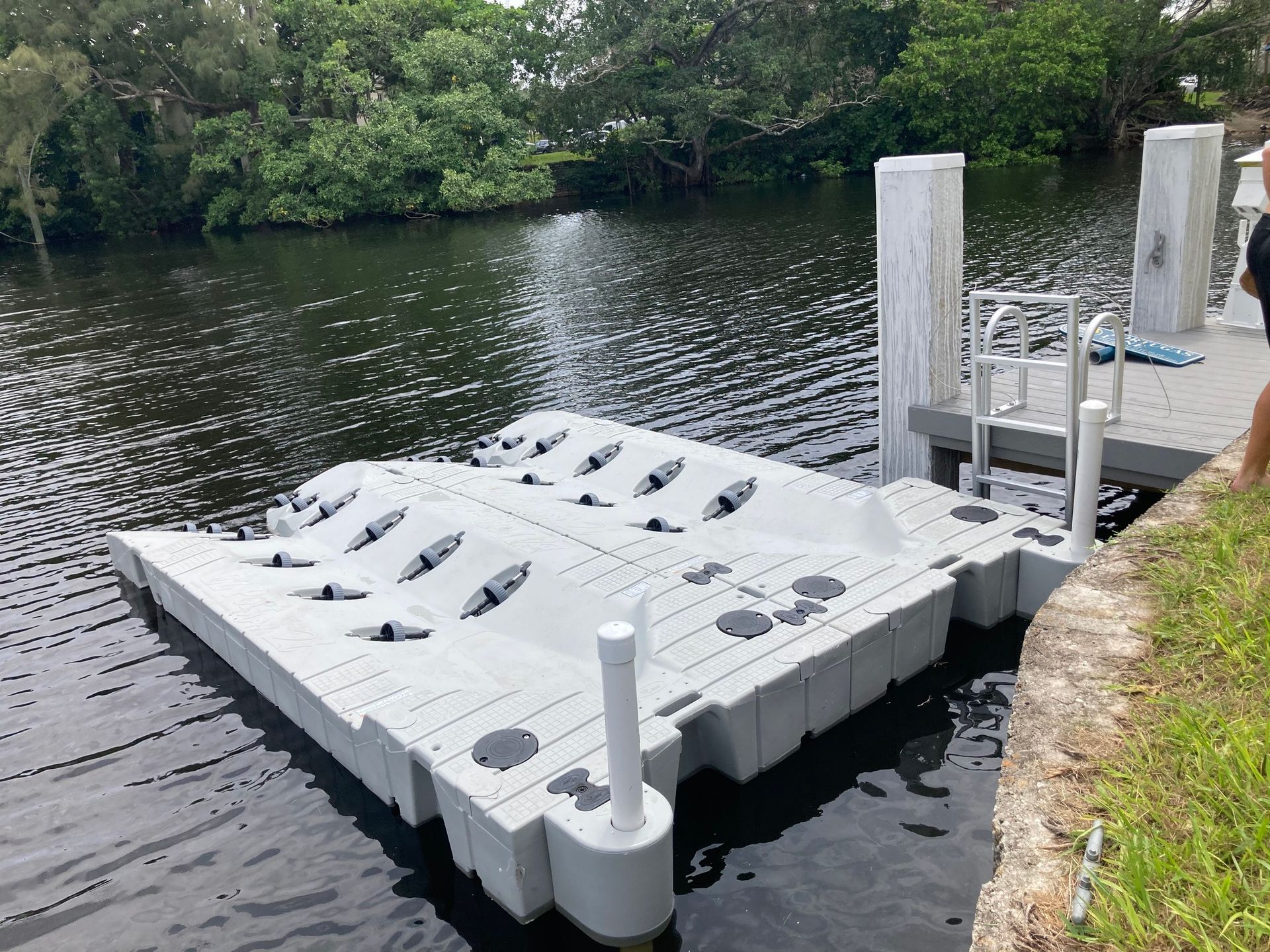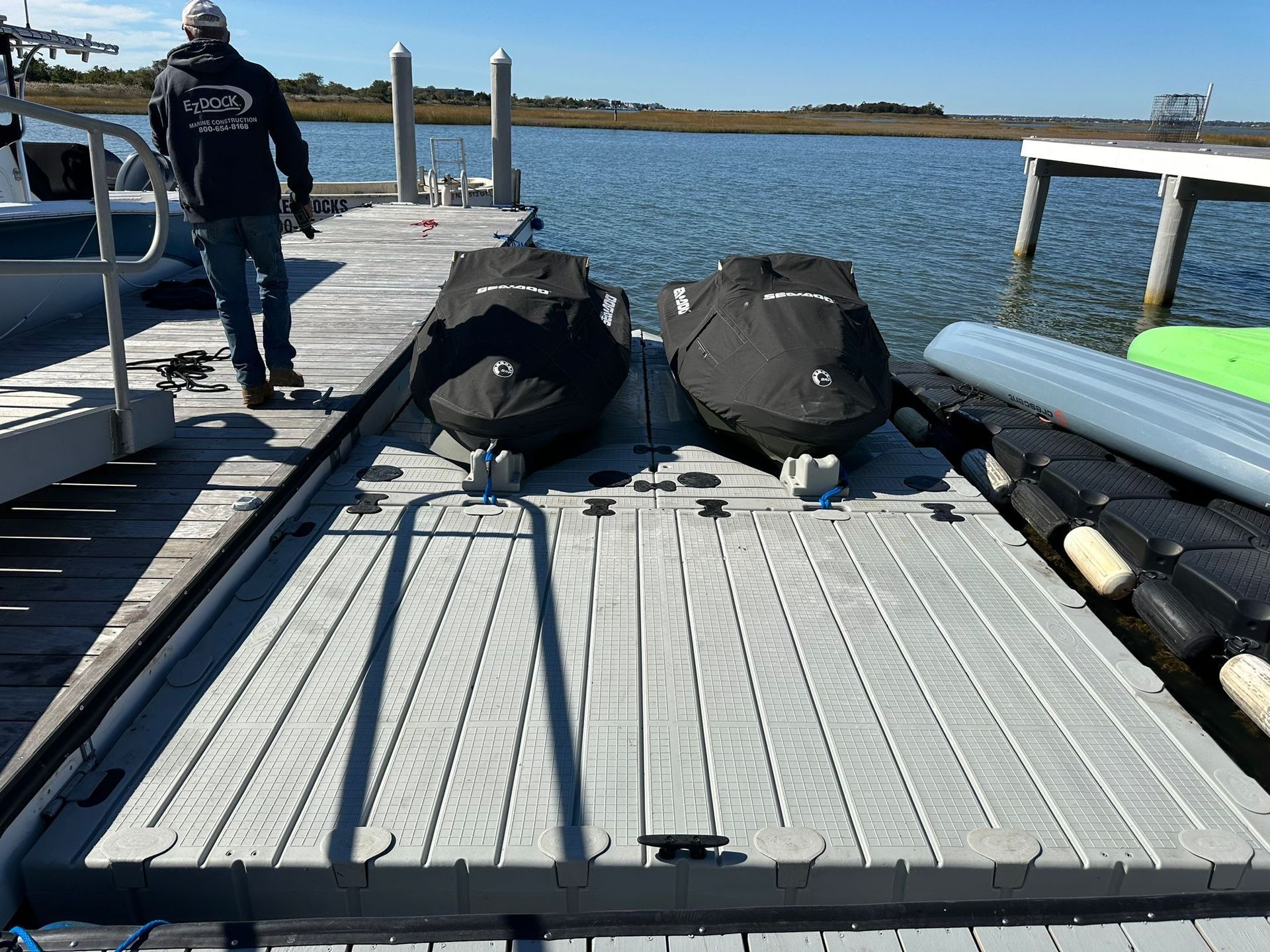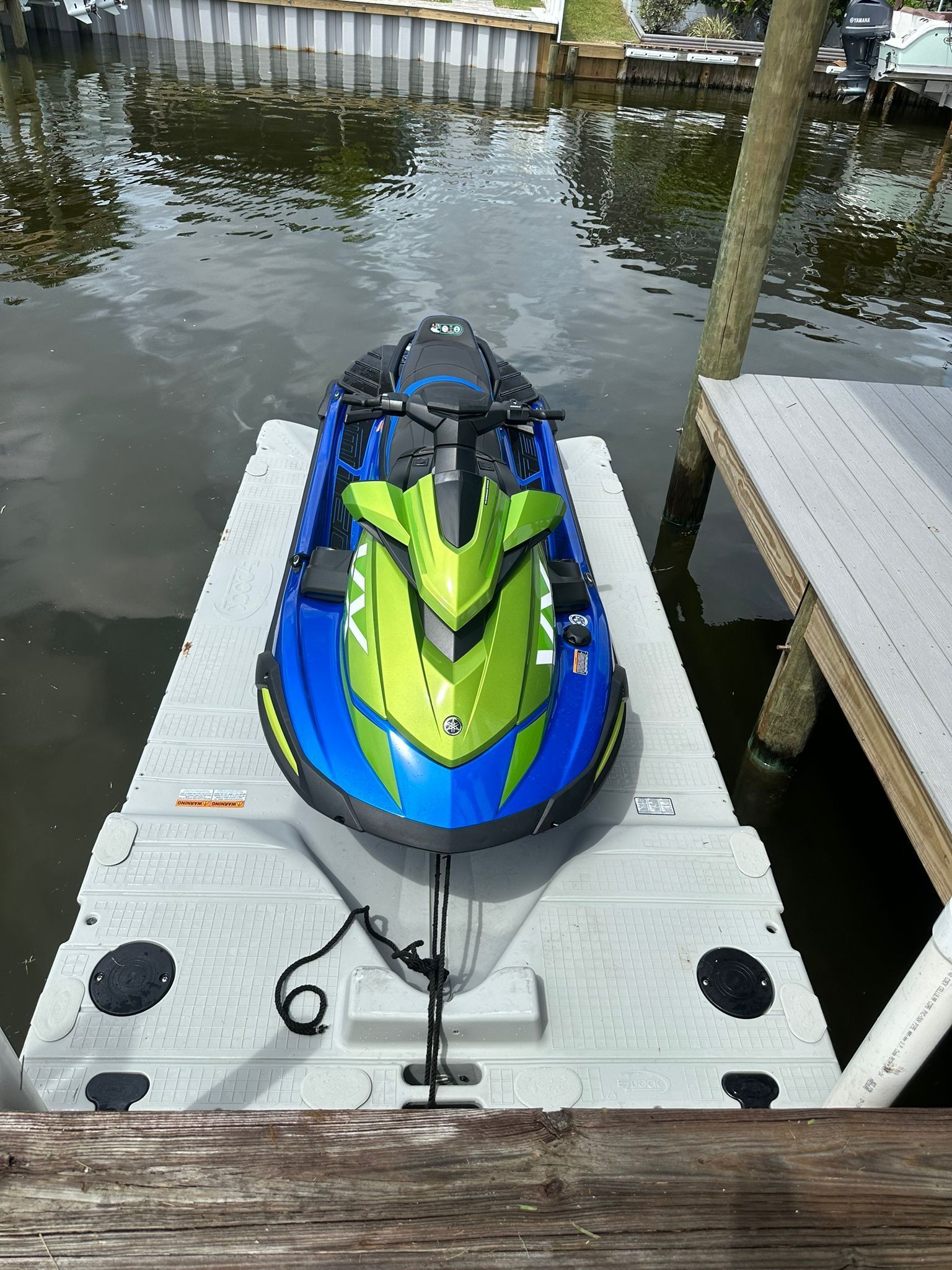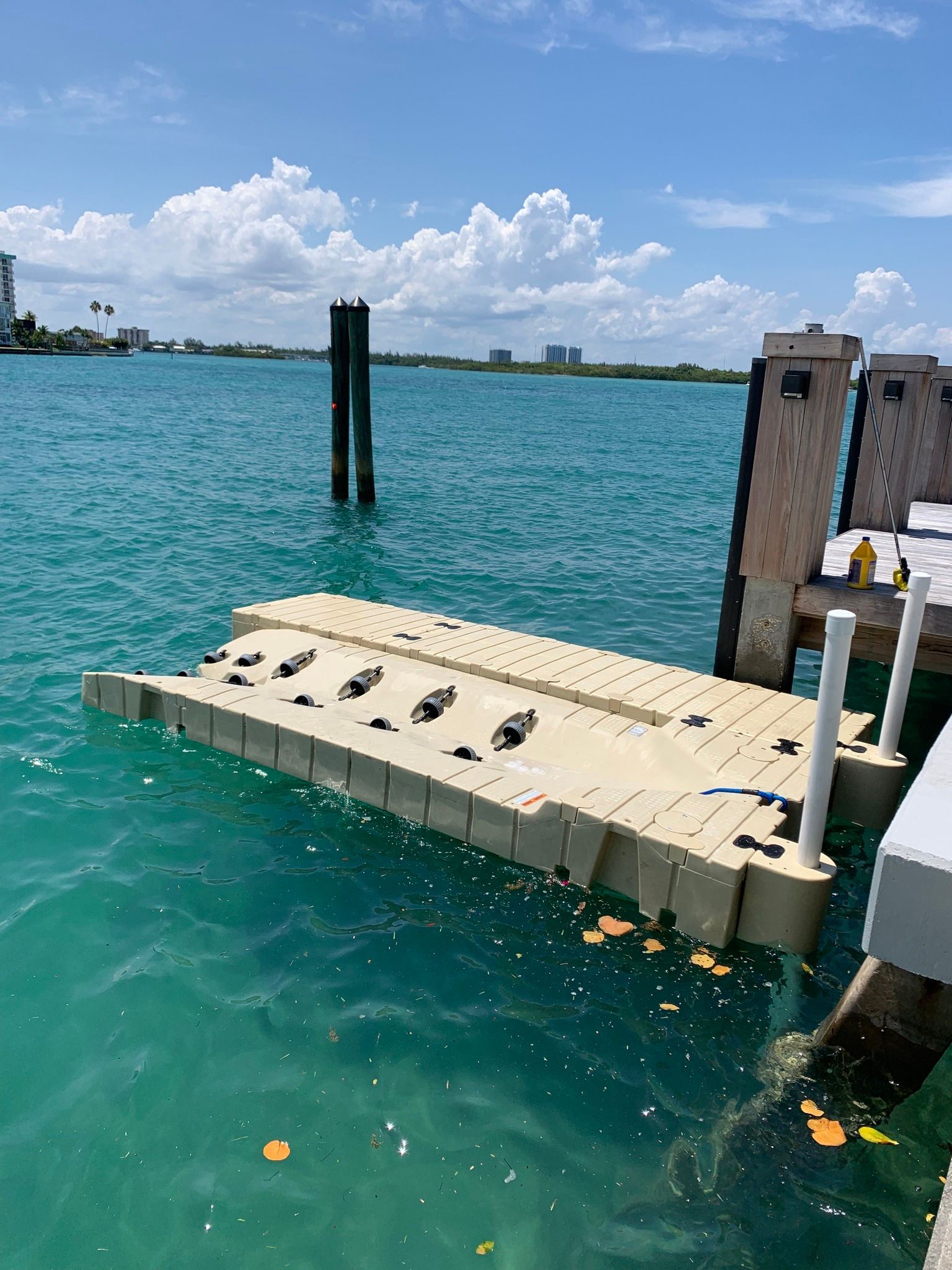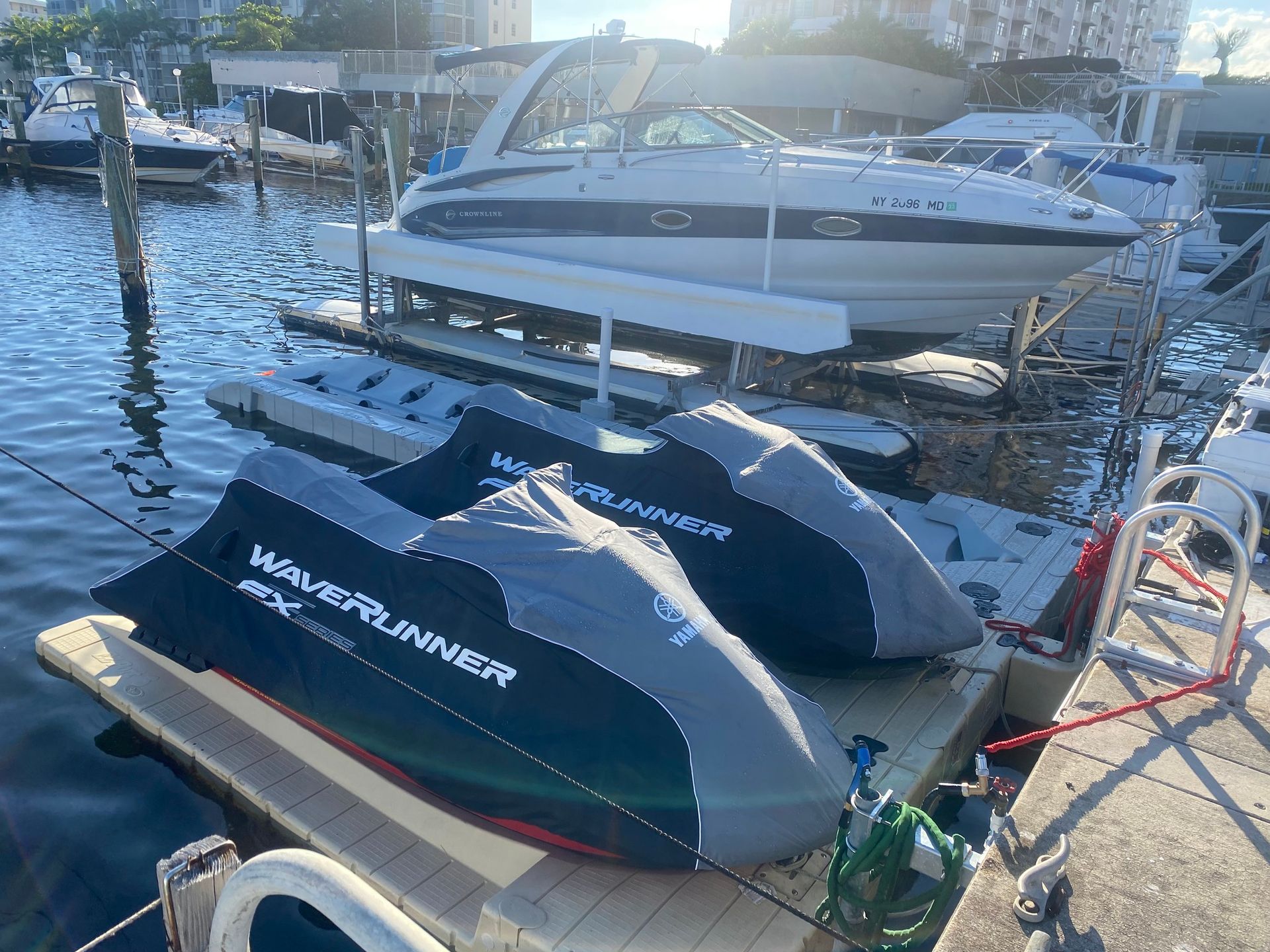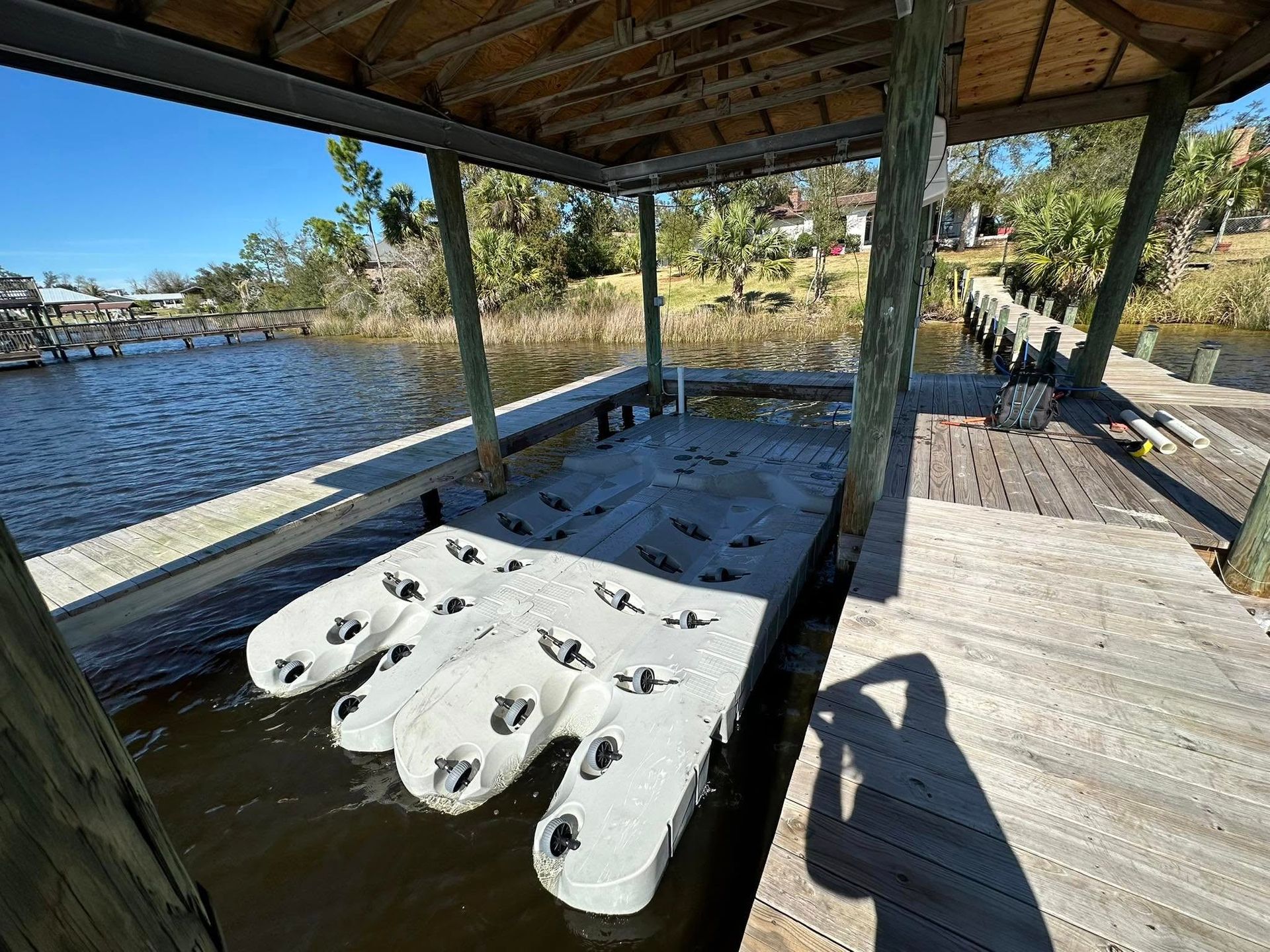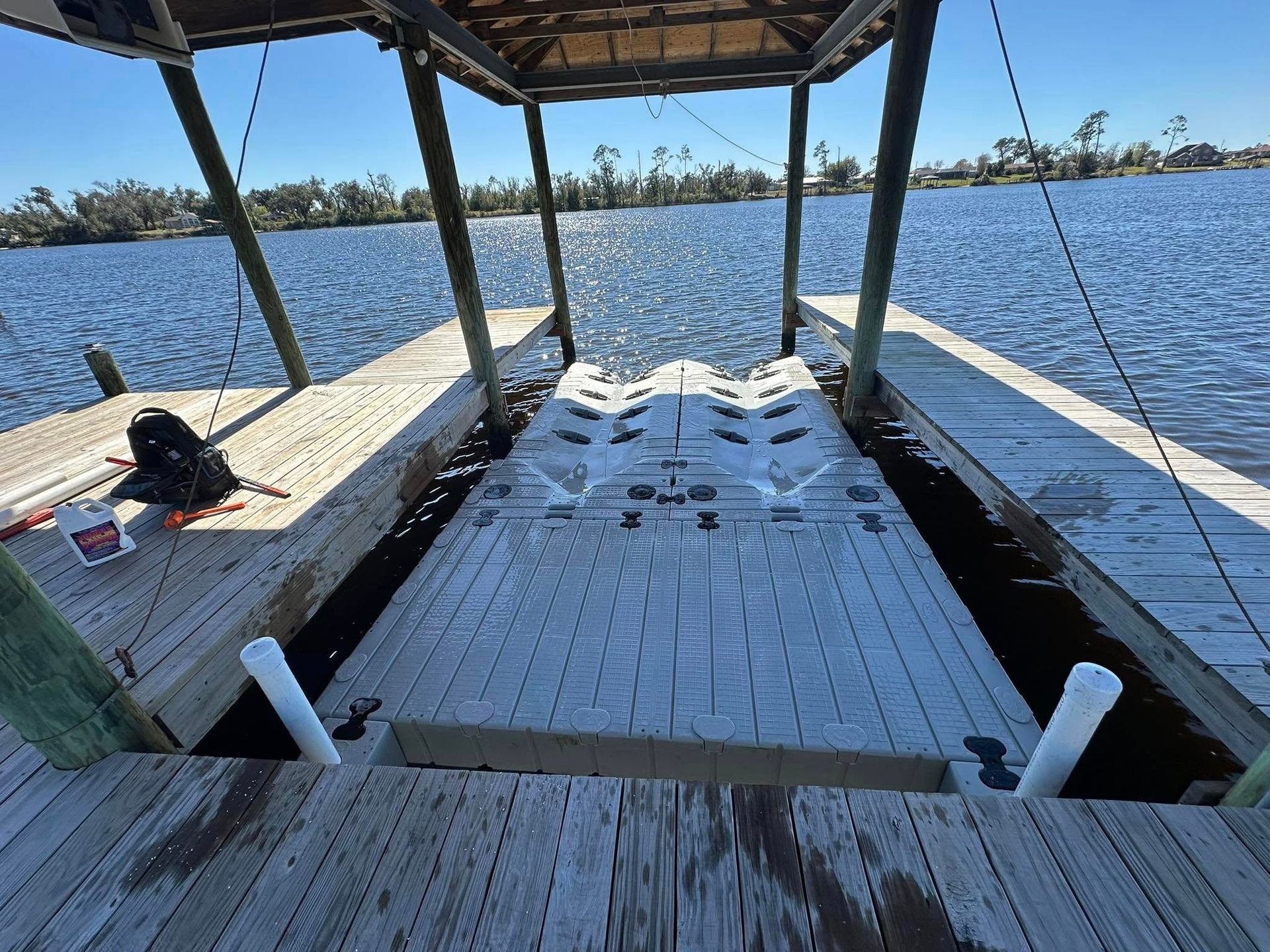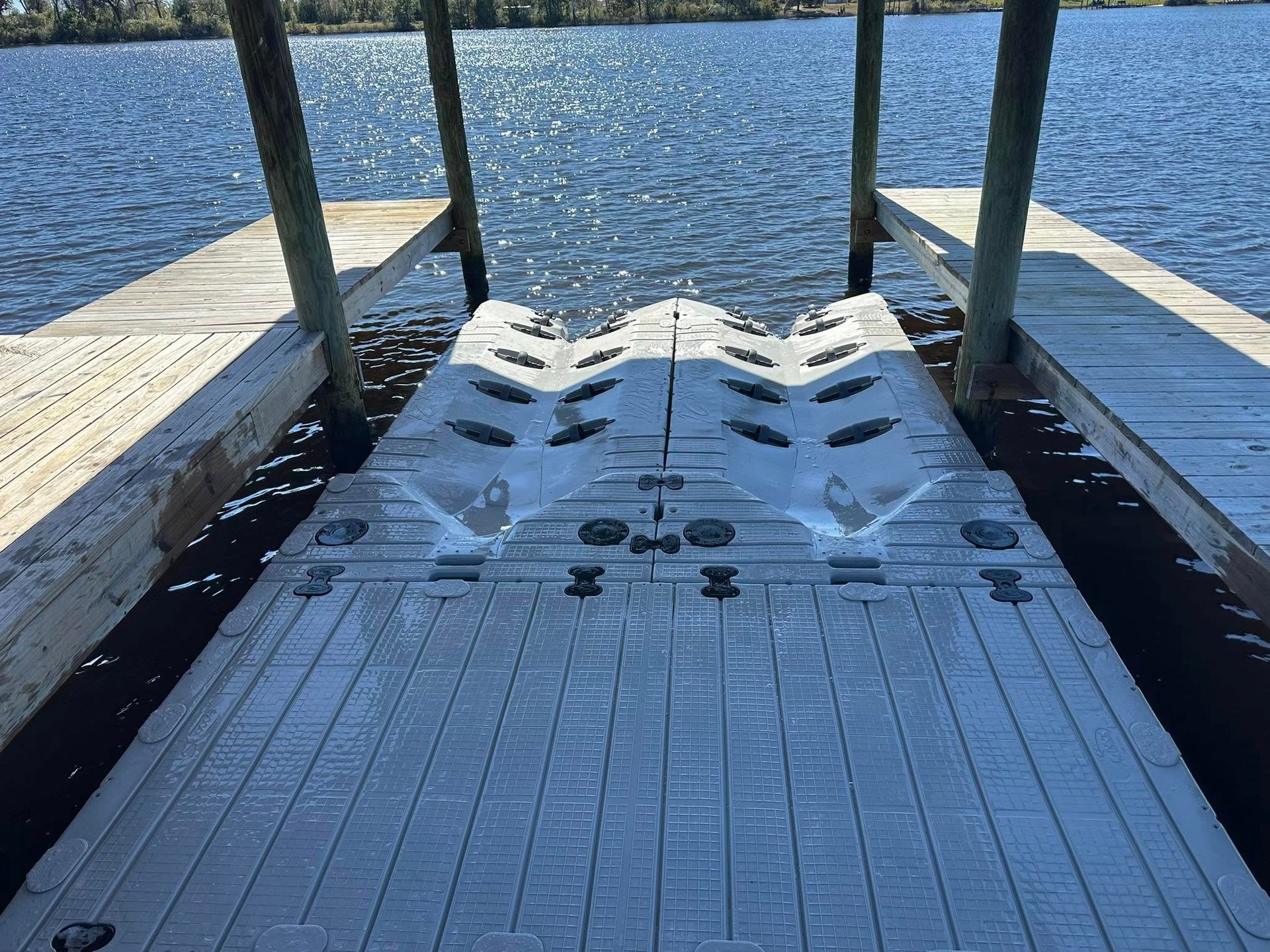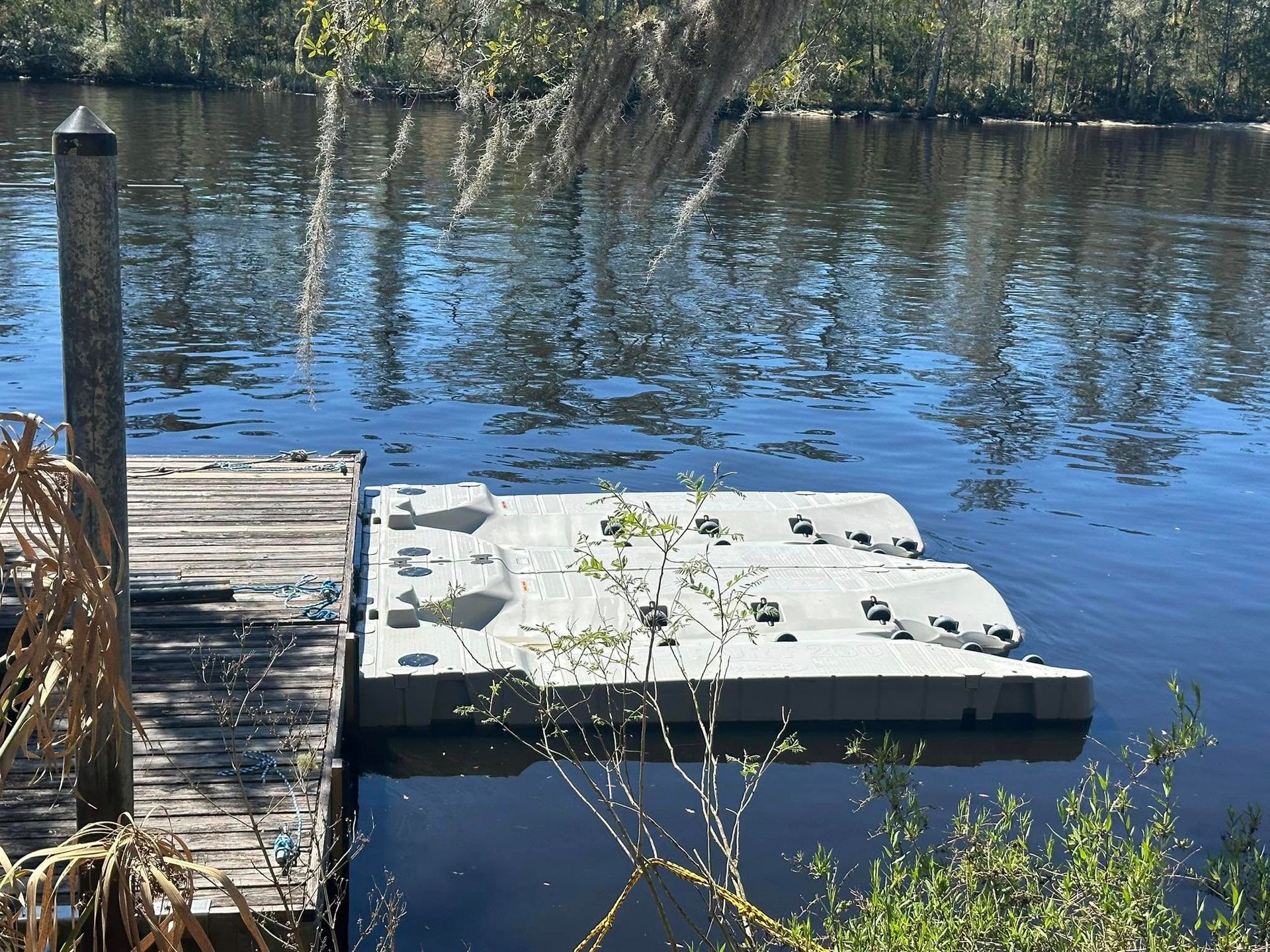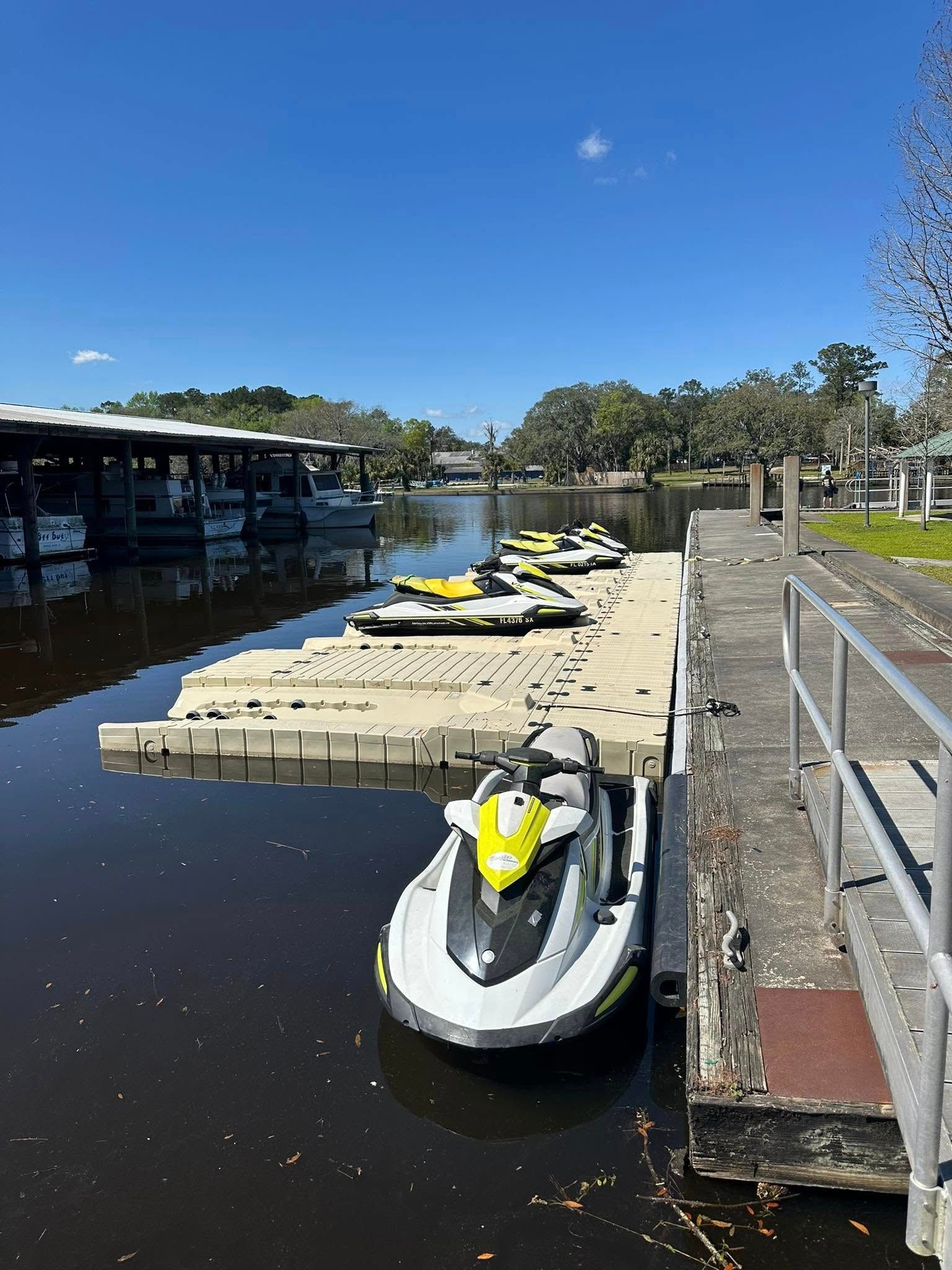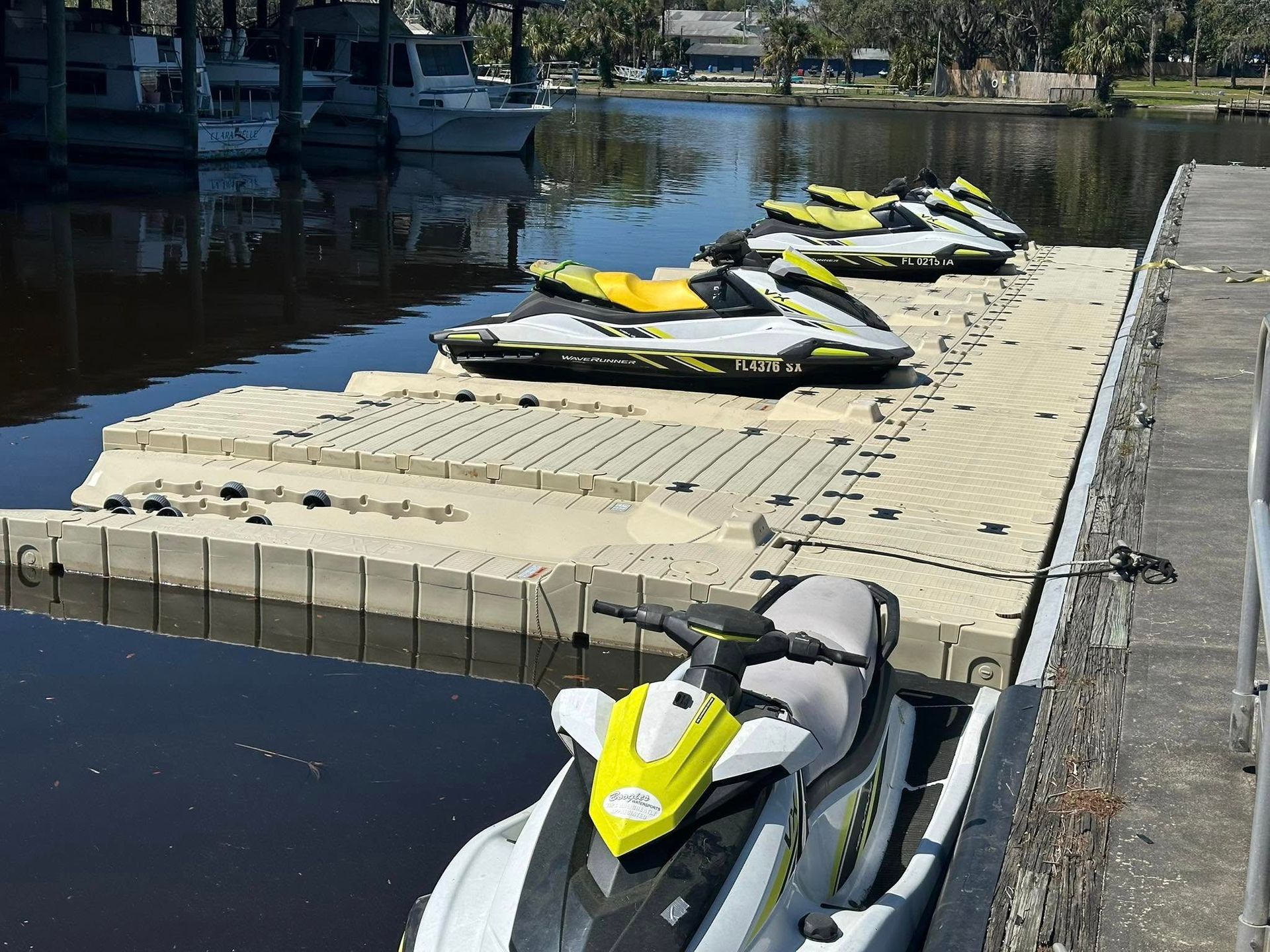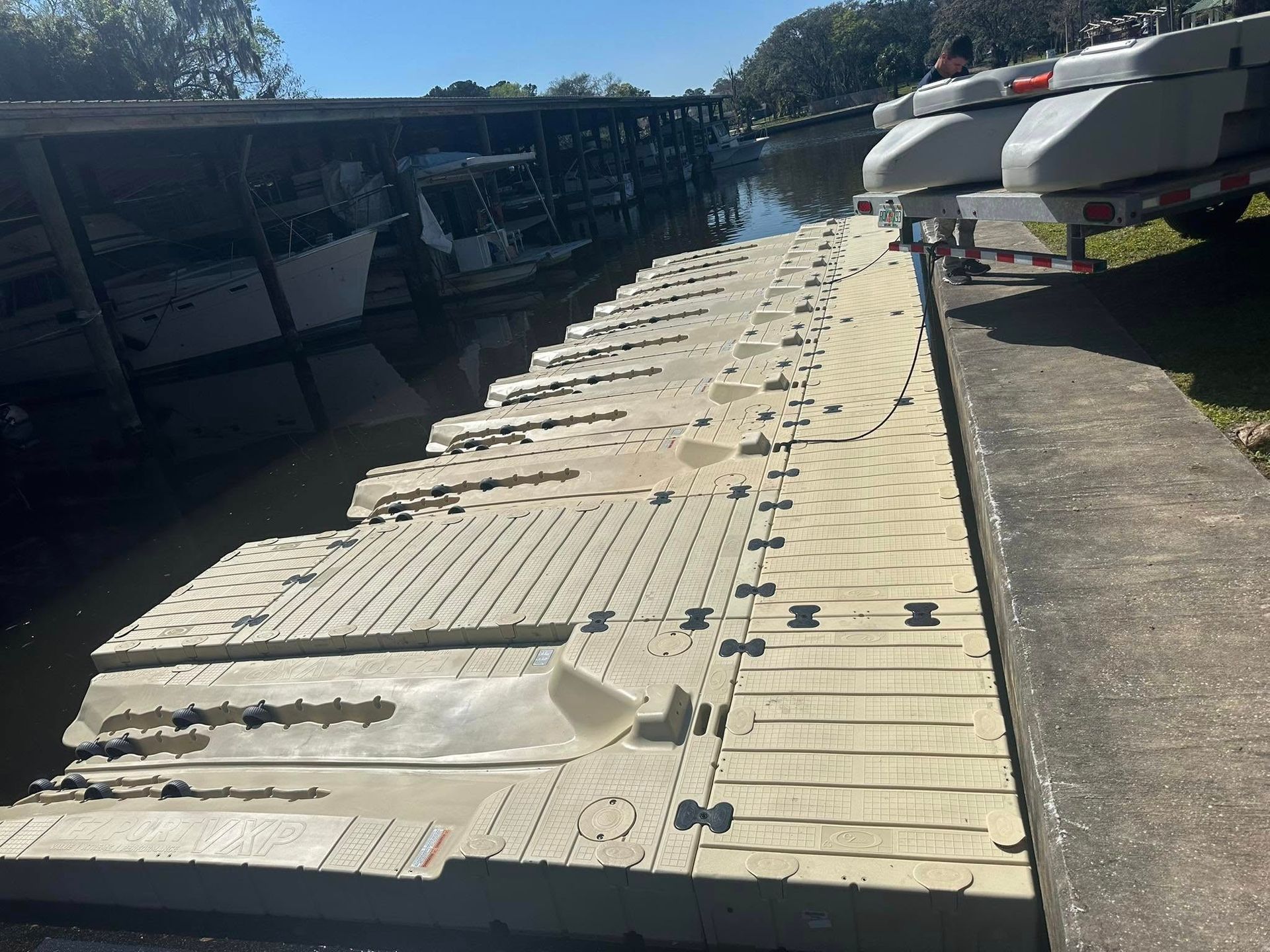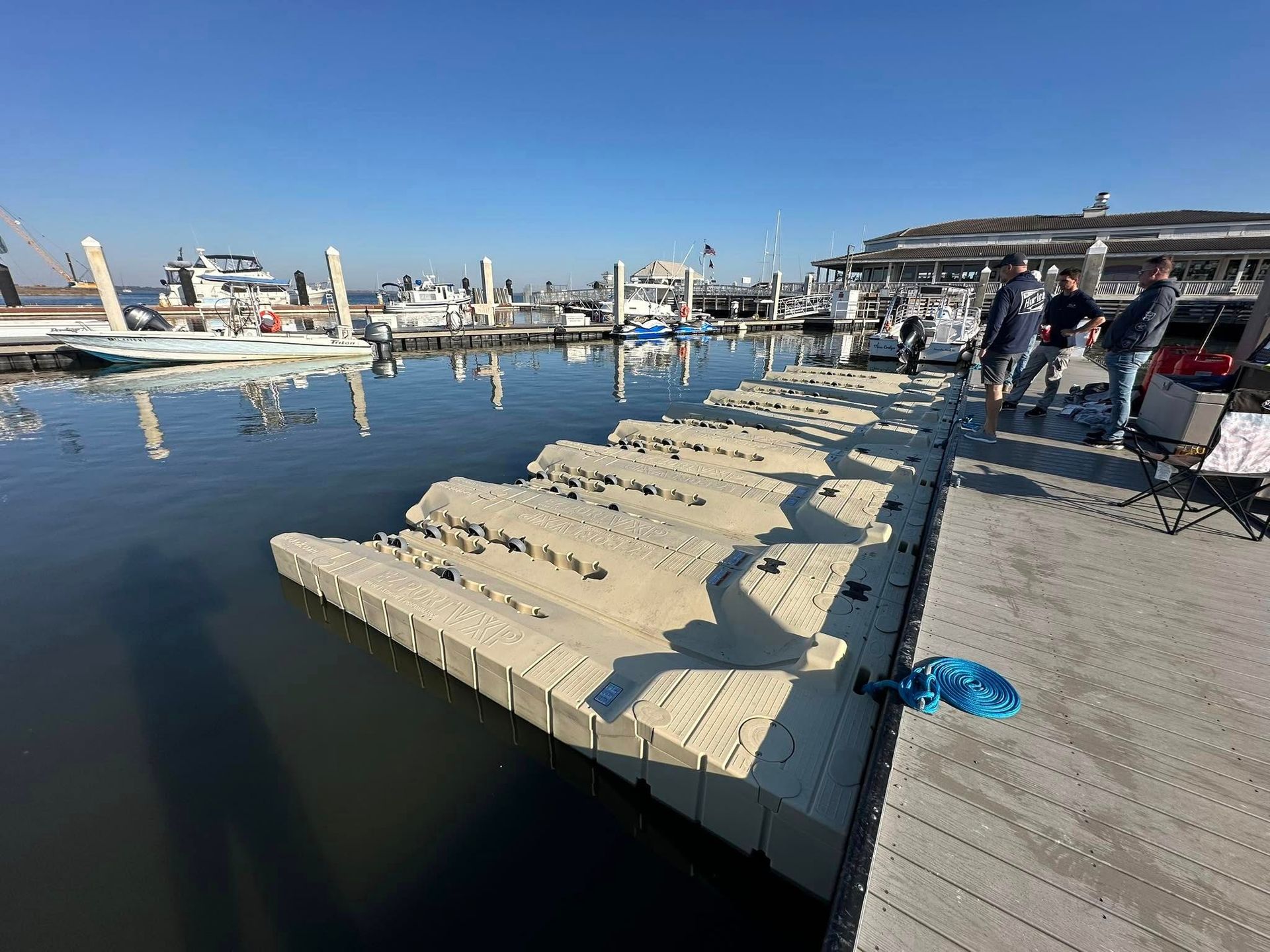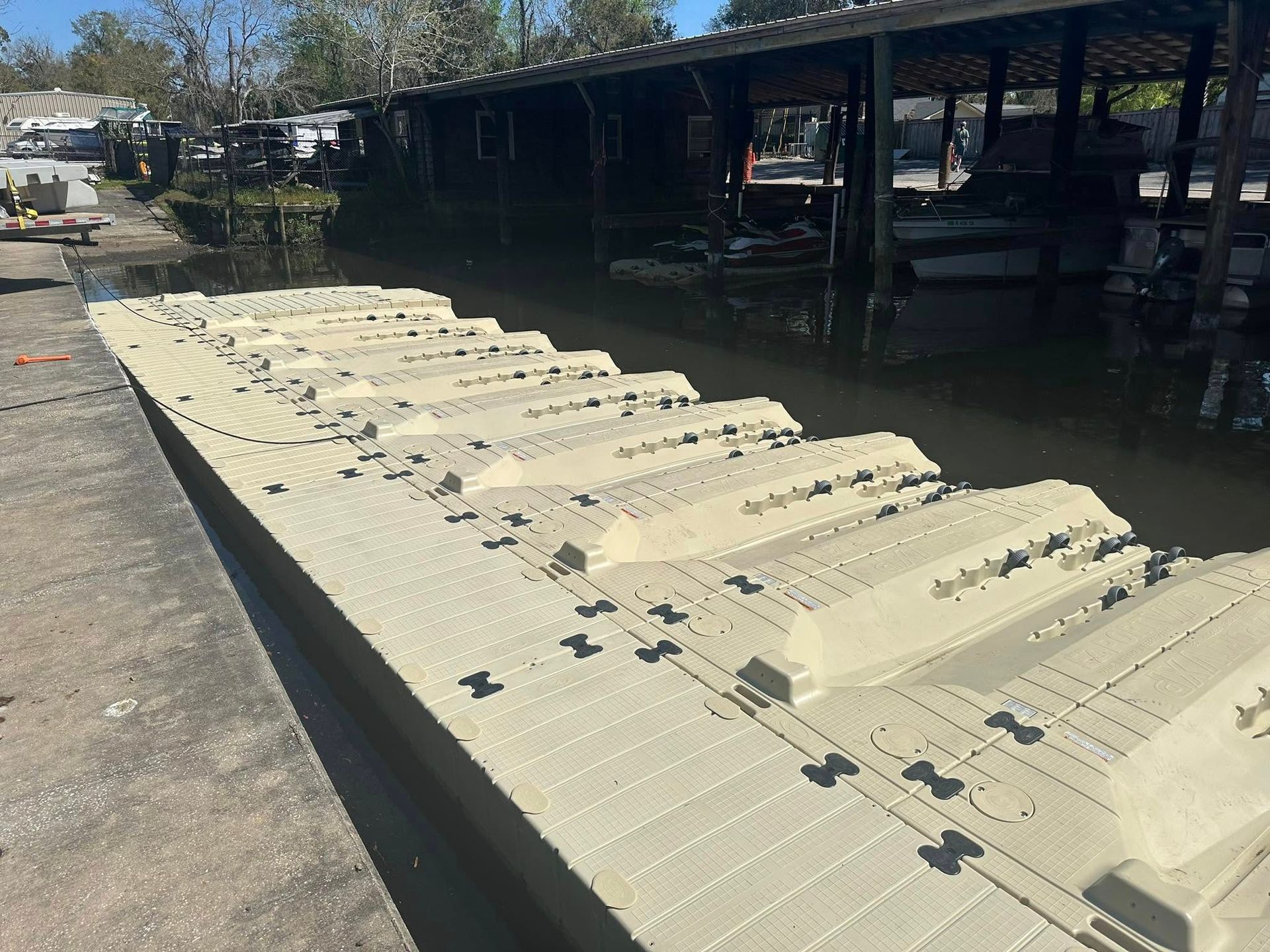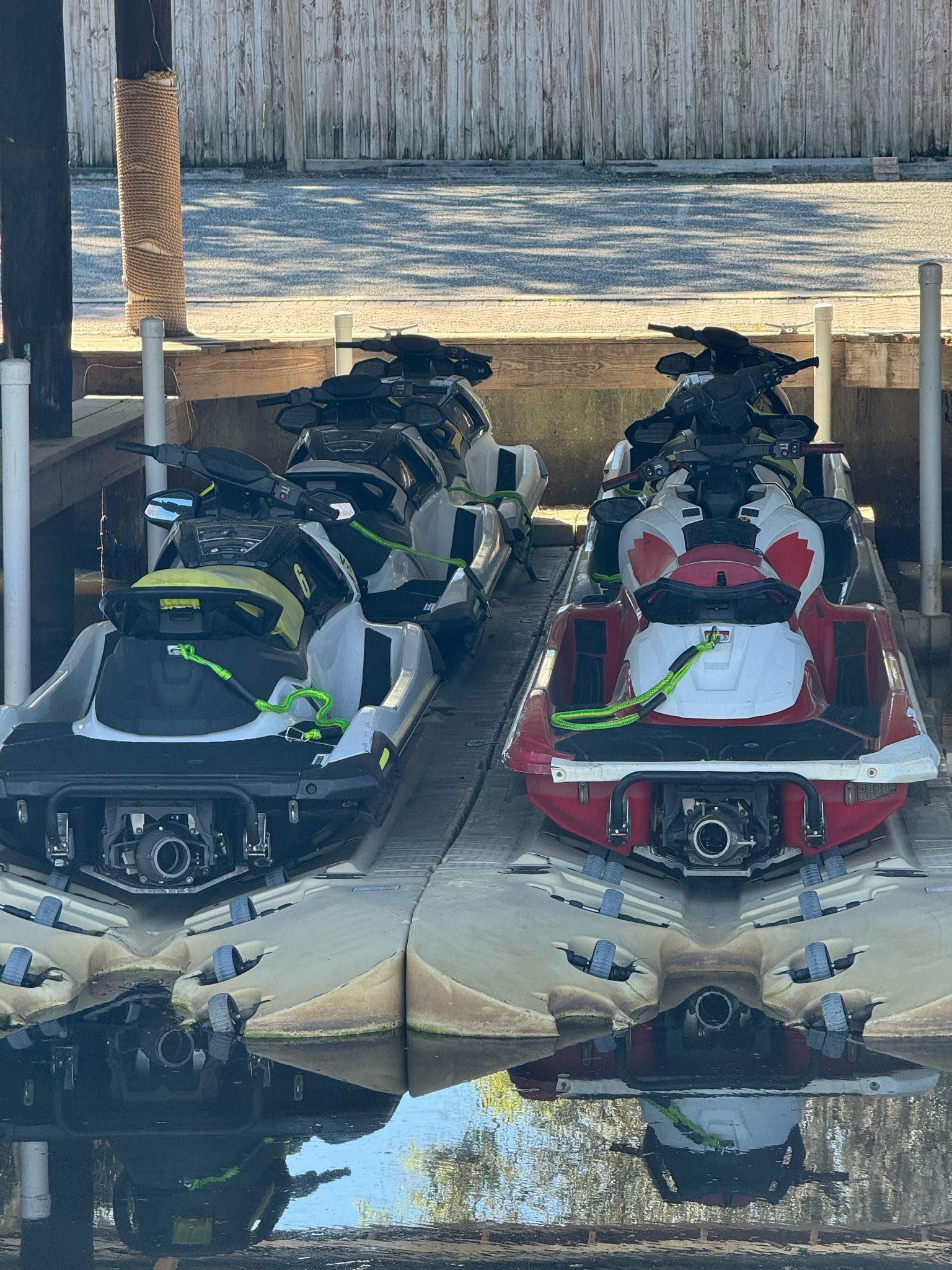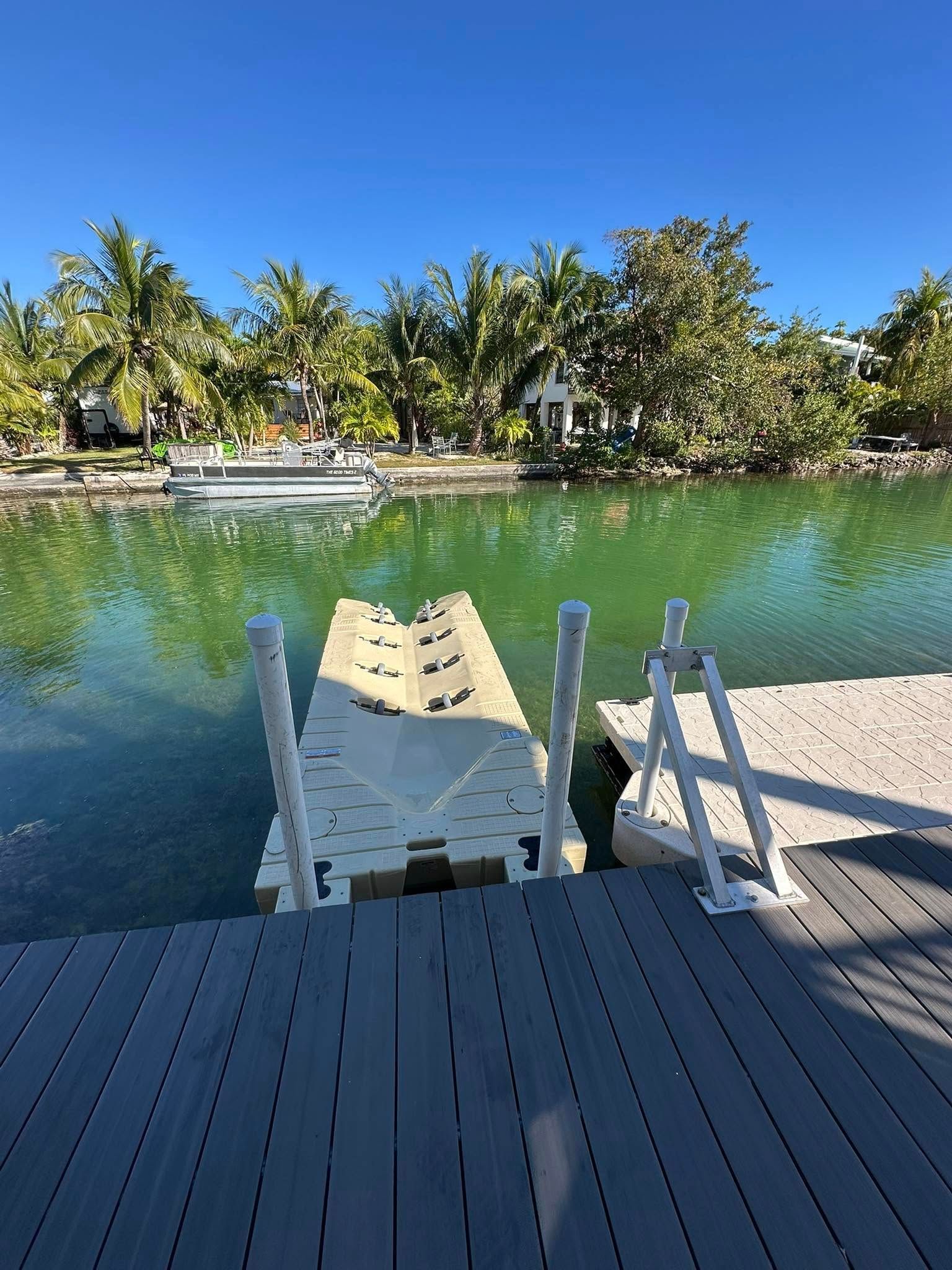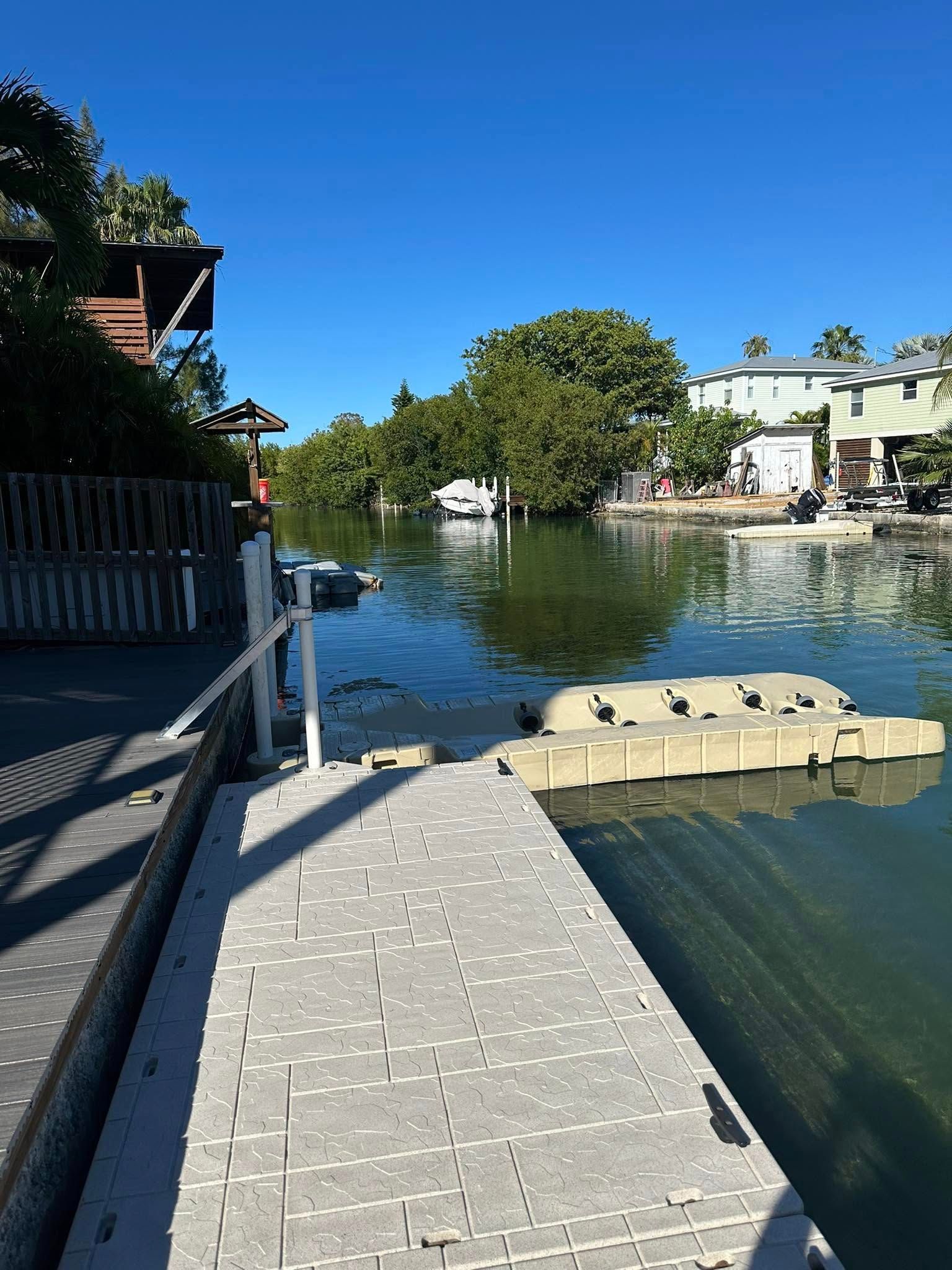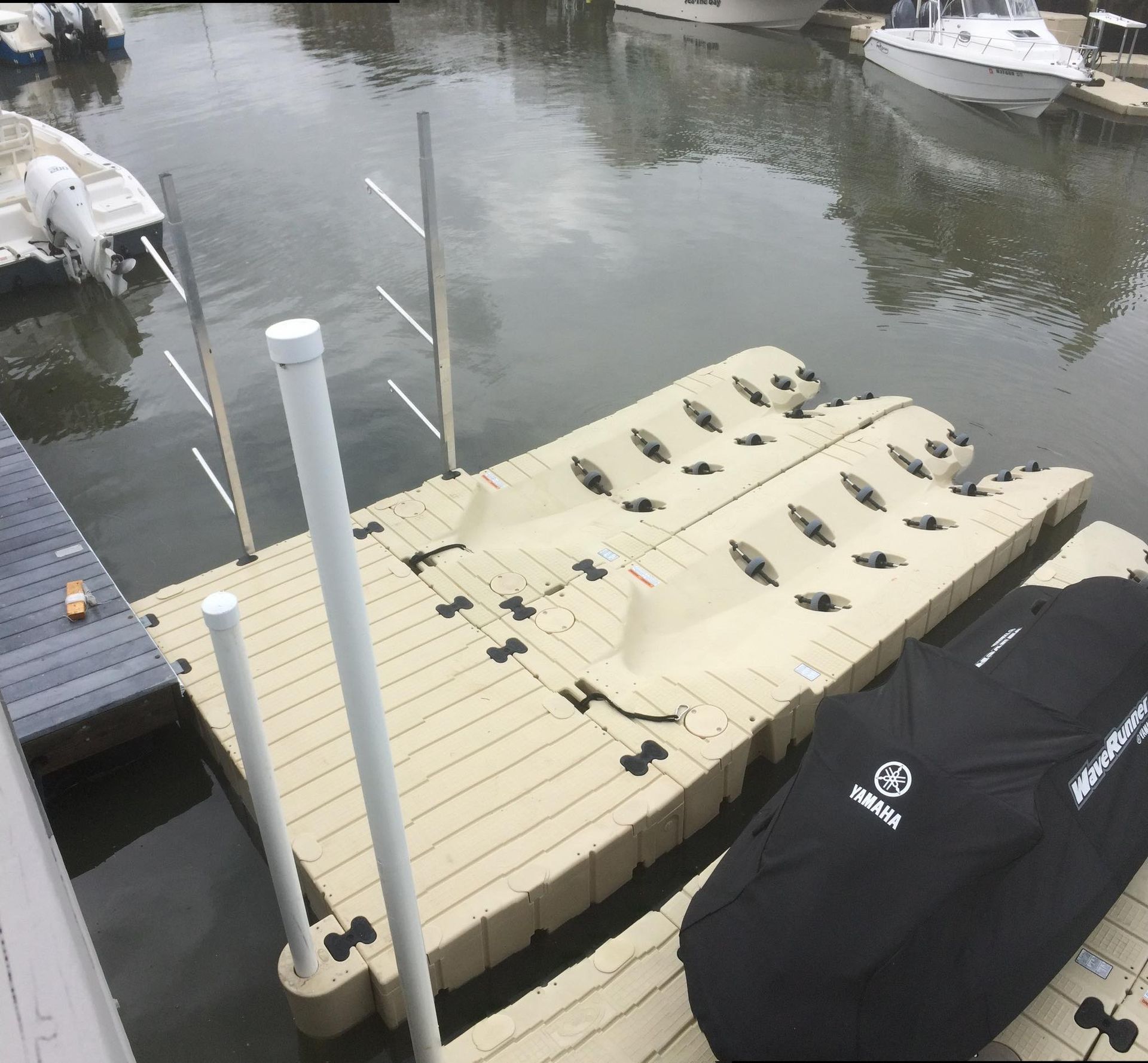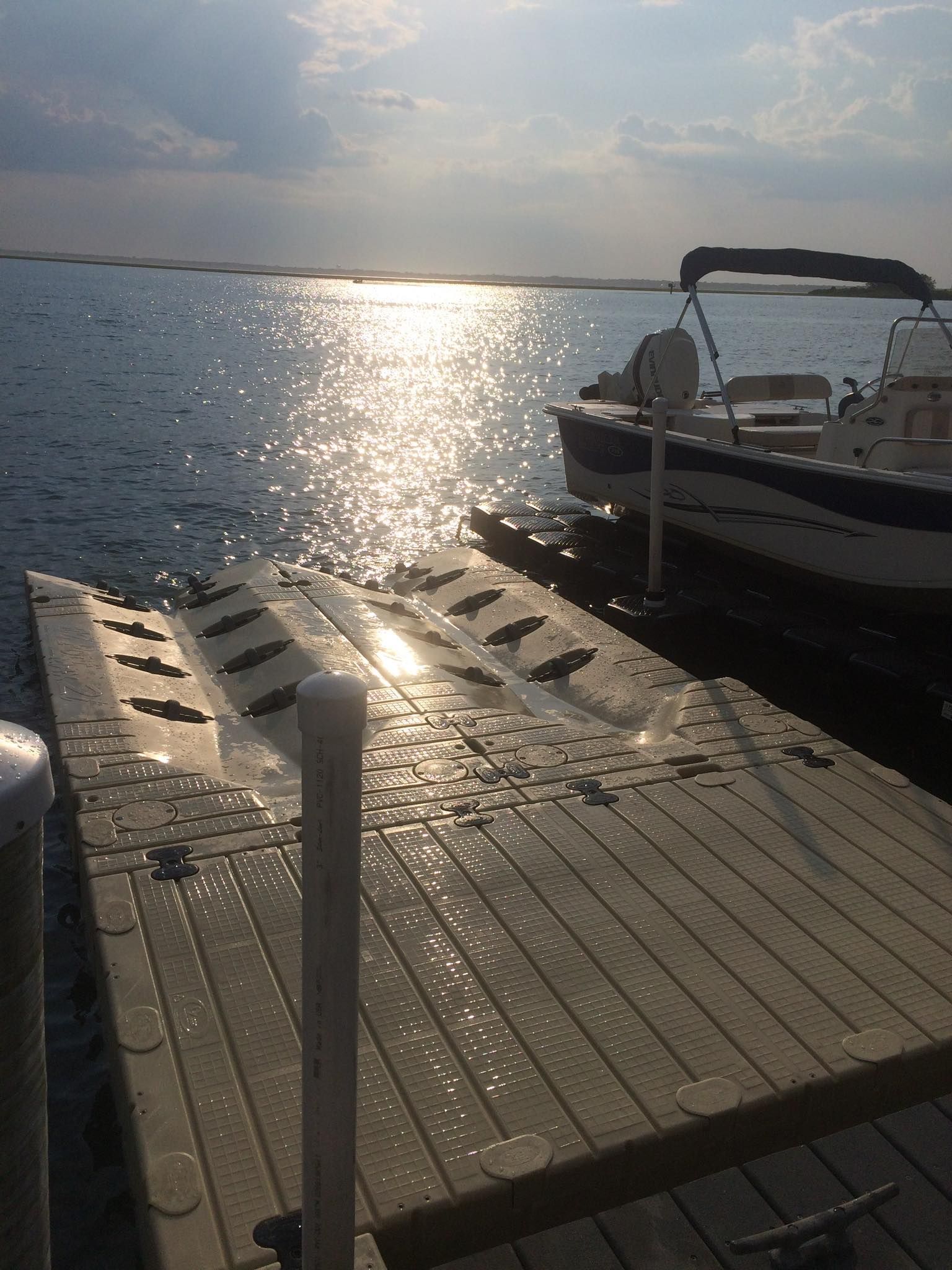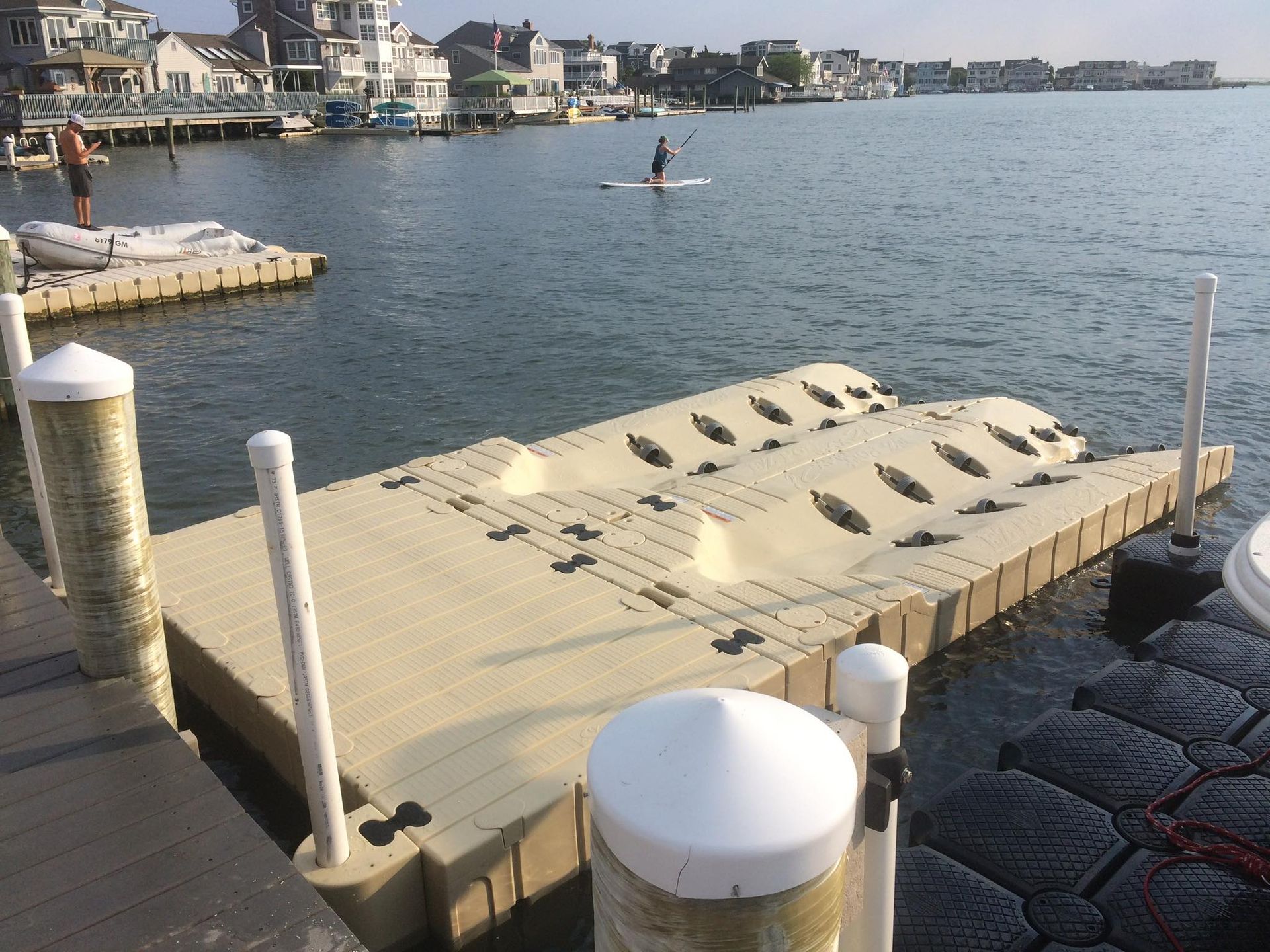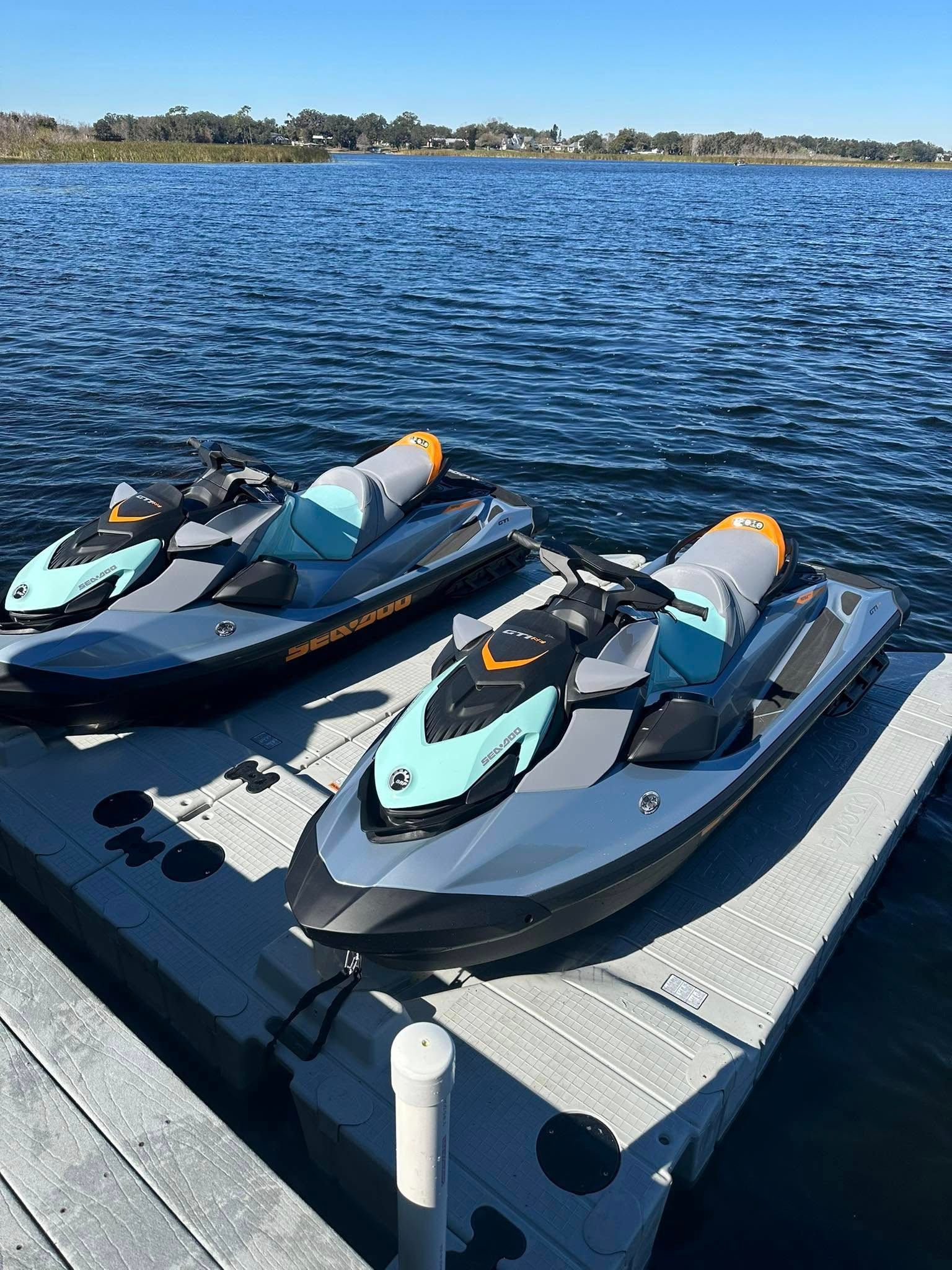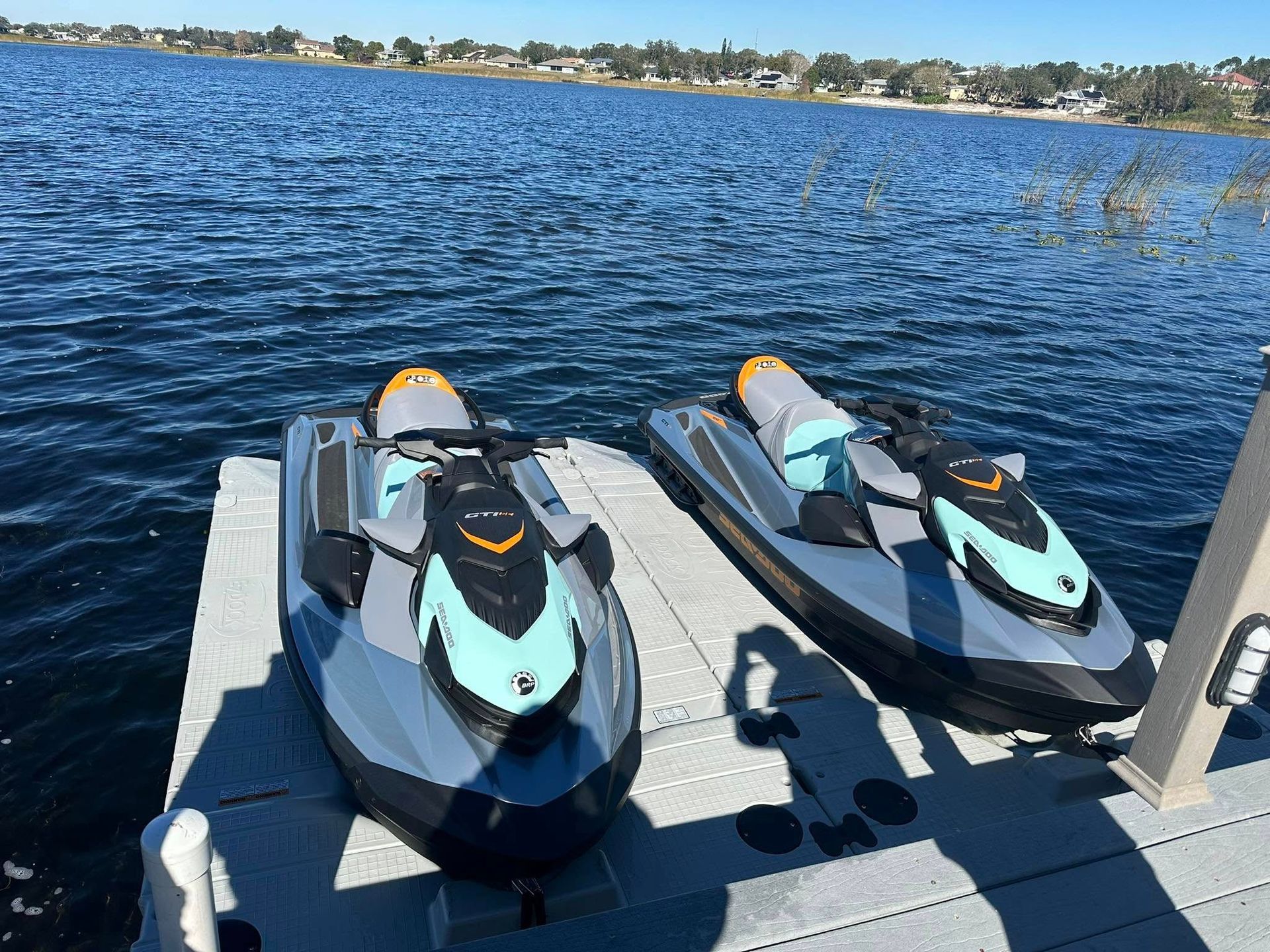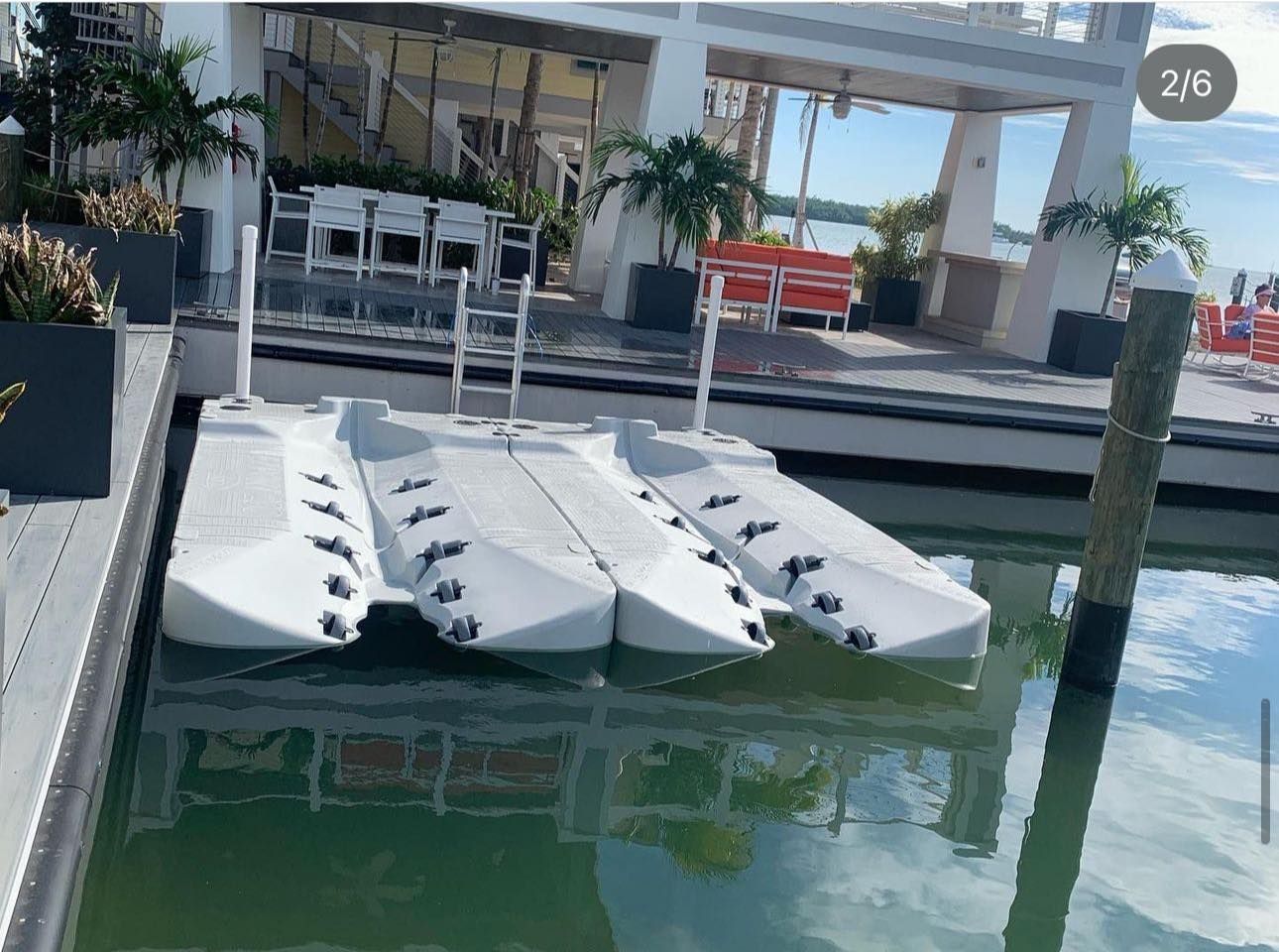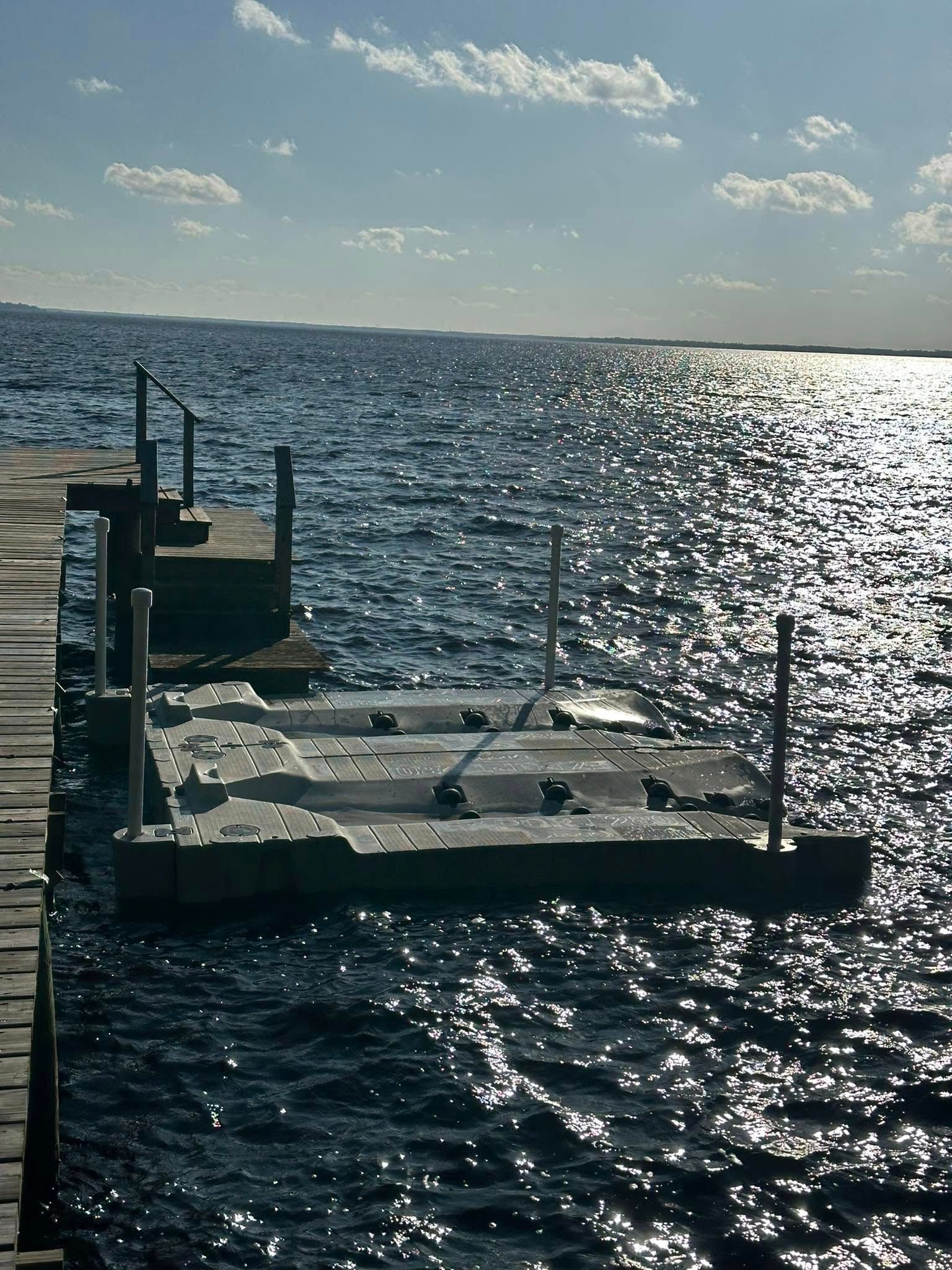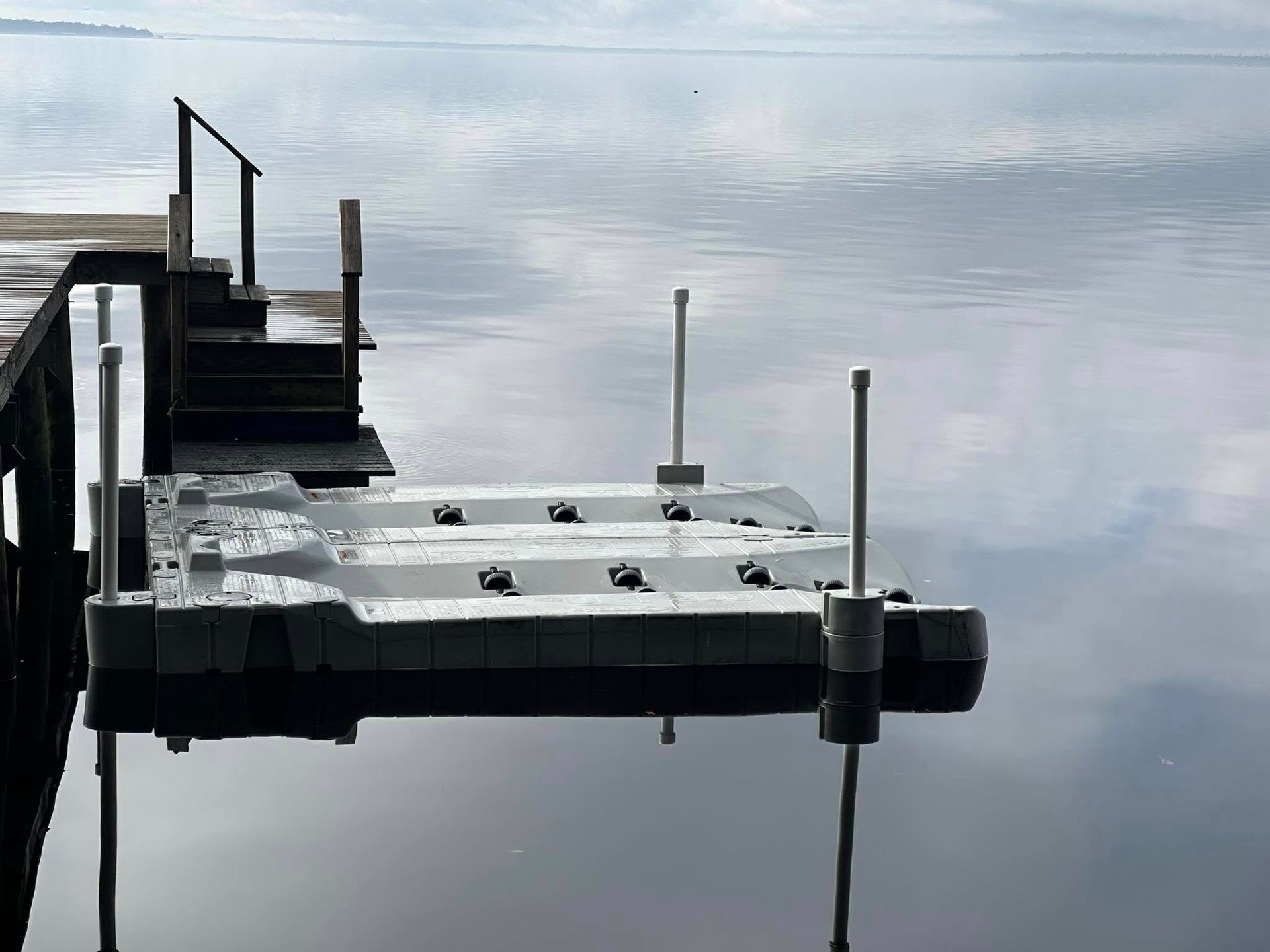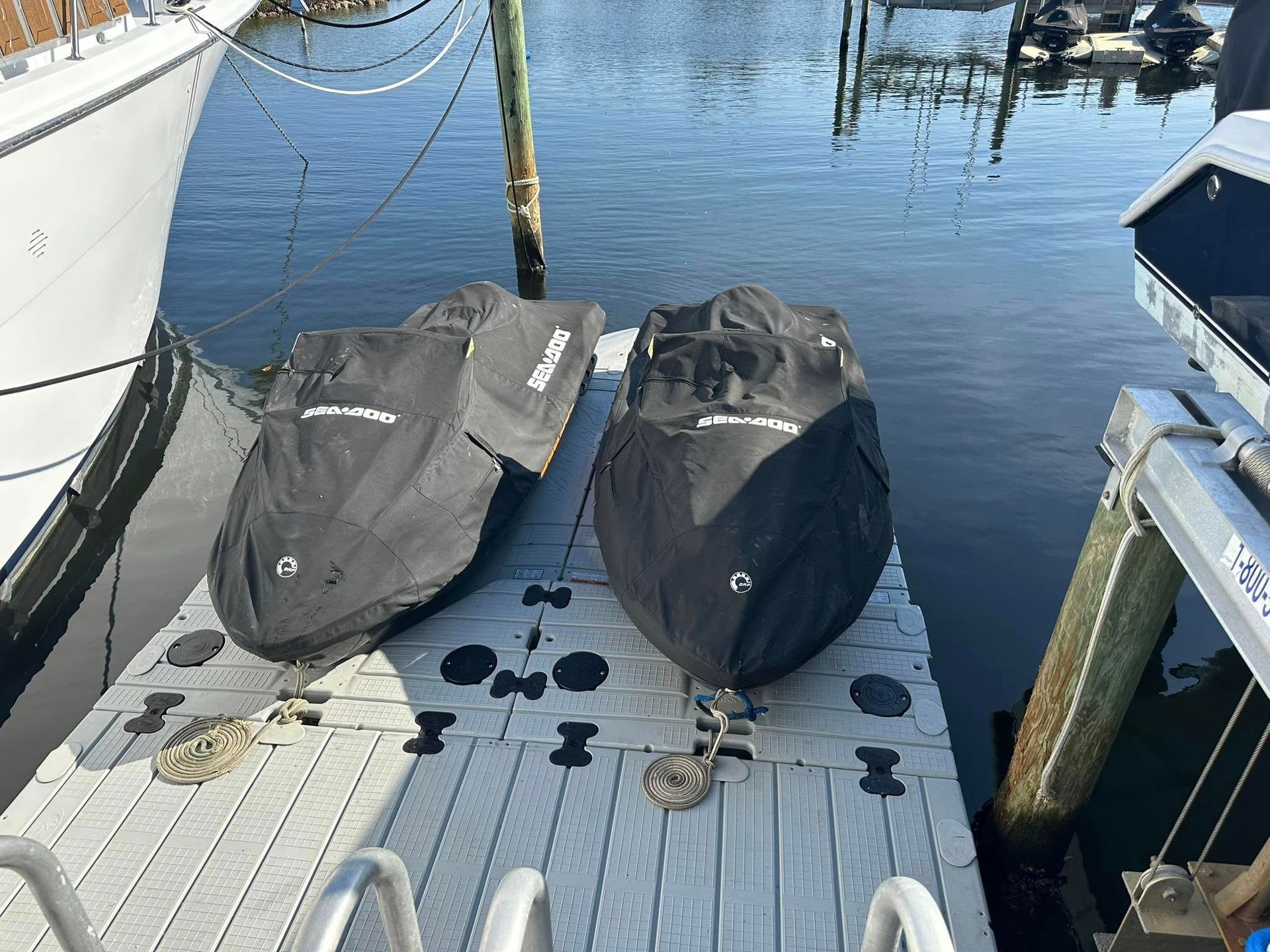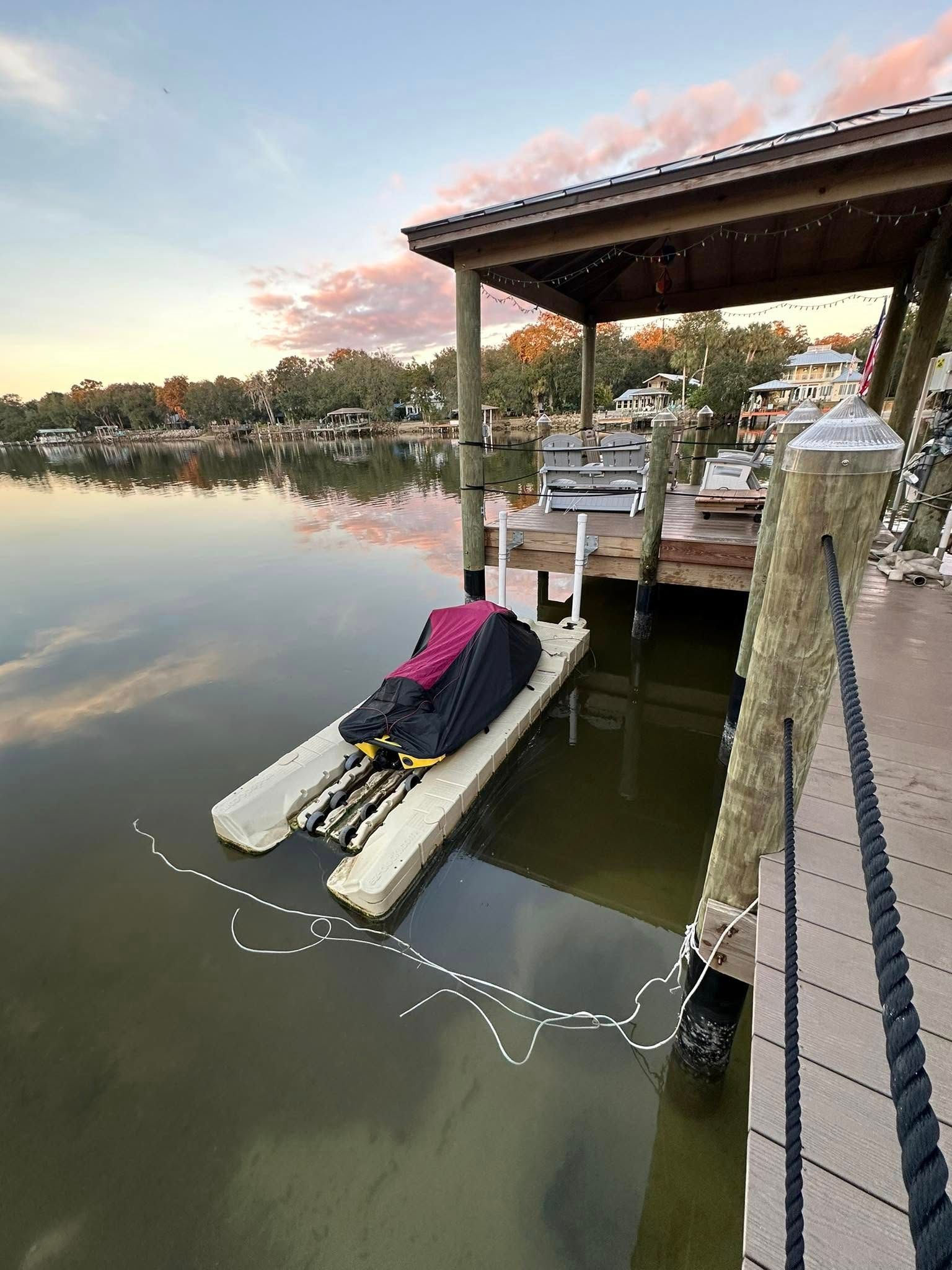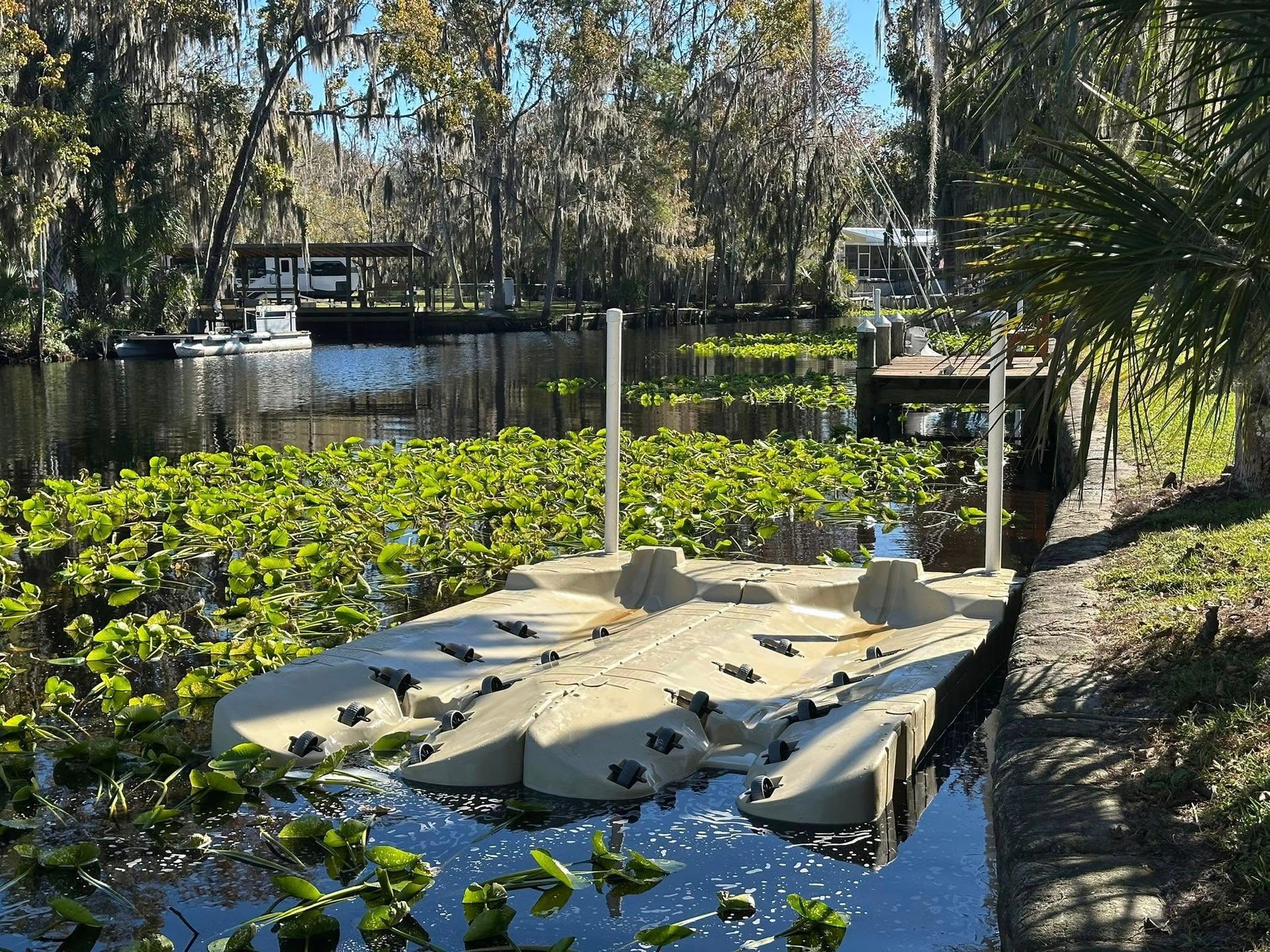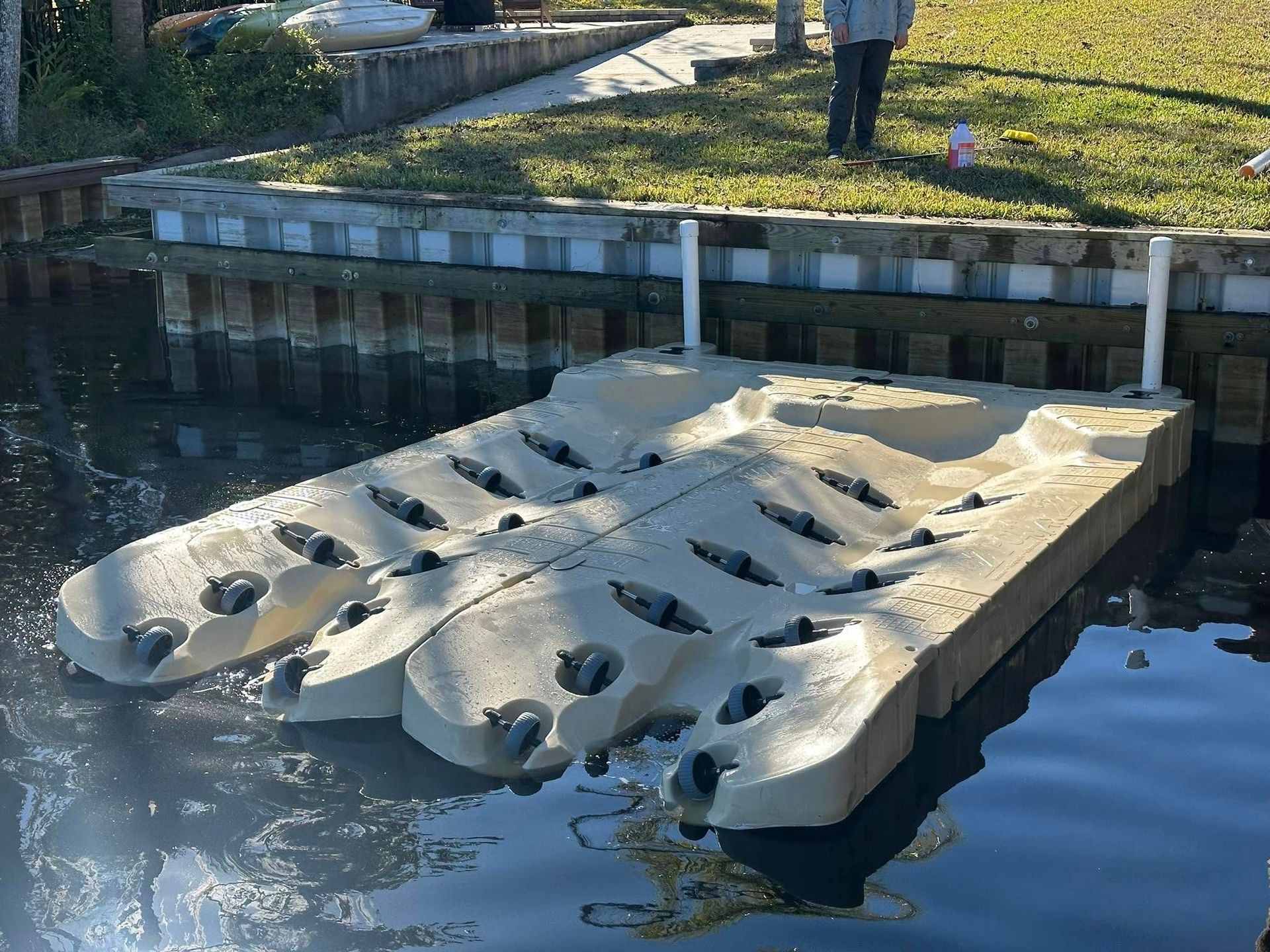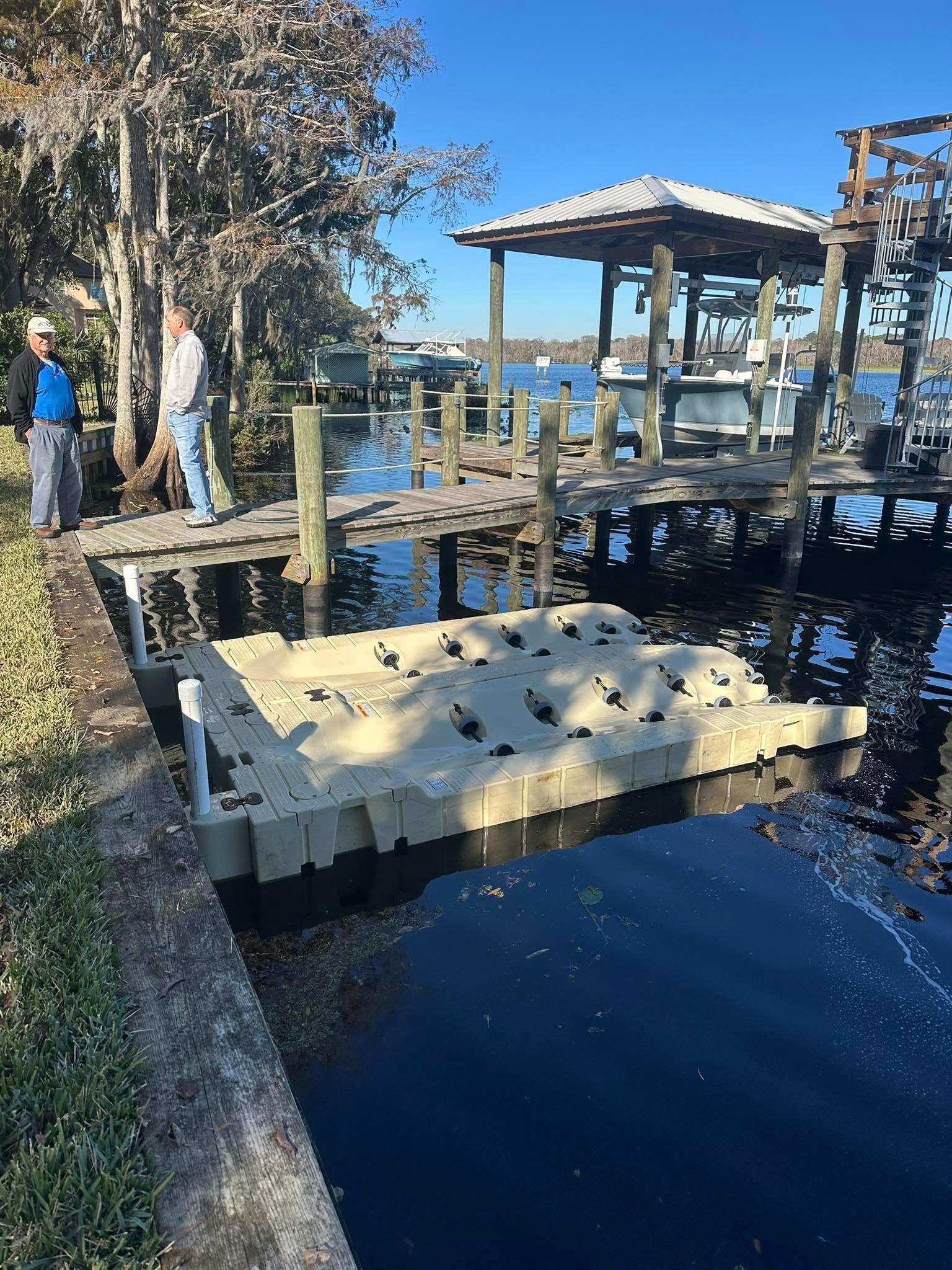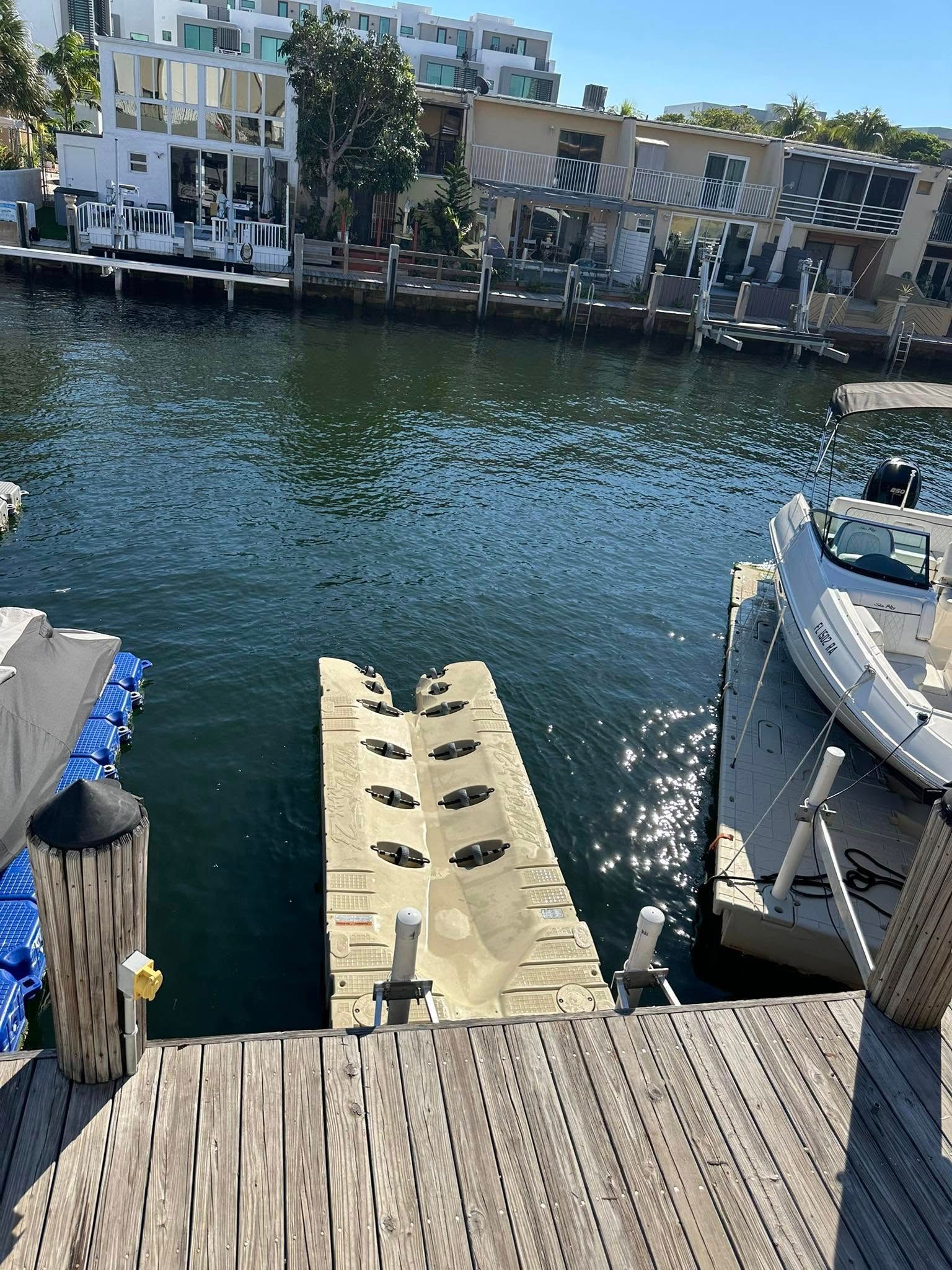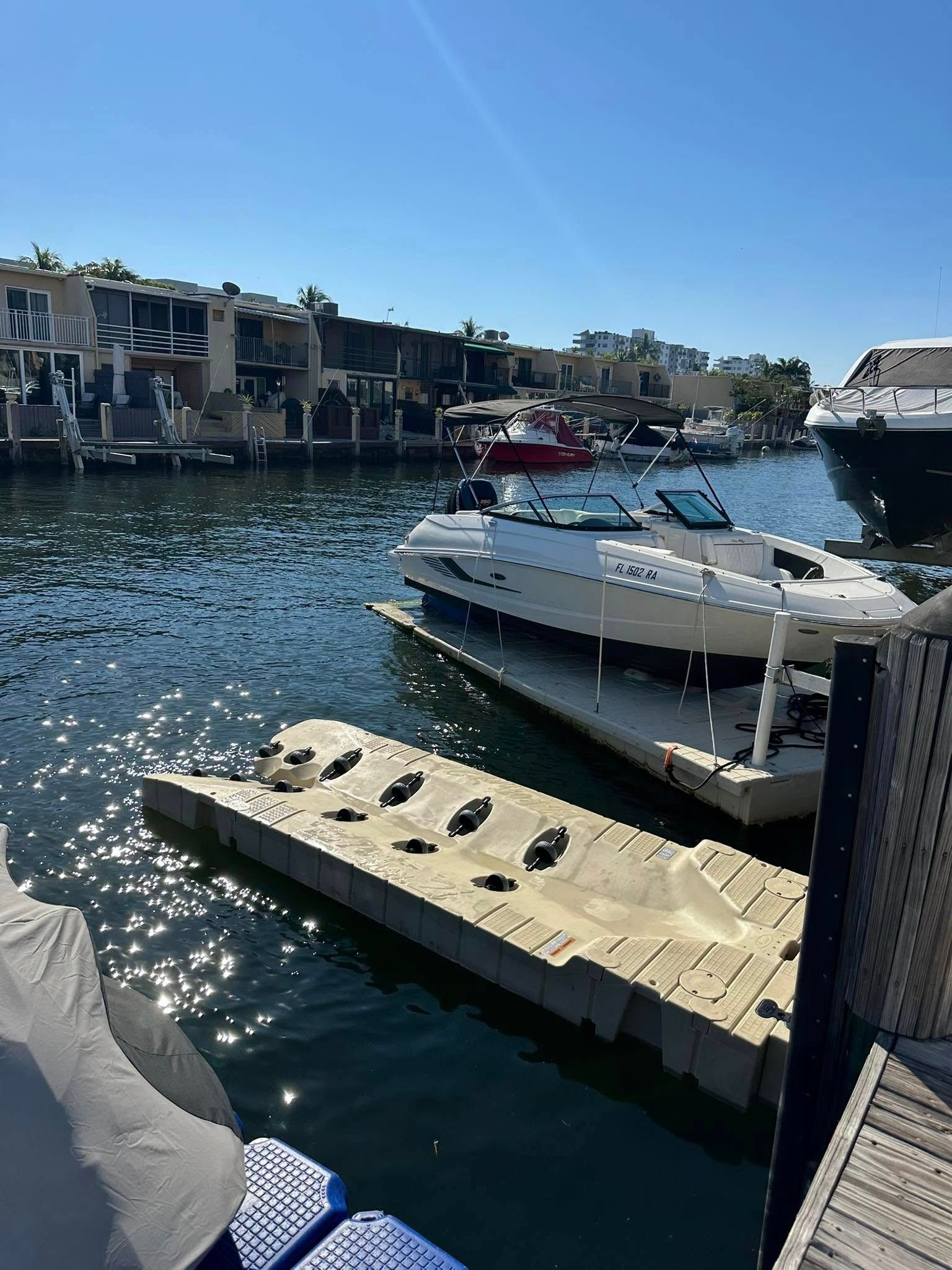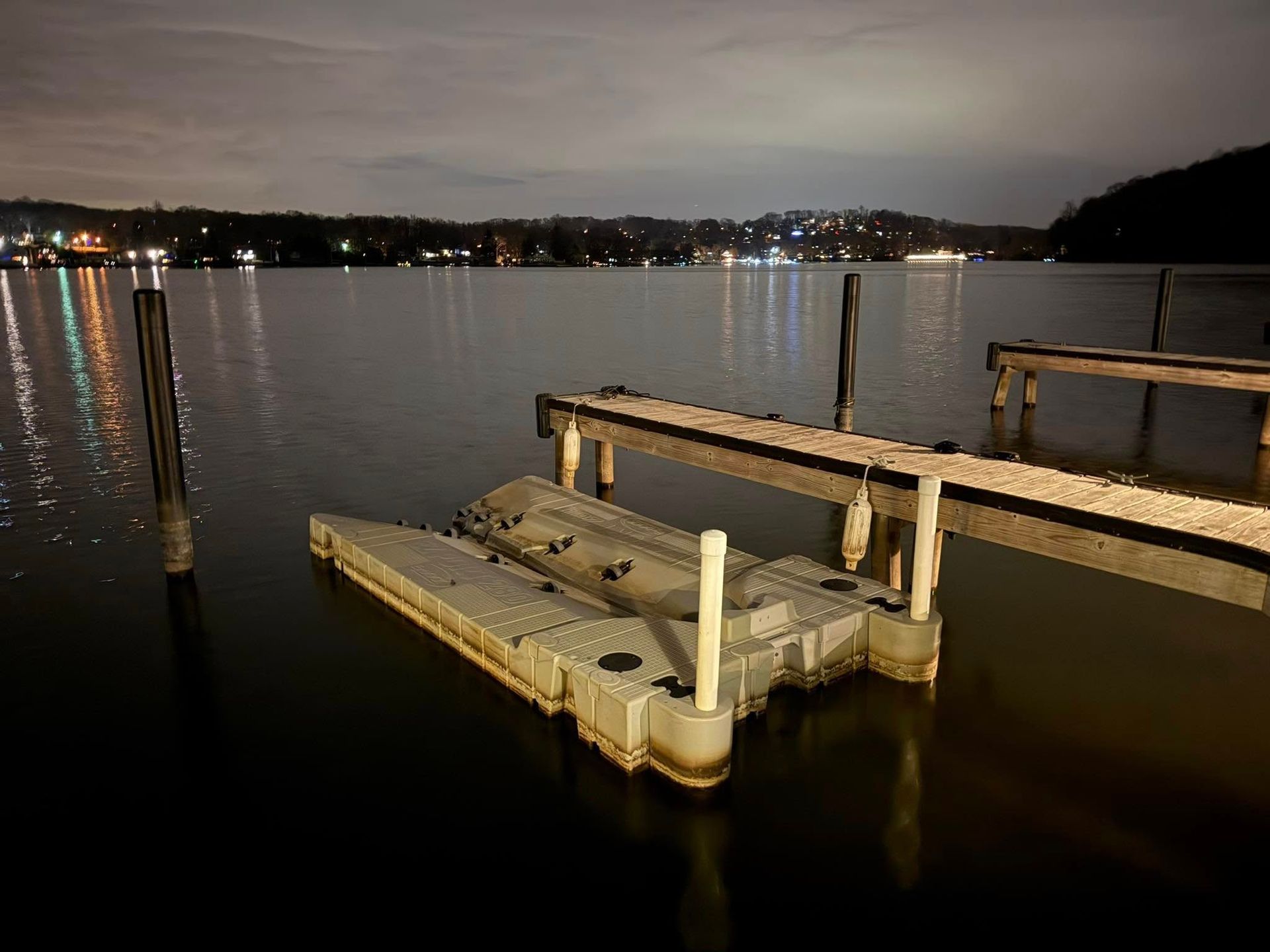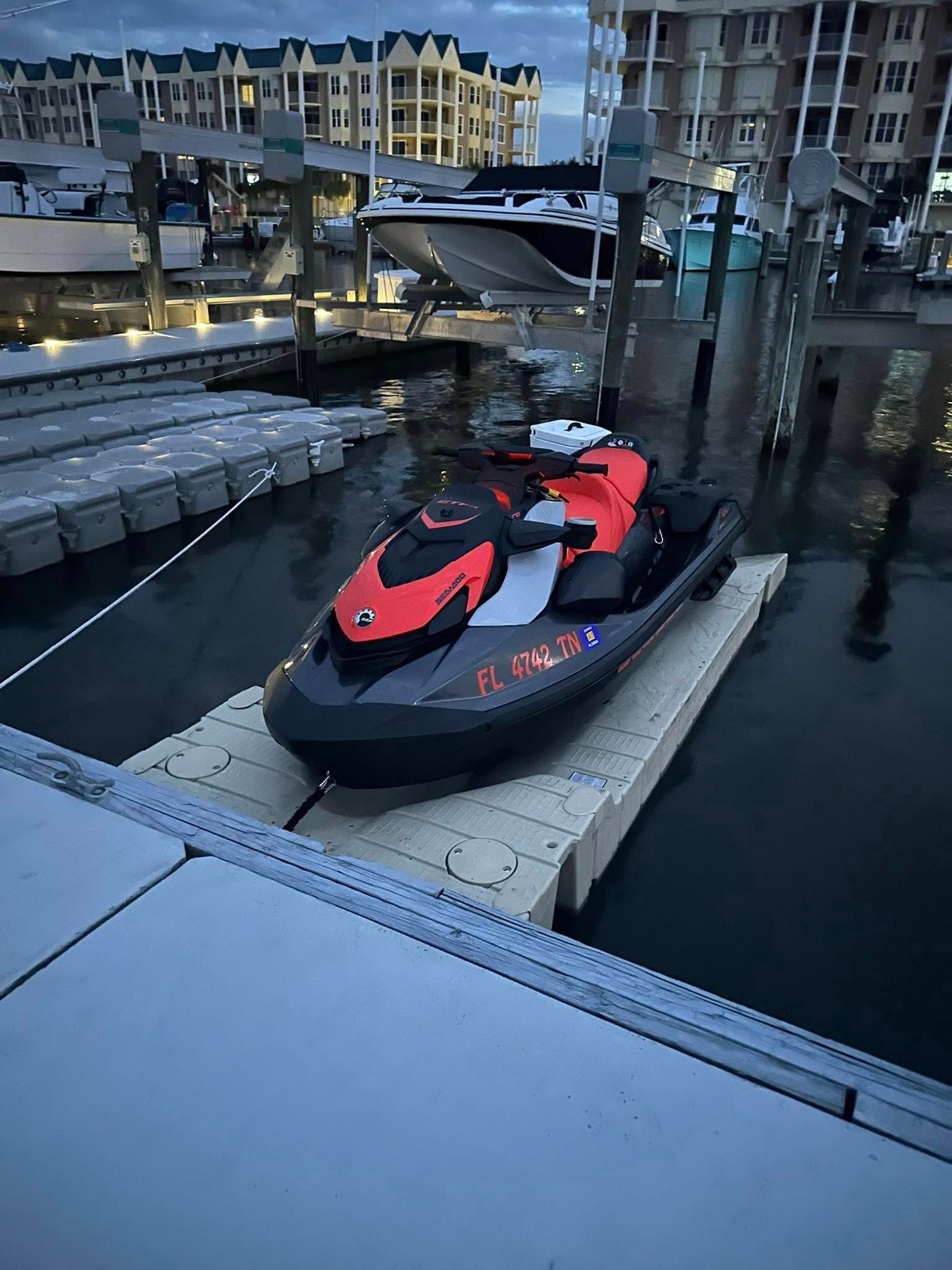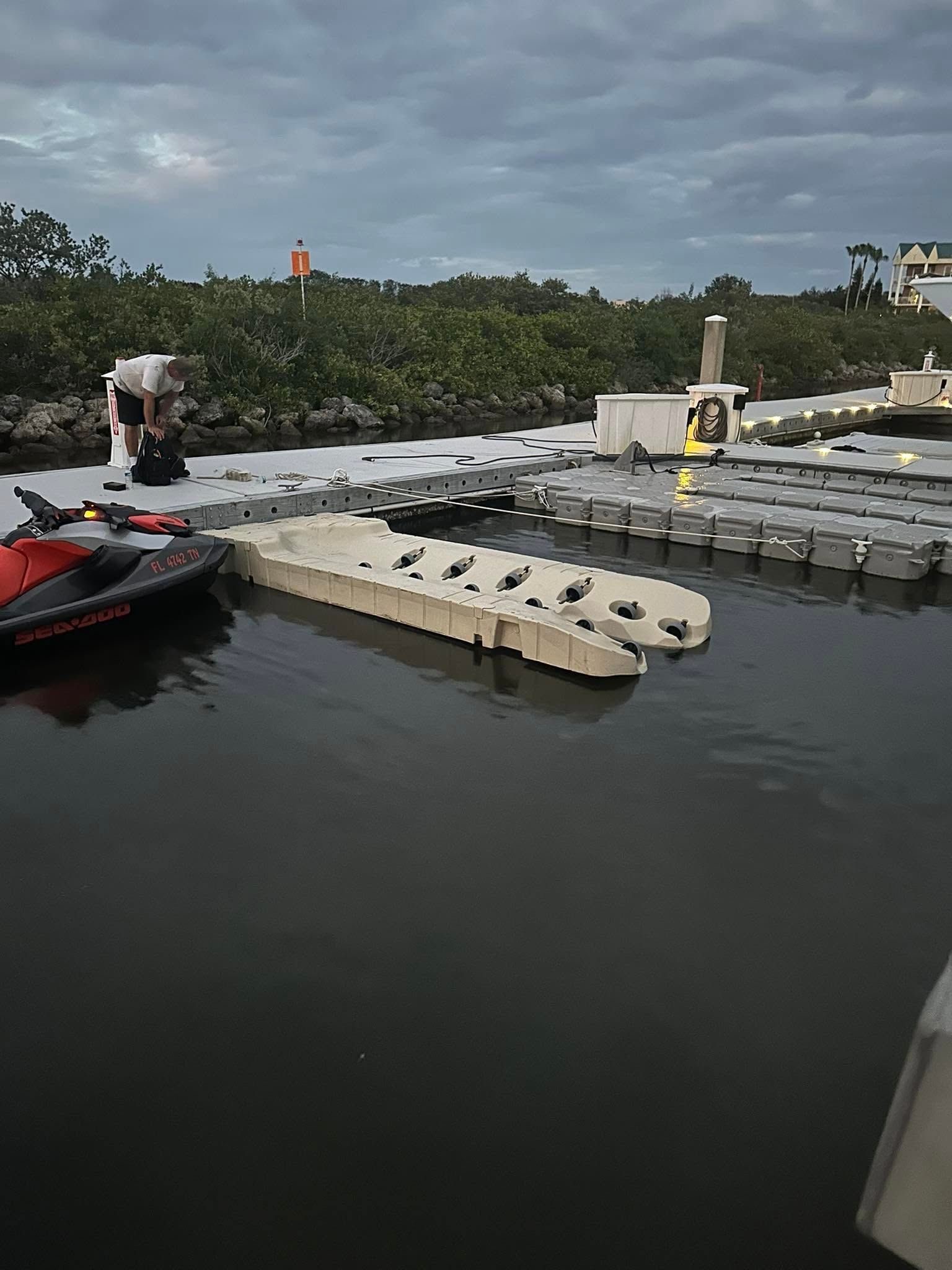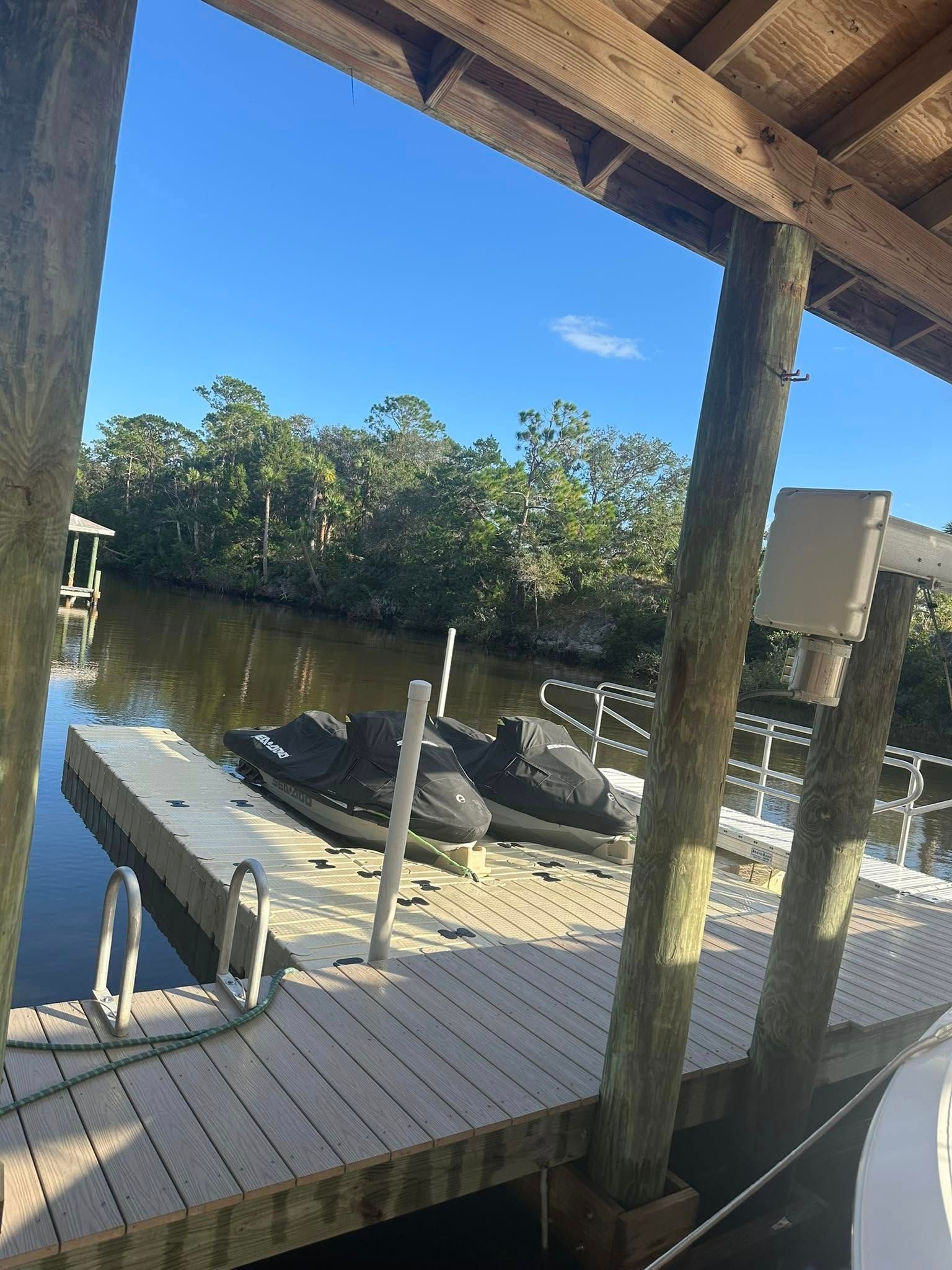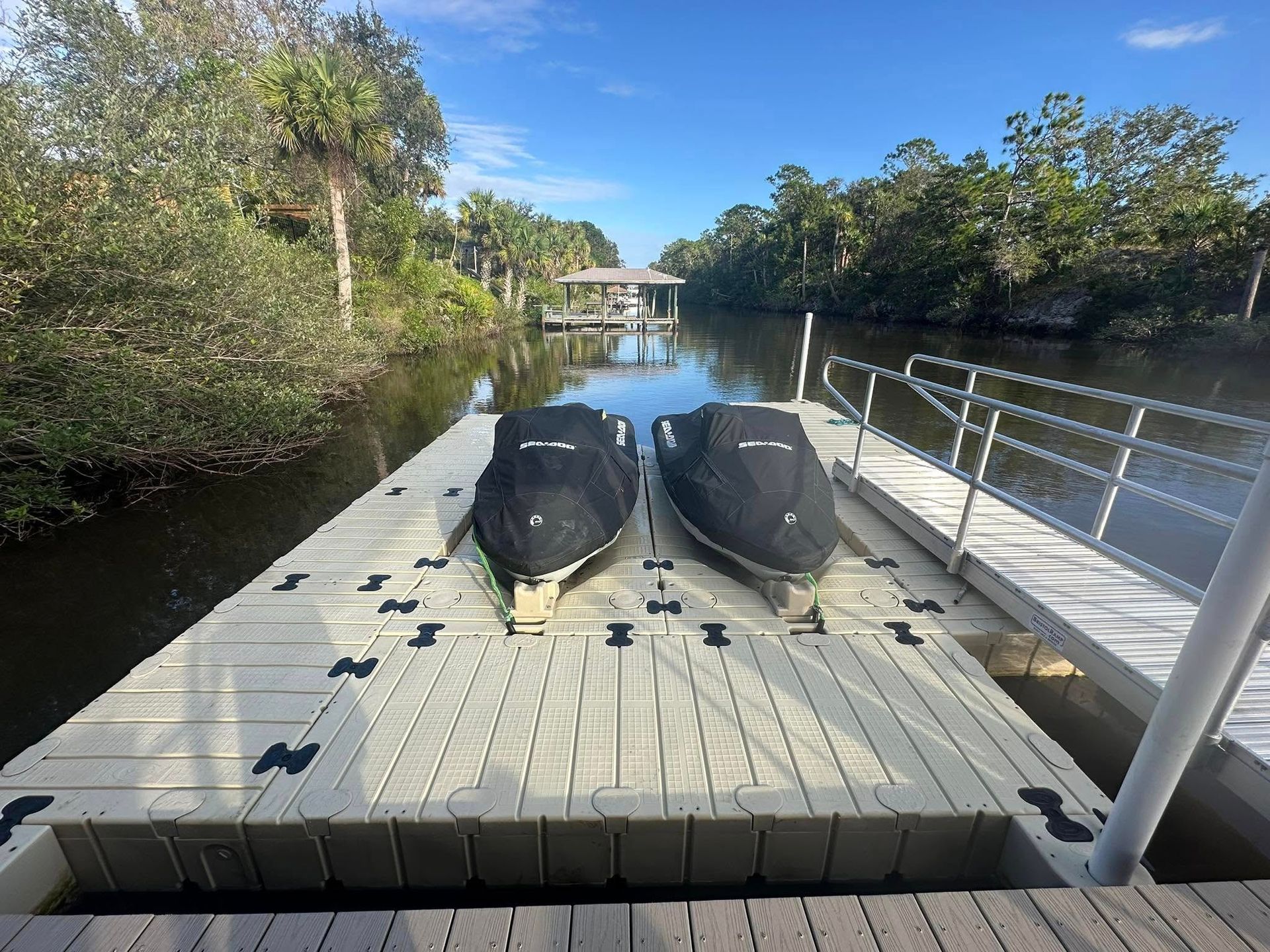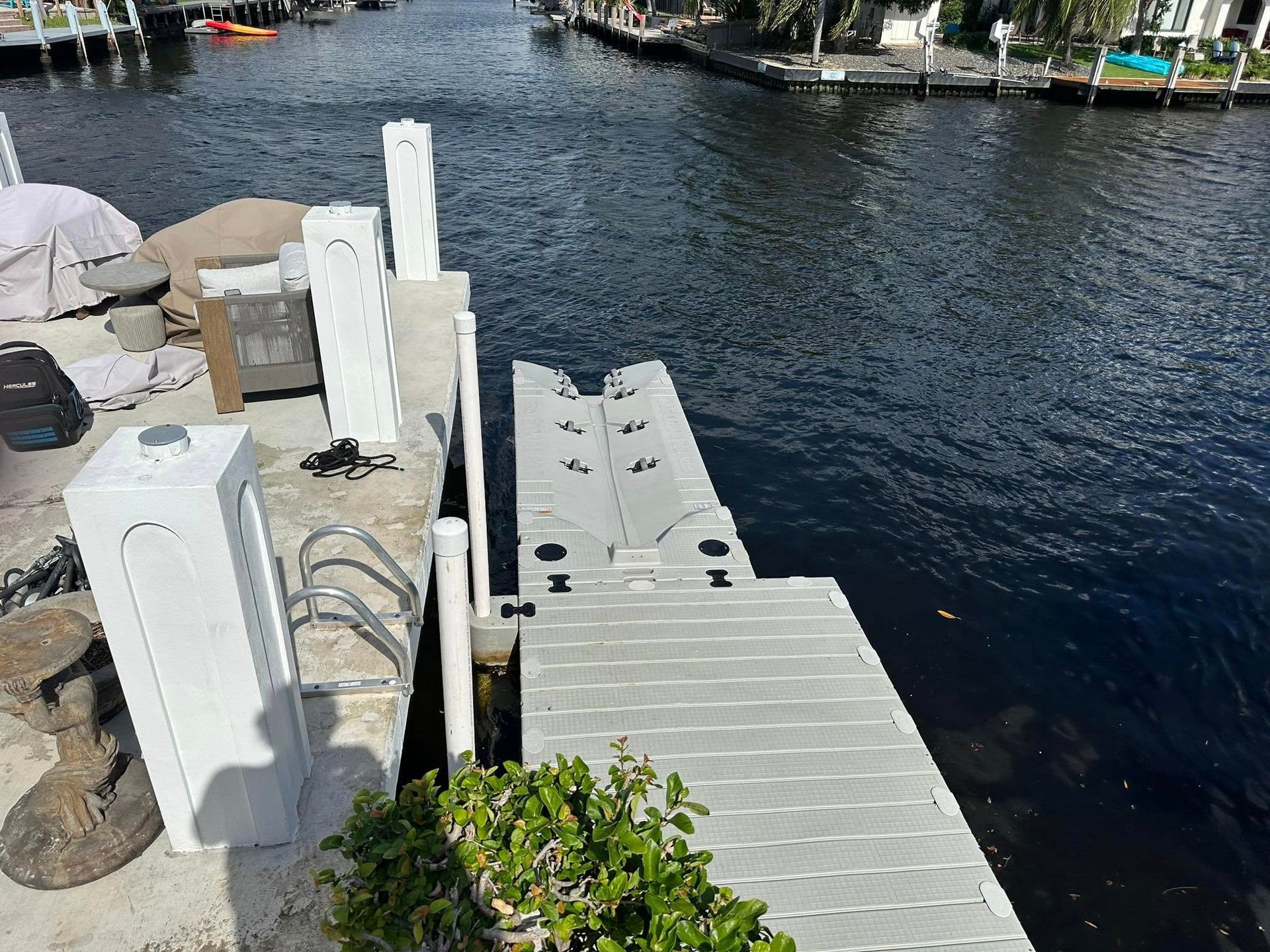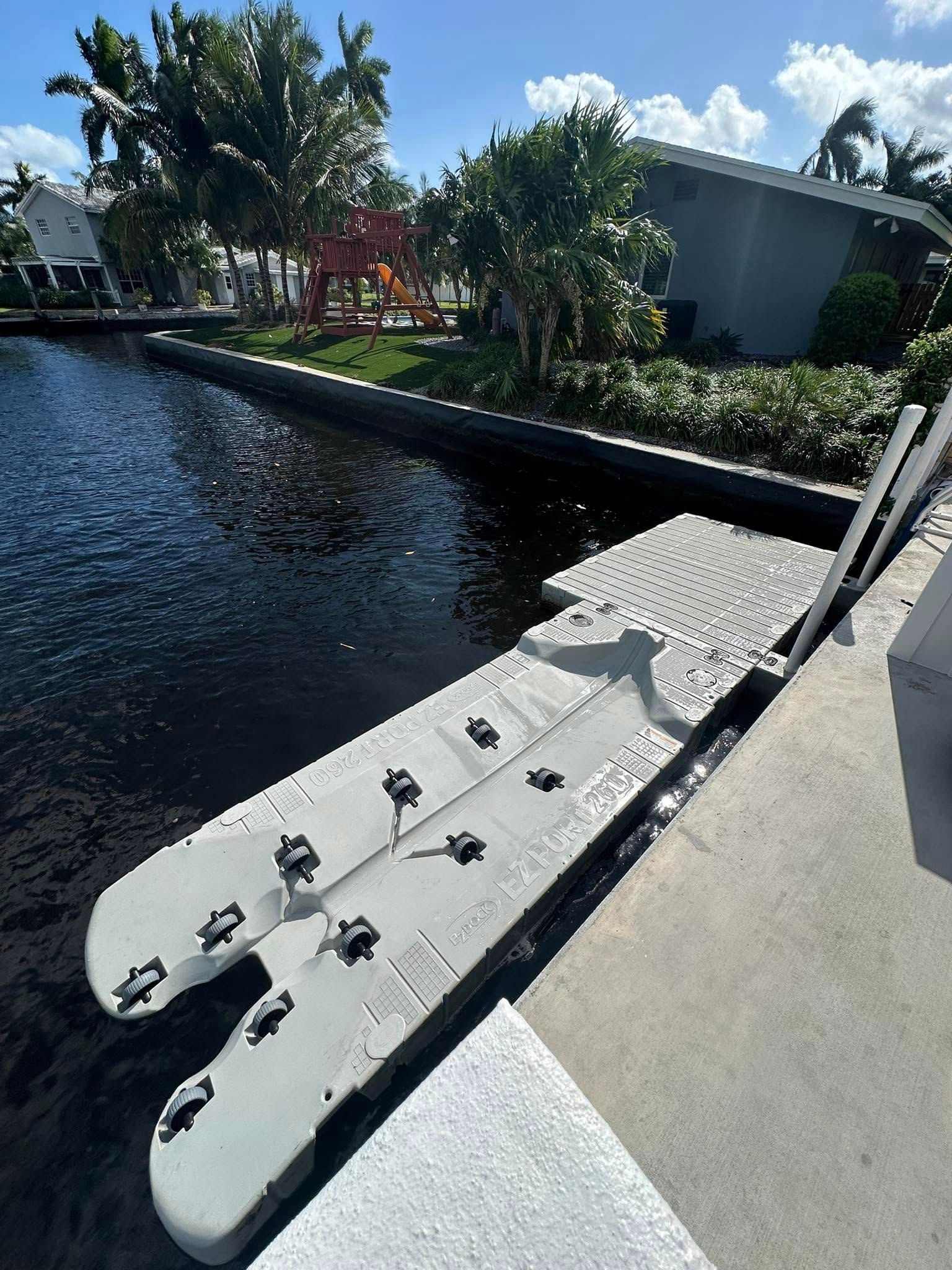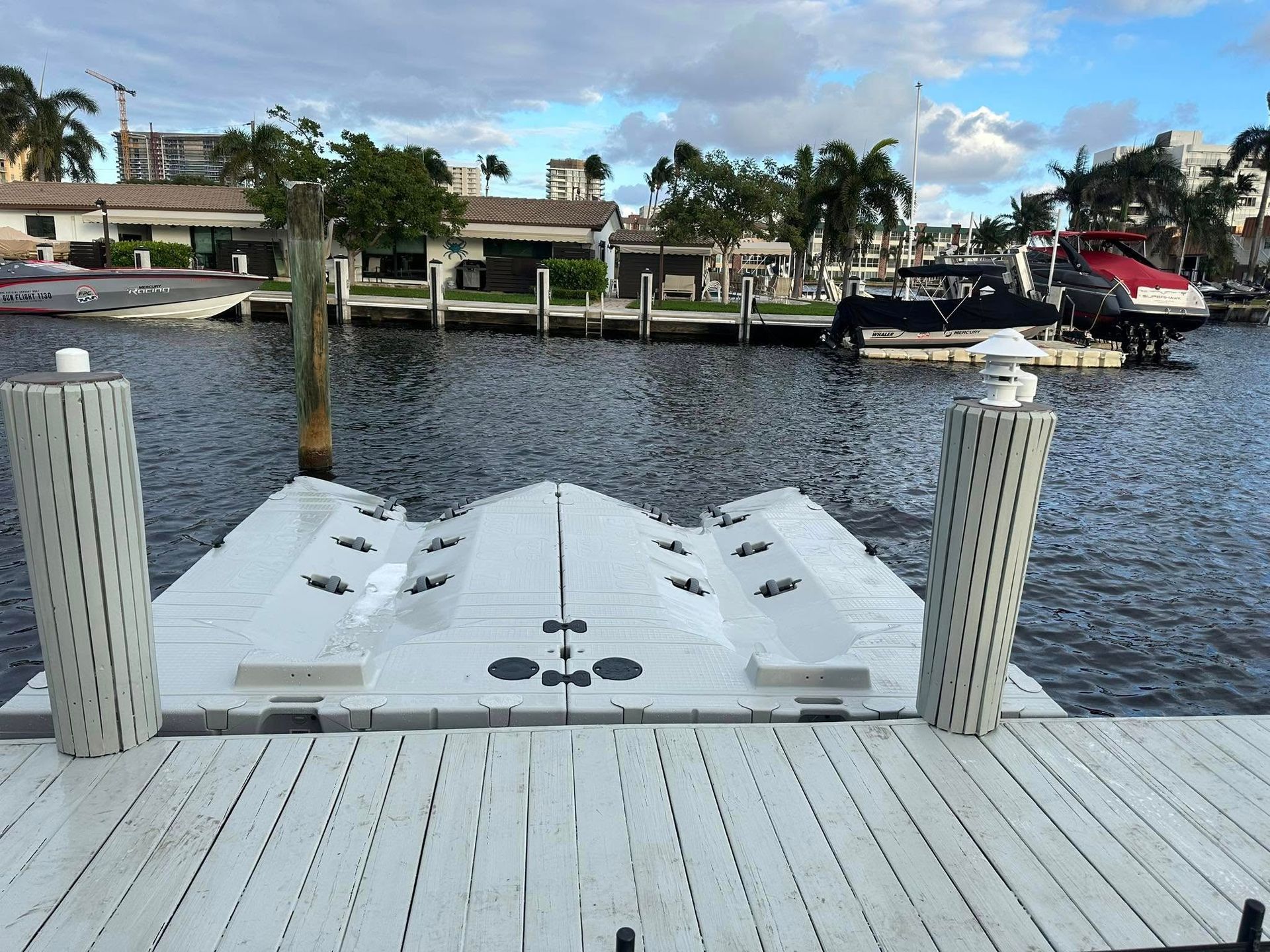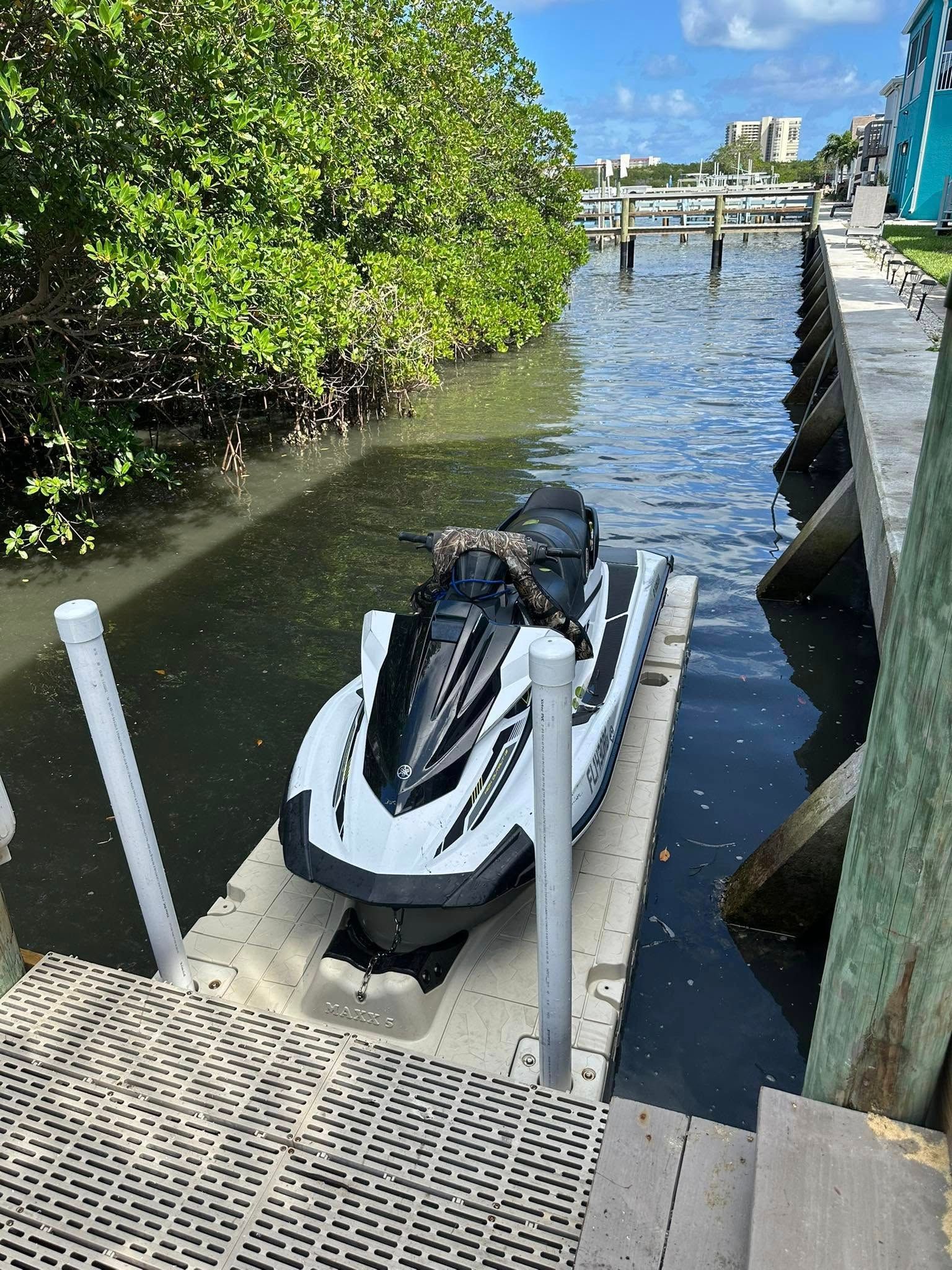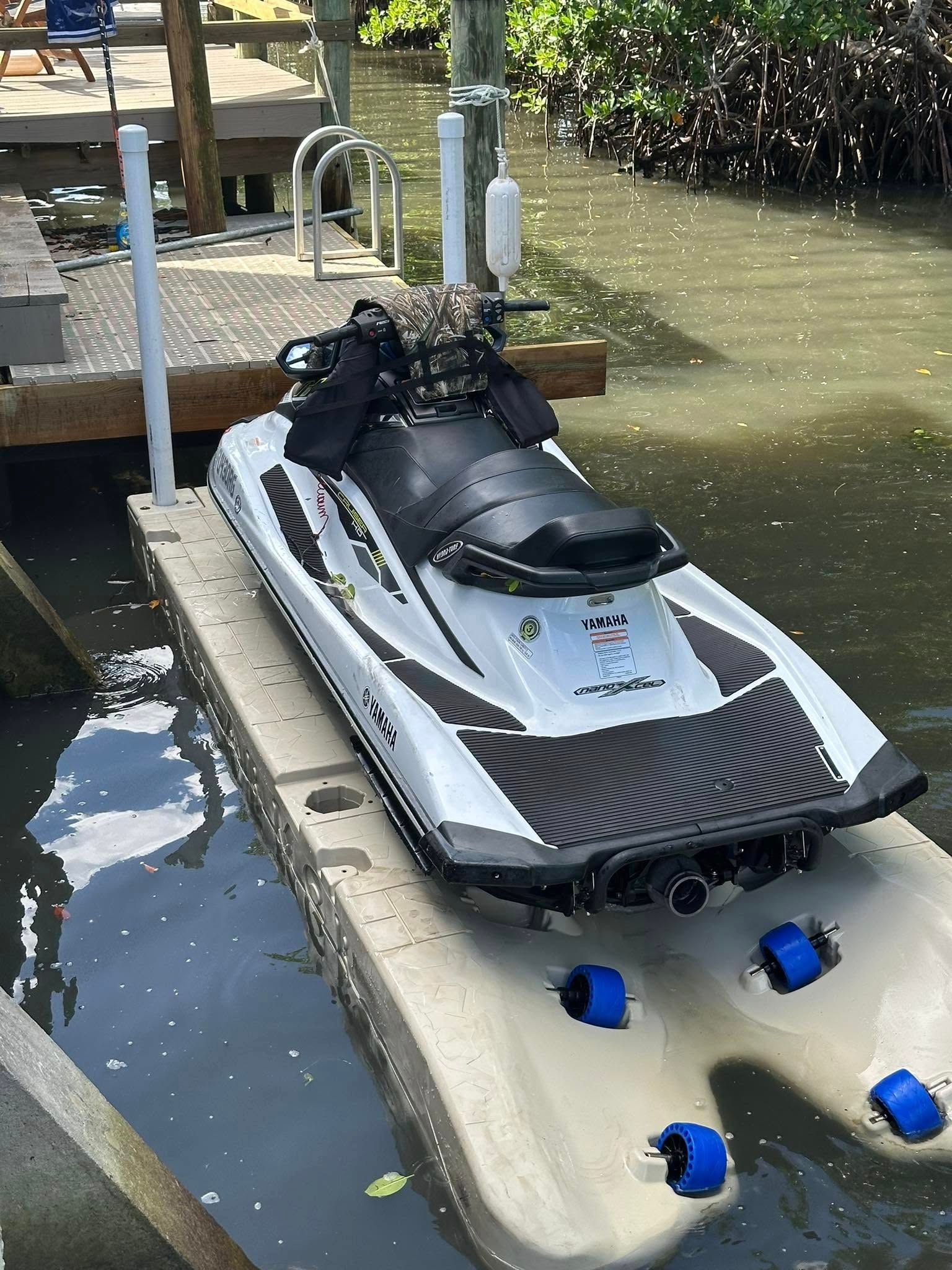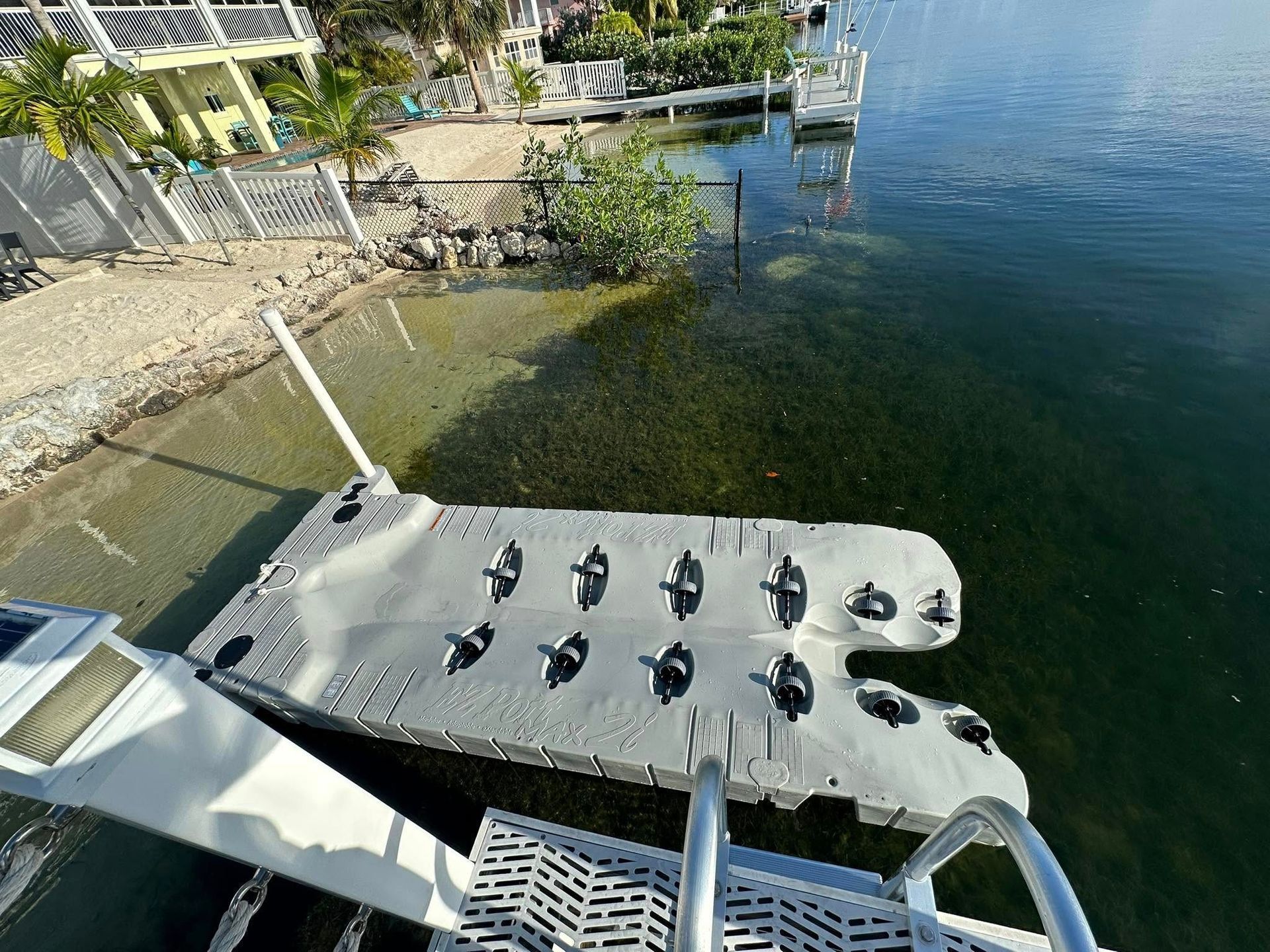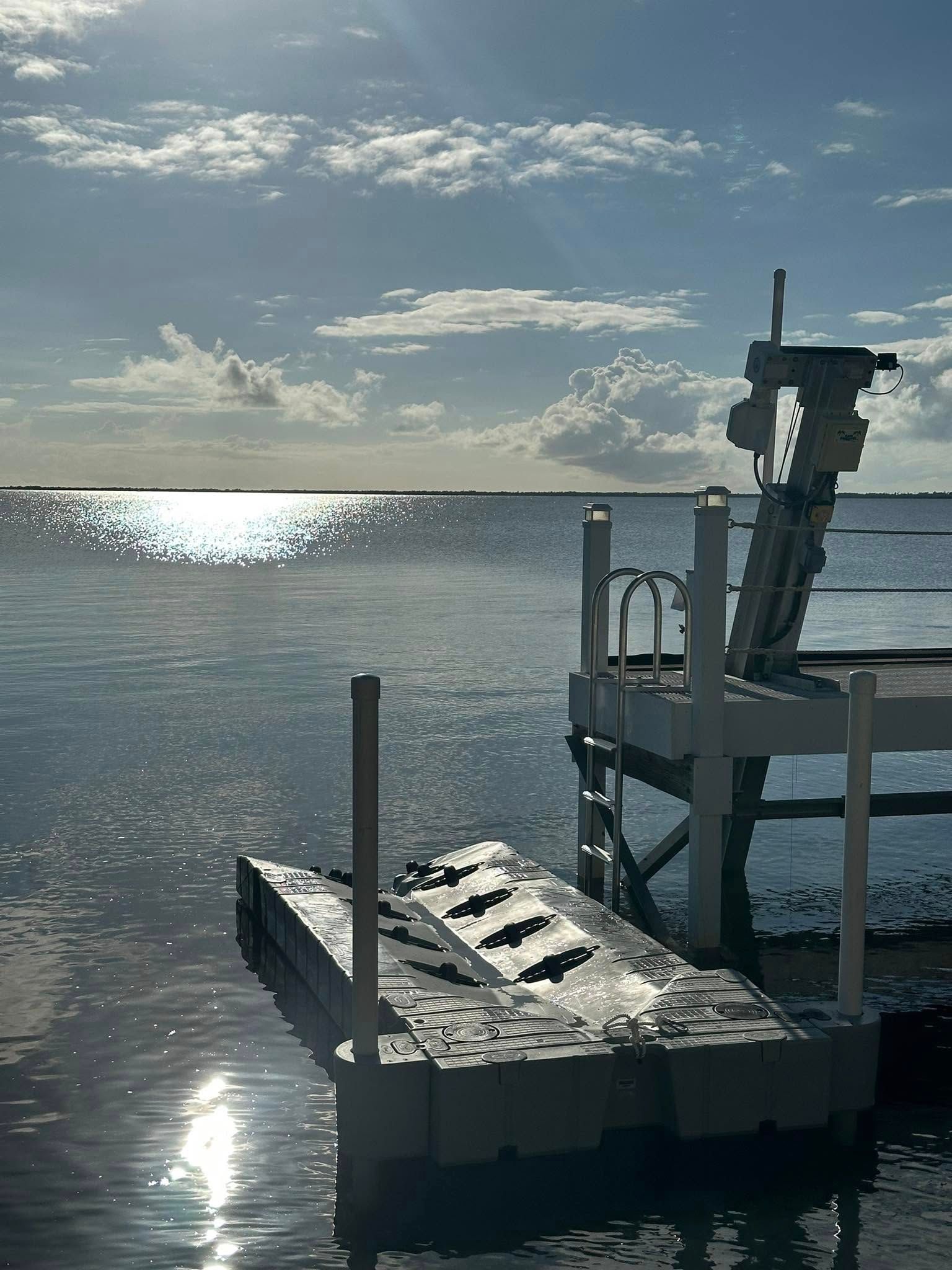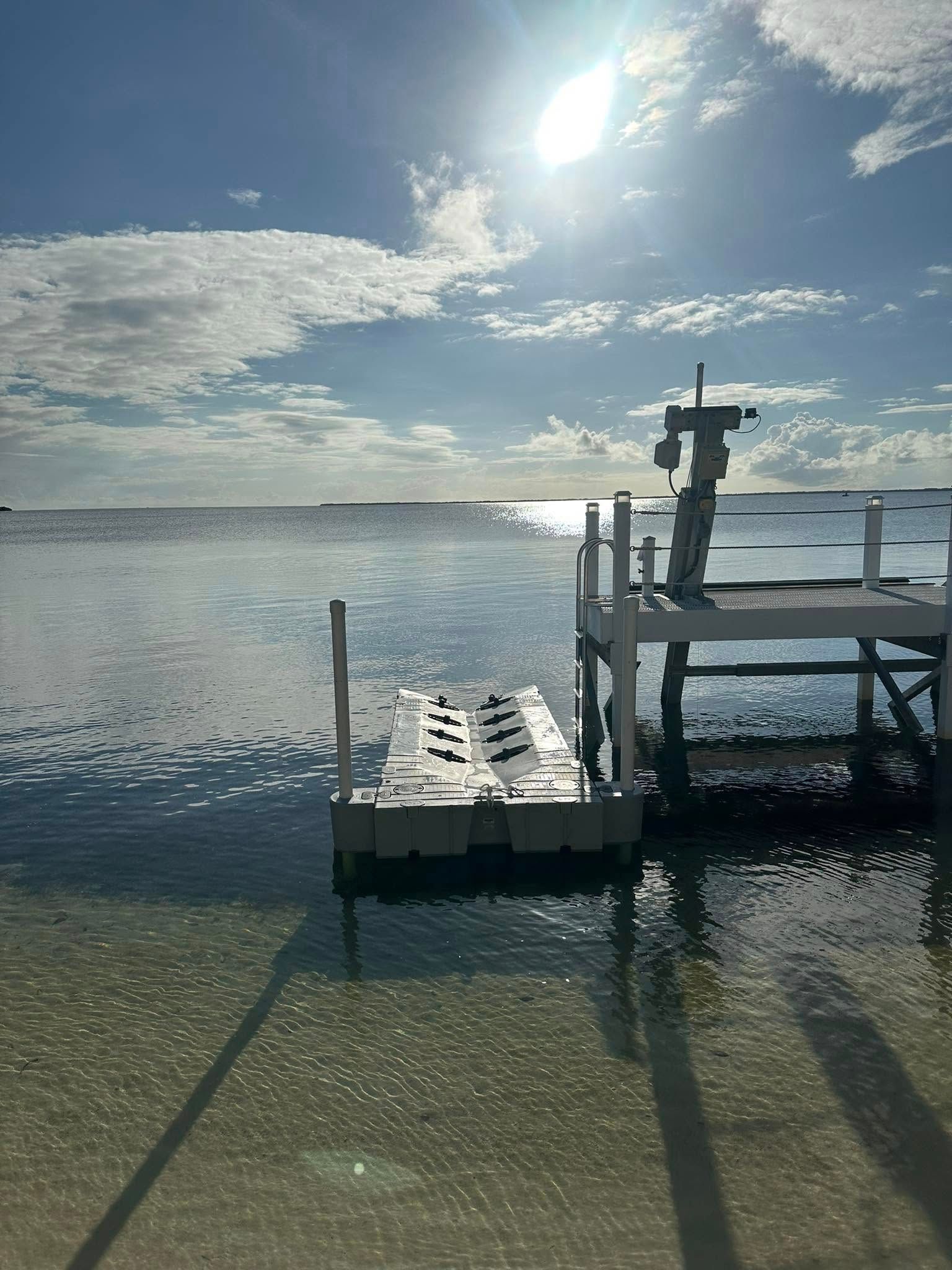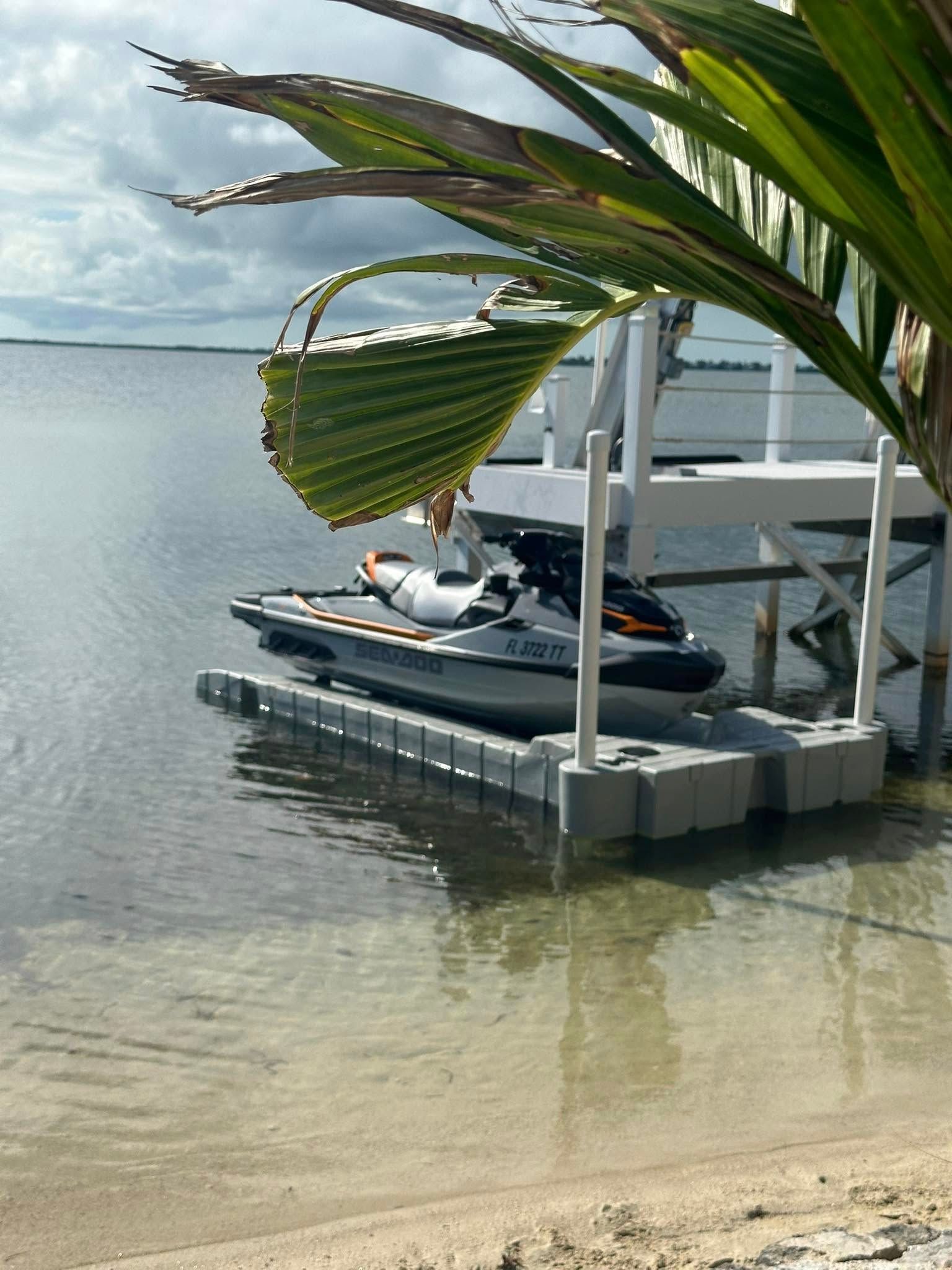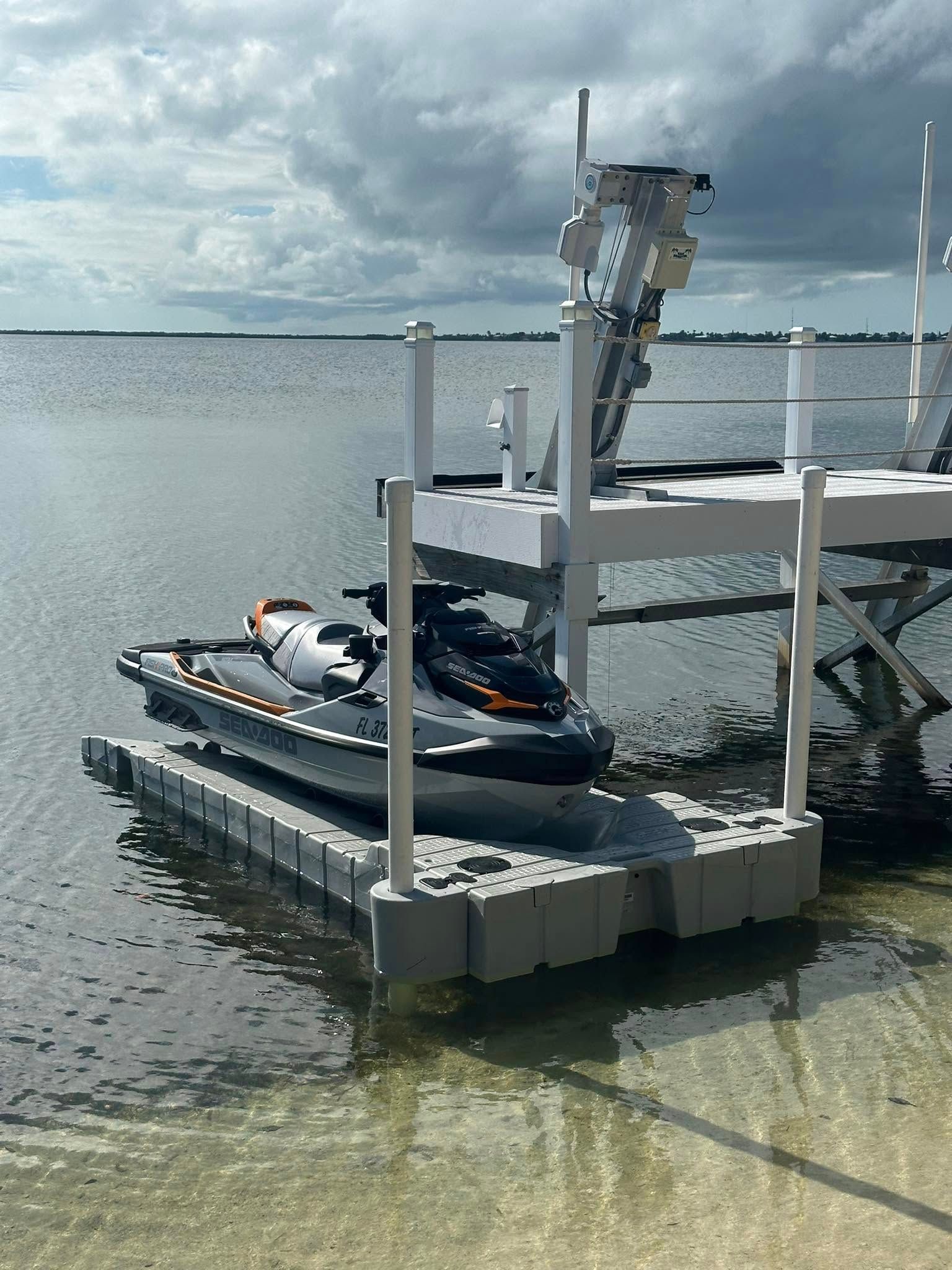PWC Ports
PWC Ports
Owning a Personal Watercraft (PWC) is a thrilling experience. The freedom of gliding across the water, the adrenaline rush of carving through waves – it’s a fantastic way to enjoy the outdoors. However, the hassle of launching and retrieving your PWC every time you want to use it can quickly dampen the excitement. That's where a PWC port comes into play, offering a convenient and efficient solution to elevate your waterfront experience.
Beyond the Ramp: The Advantages of a PWC Port
Forget backing your trailer down a slippery ramp and struggling to guide your PWC into the water. A PWC port provides a stable, dry platform, making launching and retrieving a breeze. Here's a breakdown of the key advantages:
- Effortless Launching and Retrieval: The design of a port allows you to simply drive your PWC onto the platform. Some models even feature rollers or integrated winches to further simplify the process.
- Protection from the Elements: By keeping your PWC out of the water when not in use, a port protects it from potential damage caused by waves, debris, and marine growth, extending its lifespan.
- Convenient Storage: A port provides a dedicated, secure parking spot for your PWC, freeing up valuable space on your property or in your garage.
- Improved Accessibility: Especially helpful for individuals with mobility limitations, a port allows for easier access to and from your PWC.
- Increased Safety: Stepping onto a stable, dry platform is significantly safer than wading into the water, reducing the risk of slips and falls.
- Enhanced Property Value: Installing a well-maintained port can add value and appeal to your waterfront property.
Get a Quote Now
Thank you for contacting us.
We will get back to you as soon as possible.
We will get back to you as soon as possible.
Oops, there was an error sending your message.
Please try again later.
Please try again later.
Types of PWC Ports: Choosing the Right Fit
The market offers a variety of PWC ports, catering to different needs and budgets. Here are some common types:
- Modular Ports: These docks are made up of interlocking modular sections, allowing you to customize the size and shape to fit your specific PWC and waterfront configuration. They are known for their versatility and adaptability.
- Drive-On Docks: Designed with a ramped surface, these docks allow you to simply drive your PWC on and off. They often feature rollers to assist with the process, making them extremely user-friendly.
- Floating Platforms: These are often rectangular platforms with no specific features. They are straightforward, providing a simple and economical solution for lifting your PWC out of the water.
Installation and Maintenance: Key Considerations
Installing a PWC port is generally a straightforward process, although it's recommended to consult with a professional if you're unsure. Key considerations include:
- Local Regulations: Check with your local authorities to ensure you comply with all relevant permits and regulations regarding waterfront structures.
- Water Depth and Conditions: Consider the water depth, tidal range, and prevailing wind and wave conditions at your site.
- Dock Anchoring: Proper anchoring is crucial to keep your dock secure. Options include pile driving, cable anchoring, and anchoring to existing structures.
- Maintenance: Regularly inspect your dock for any signs of damage and keep it clean to prevent algae growth and maintain its appearance.
Investing in Convenience and Peace of Mind
A PWC port is more than just a convenience; it's an investment in the longevity of your PWC and the enjoyment of your waterfront property. By simplifying launching and retrieval, protecting your investment from the elements, and enhancing safety and accessibility, a port can transform your PWC experience from a chore into a true pleasure. So ditch the ramp and embrace the ease and convenience of a PWC port – you'll be glad you did.

